Running season has officially arrived—and a brand new obé program to go with it. Whether you’ve always wanted to run more, are ready for more outdoor workouts, or are a seasoned runner looking to boost your pace, Run 5K is made for you.
Designed in tandem with expert John Honerkamp, a former pro runner and a current lead coach at New York Road Runners, this progressive program guides you through 8 weeks of runs and complementary strength-training classes. It’s obé’s first-ever hybrid program (with audio and video classes), making it a perfect fit for those who love variety.
So why run a 5K? If you’re brand new (or newer) to running, this distance (~3.1 miles) is the perfect first challenge to train towards—and a rite of passage for runners of all levels. For the more seasoned runner, the 5K is a great benchmark to take your skills to the next level. (Don’t believe us? This Runner’s World article gives ten reasons why the 5K always hits the spot.)
To set you up for success, we turned to Senior Manager of Programming and obé Run instructor Melody D. Here, she explains the nuts and bolts of the program, the benefits, plus why it’s essential to include strength training in your run routine.
What to Expect in the Run 5K Program
This training program has two key components: progressive runs and progressive strength-training classes that work together to build you up to your 5K. You’ll have five classes per week—three Audio Runs and two Strength workouts—with two built-in rest days.
Run 5K begins with a benchmark run to gauge where you’re at, then builds up towards a “midterm” run in the first 4-week phase and the 5K race pace in the second 4-week phase. Expect little benchmarks and checkpoints throughout, which break down the training into micro-goals that are easier (and more fun!) to accomplish.
THE RUNS
Like most runs on obé, these classes are designed for time versus distance. That means you’ll run as far as you can (at your pace!) in the time allotted, tuning in to your Perceived Rate of Excursion and cues from the instructor. Using PRE—a scale from 0 to 10 which measures how hard your body is working—makes the program accessible for all levels since it’s subjective to your skill level.
Each week, you’ll have three runs, which you can take on a treadmill, track, or in the great outdoors. Your first run of the week will be shorter with a 5/10 PRE rating so you can thrive in that mid-aerobic zone. The mid-week run will be a “quality run,” meaning you’re going to push yourself more—either by playing with intervals, amping the pace, or going for a longer distance. “This is where the work happens,” Melody says. Finally, you’ll shoot for a longer run (read: long ≠ hard) at the end of the week to improve your endurance.
THE STRENGTH CLASSES
You’ll have a video-guided Strength class after your first and second runs. These will be full-body, beginner-friendly sessions that start as bodyweight-only workouts, then progress to include weights if you’re experienced with strength training and ready for the extra challenge.
From a strength POV, the program is broken up into four “quarters,” aka 2-week phases. During each phase, the format of the Strength classes will repeat—giving you one week to learn the moves and one week to perfect them. After you level up to the next phase, you’ll have brand-new sequences to tackle!
A note: Don’t expect the same format you’d see in Simply Strong or BodyComp, which both focus on progressive overload. “These strength sessions were designed specifically with runners in mind,” explains Melody.
Why You Should Run and Strength Train
“I know many runners probably haven’t incorporated resistance training before,” says Melody. “But strength classes are supplementary and complementary to running! They’re not the prime focus of training in this program, but they facilitate and improve your pace in those runs without depleting you.”
If you’re wondering about other benefits of cross-training, like injury prevention, strength maintenance, and performance enhancement, read this. Because running is such a high-impact activity, building up muscular strength and stability is crucial to minimize the shock on your joints.
In the Run 5K program, “you’ll find a special focus on movement patterns that either mimic the mechanics of running or strength-train the opposing muscle groups, like quadriceps and hamstrings,” explains Melody. You’ll get stronger all over, but most importantly, you’ll improve leg, core, and back strength, the key ingredients to assisting proper posture as you run.
And don’t sweat—you won’t need to lift super heavy weights to tap into the benefits. “The strength sessions won’t leave you feeling depleted or so sore that you can’t do your next run.”
The Benefits of the Run 5K Program
There’s no question about whether running is an exercise that works. No matter your fitness level, you’ll feel your heart pump, your lungs work in overtime, and (usually) end up drenched in some amount of sweat.
The benefits for the body and mind are plenty. Running soothes stress, improves cardiovascular health, increases muscular density and bone strength, boosts markers of good health, and aids mood (to name a few).
This program takes all those benefits and magnifies them by bringing strength training into the mix—which improves your body composition, lowers the risk of chronic health conditions, and more. After 8 weeks, you’ll improve your overall race pace, gain confidence as a runner, and improve your technique. Not to mention, all that strength work will teach you how to train to prevent injuries so you can scale up to a longer race more efficiently (looking at you, 10K’s, half-marathons, and marathons).
How to Structure Your Workout Routine
“If the 5K is truly your goal, I recommend only sticking to this program, barring any supplementary obé Express workouts,” Melody recommends. “If you want to throw in some 10-minute Core, Stretch, Restorative Yoga, or Pilates classes, go for it! But because the program is strategically designed with the strength classes supplementing the runs, your body will be pretty tired.”
In other words: Everything you need is already built in! Use rest days to truly recover with passive recovery, stretching, or something more active like a light Yoga class or easy walk.
And FYI, if you’re a huge cardio lover, Melody cautions against adding other high-impact cardio classes like HIIT to your regimen. If you must indulge, she recommends going for a low-impact option, like a Bounce rebounding workout or Express Ride class.
A Tip for Advanced Runners
There are a few ways to navigate this program that can benefit your goals in a big way. If you have a solid running base, have run a 5K before, or are a long-term runner, you could start at the halfway mark with the midterm run and progress from there, suggests Melody.
One note: “If you’re a runner who has never strength trained before, you might still want to go for the full 8 weeks because that’s going to benefit you in so many more ways than merely improving your pace,” she explains. Shorter interval work like this is also more effective for building overall fitness, boosting your endurance, strength, speed, and power—all at once. Plus, you prevent overuse injury while still getting what you crave most: the runs themselves!
“I love that Run 5K brings together the worlds of running and traditional strength training into one progressive program,” says Melody. “It’s here to help you enhance the sport you love so much. Speaking as a runner who did not strength train for a really long time, I hope it will help other runners the same way that discovering strength training helped me.”
You may also like
- Exercise for Women vs. Men: A Guide to Unique Gender Differences in Fitness
 We’ve all seen the videos. Endearing scenes of boyfriends or… Read more: Exercise for Women vs. Men: A Guide to Unique Gender Differences in Fitness
We’ve all seen the videos. Endearing scenes of boyfriends or… Read more: Exercise for Women vs. Men: A Guide to Unique Gender Differences in Fitness - What’s the Best Exercise for Hormones? You May Be Surprised
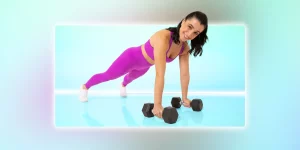 Ugh, hormones. When they’re balanced and doing their thing, our… Read more: What’s the Best Exercise for Hormones? You May Be Surprised
Ugh, hormones. When they’re balanced and doing their thing, our… Read more: What’s the Best Exercise for Hormones? You May Be Surprised - No, You Can’t Tone Muscles—the Surprising Myth, Revealed
 How many of us secretly (or not so secretly!) wish… Read more: No, You Can’t Tone Muscles—the Surprising Myth, Revealed
How many of us secretly (or not so secretly!) wish… Read more: No, You Can’t Tone Muscles—the Surprising Myth, Revealed





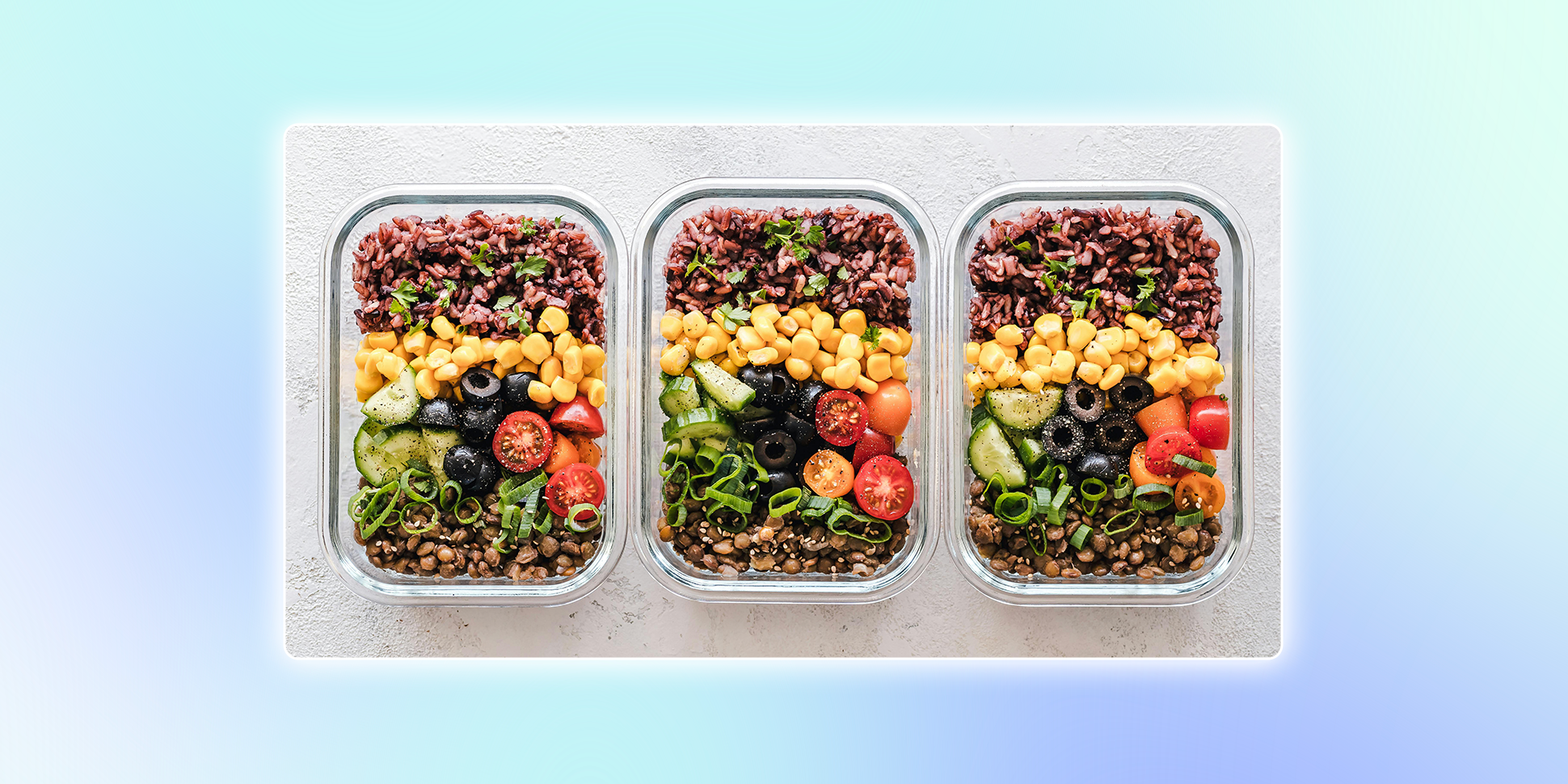
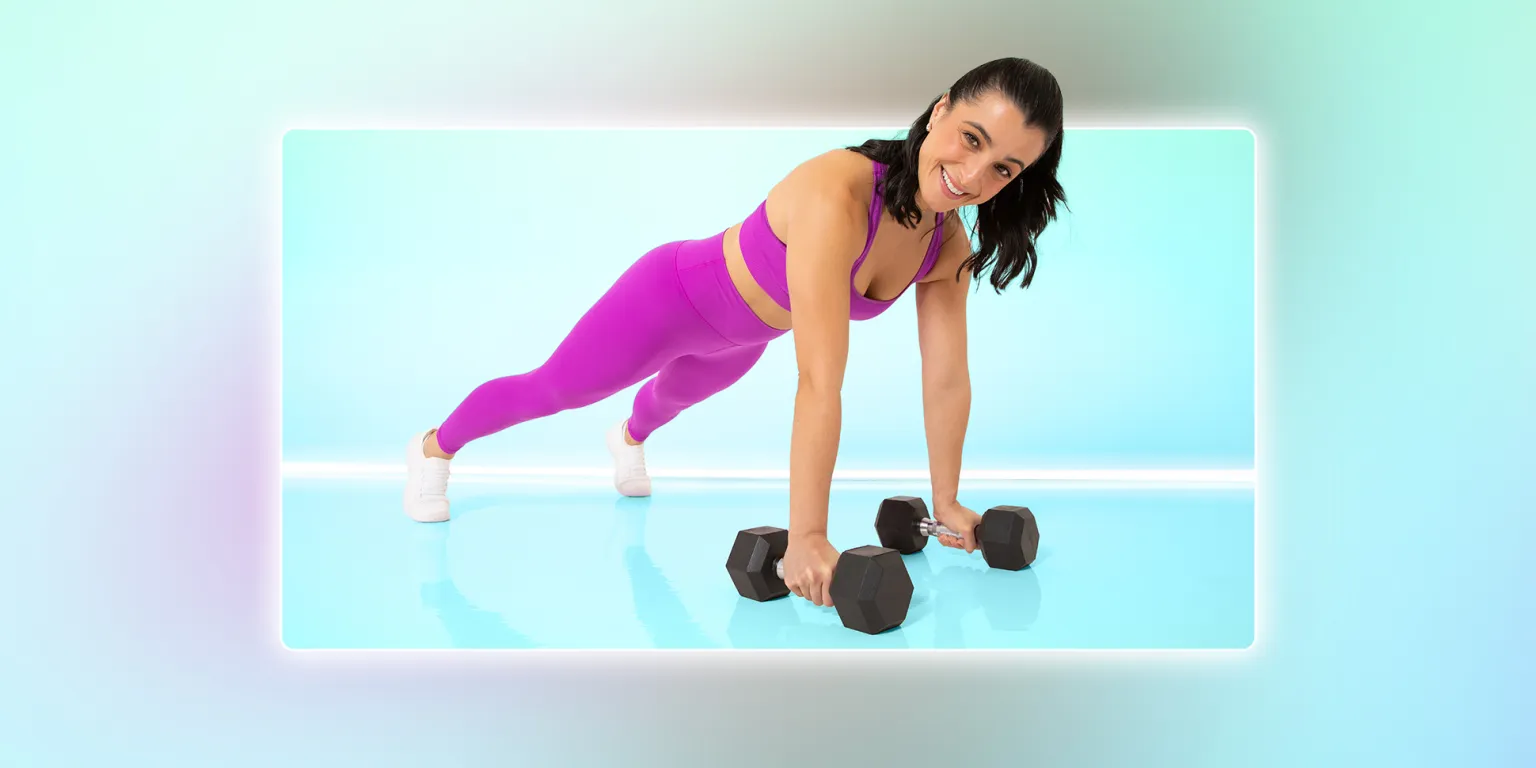

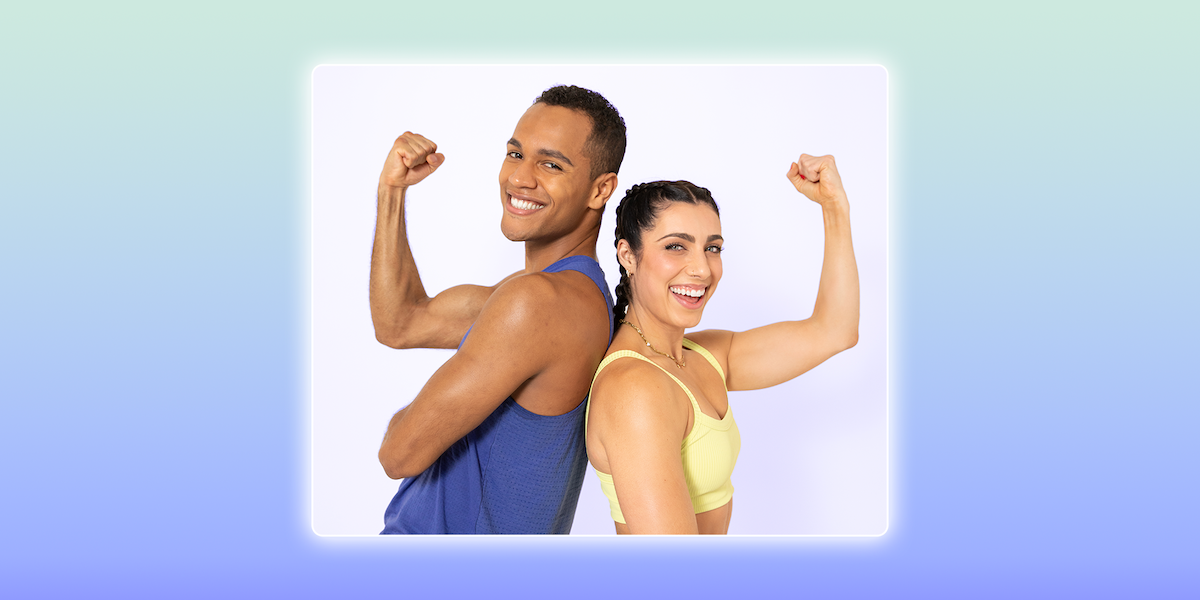
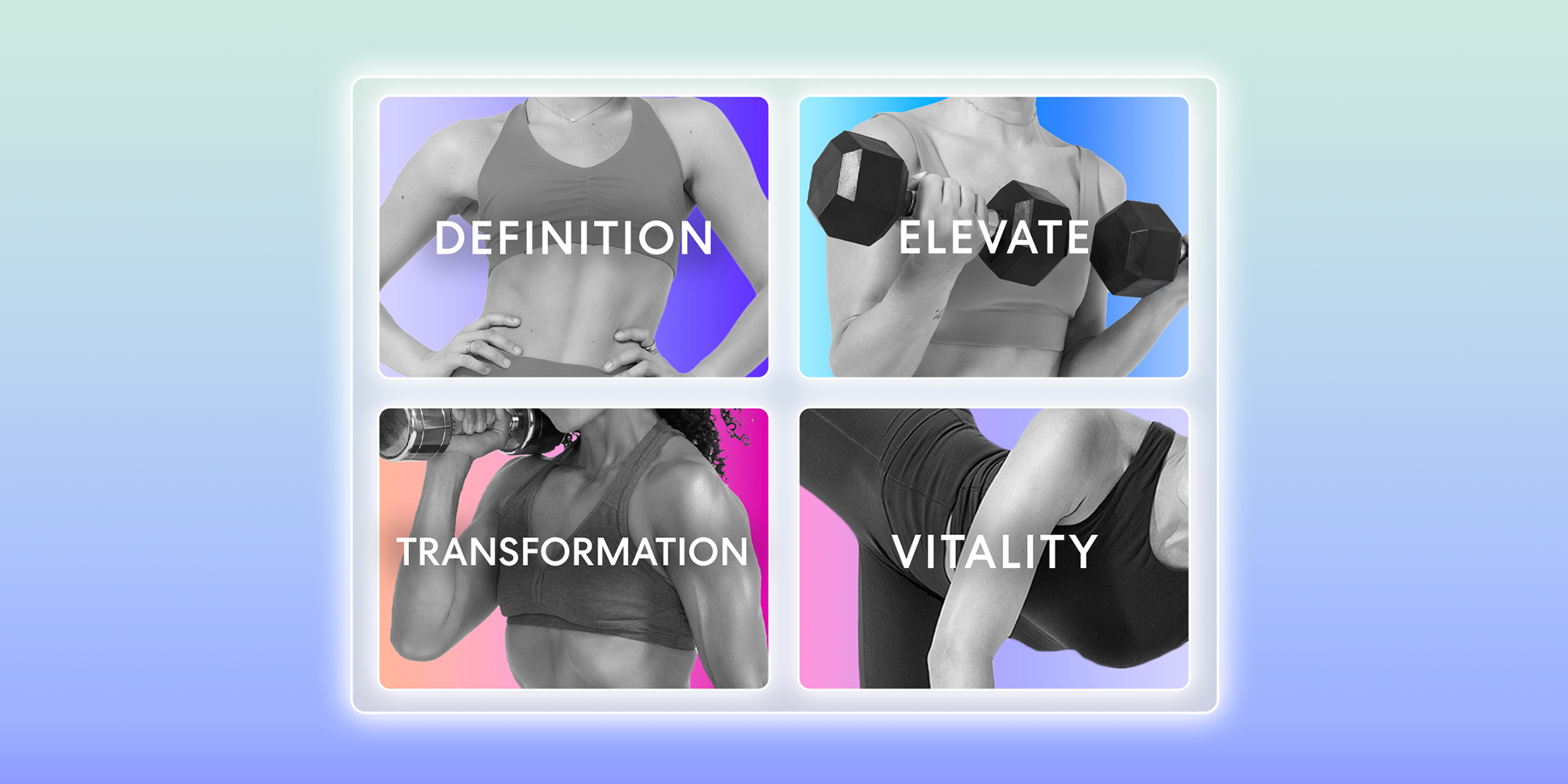
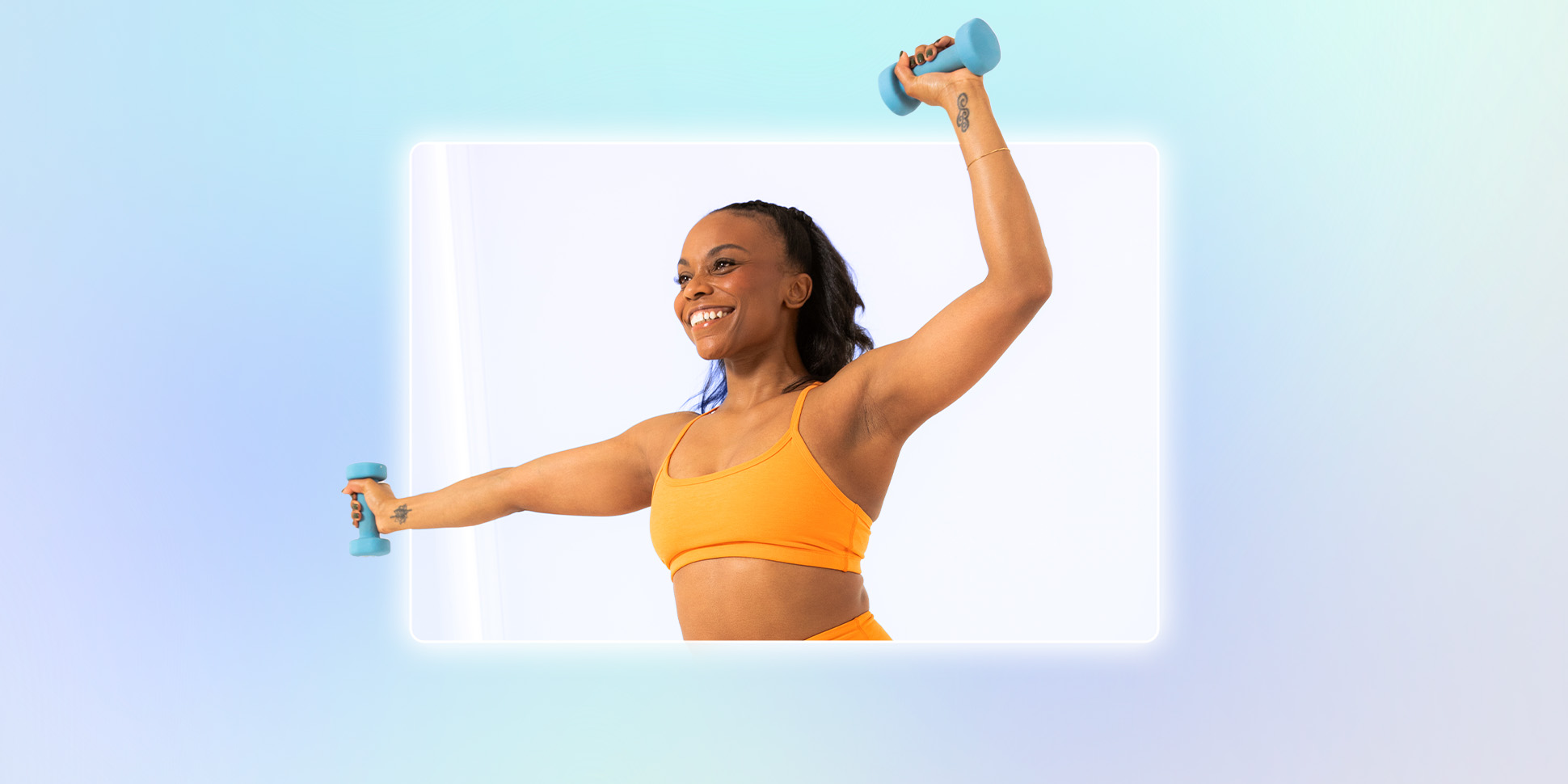




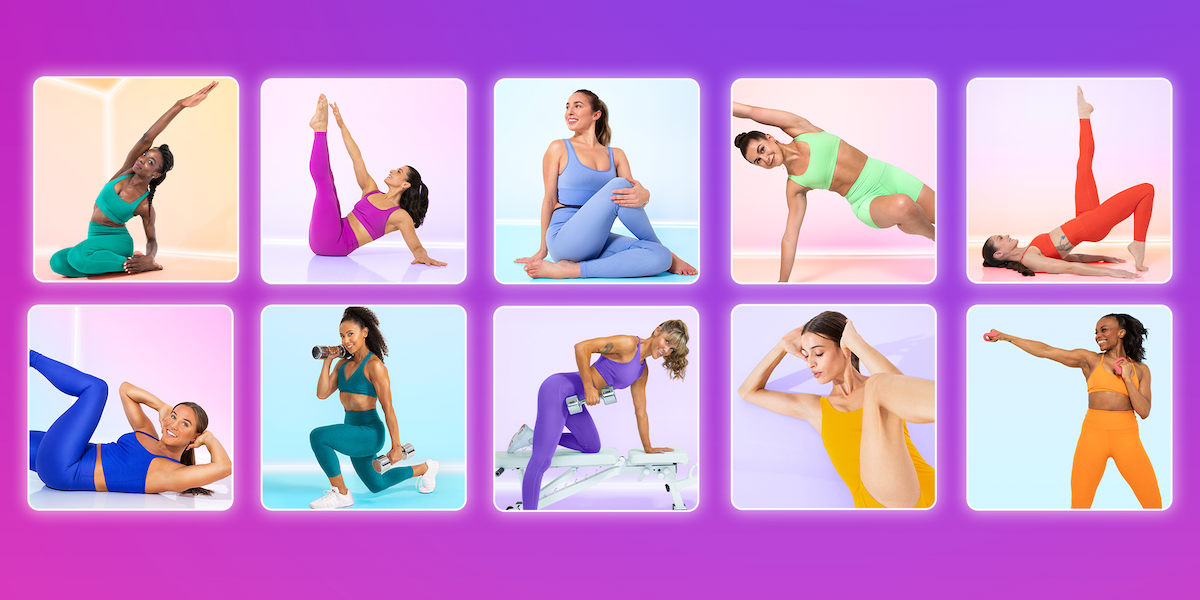


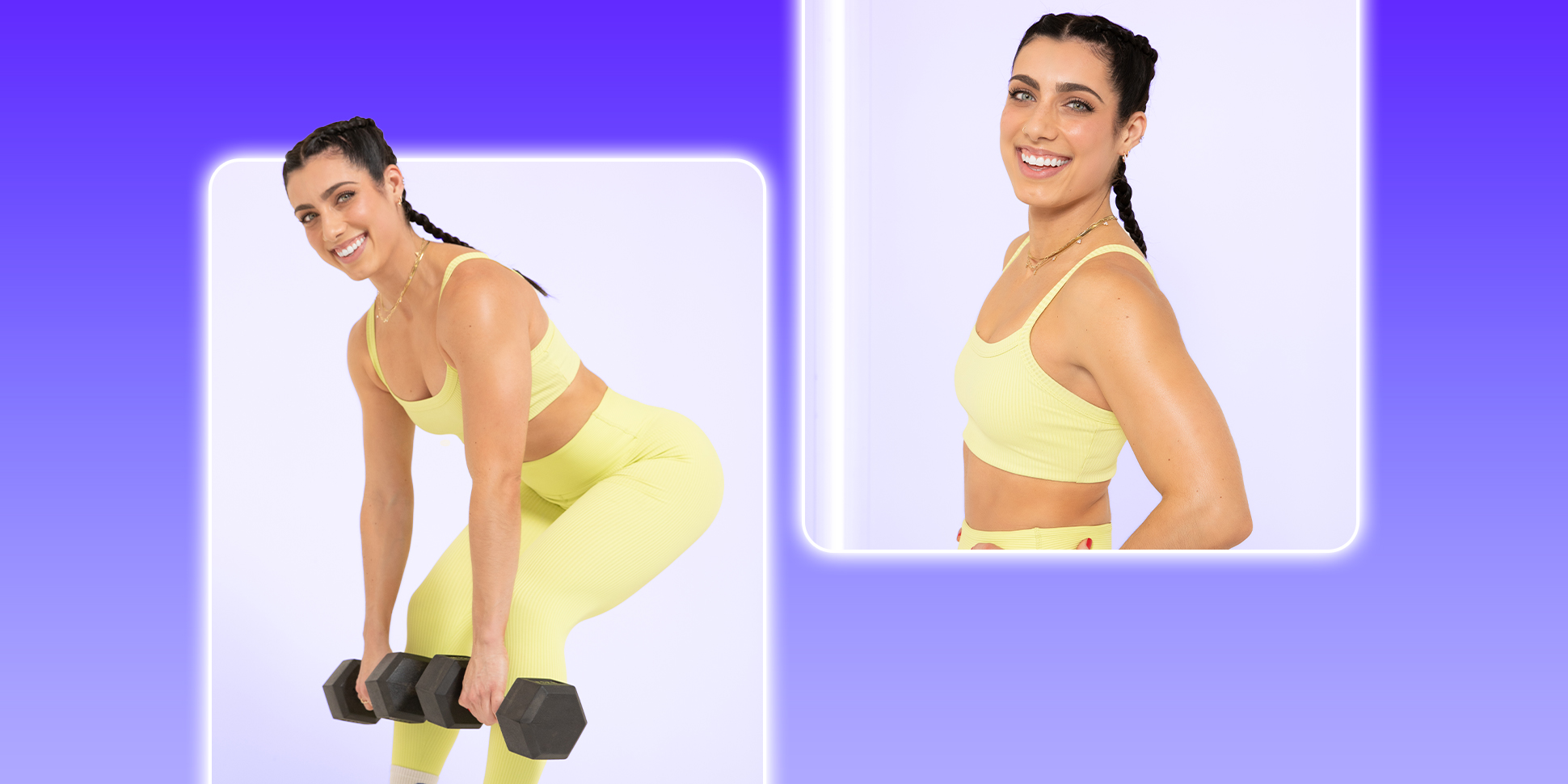
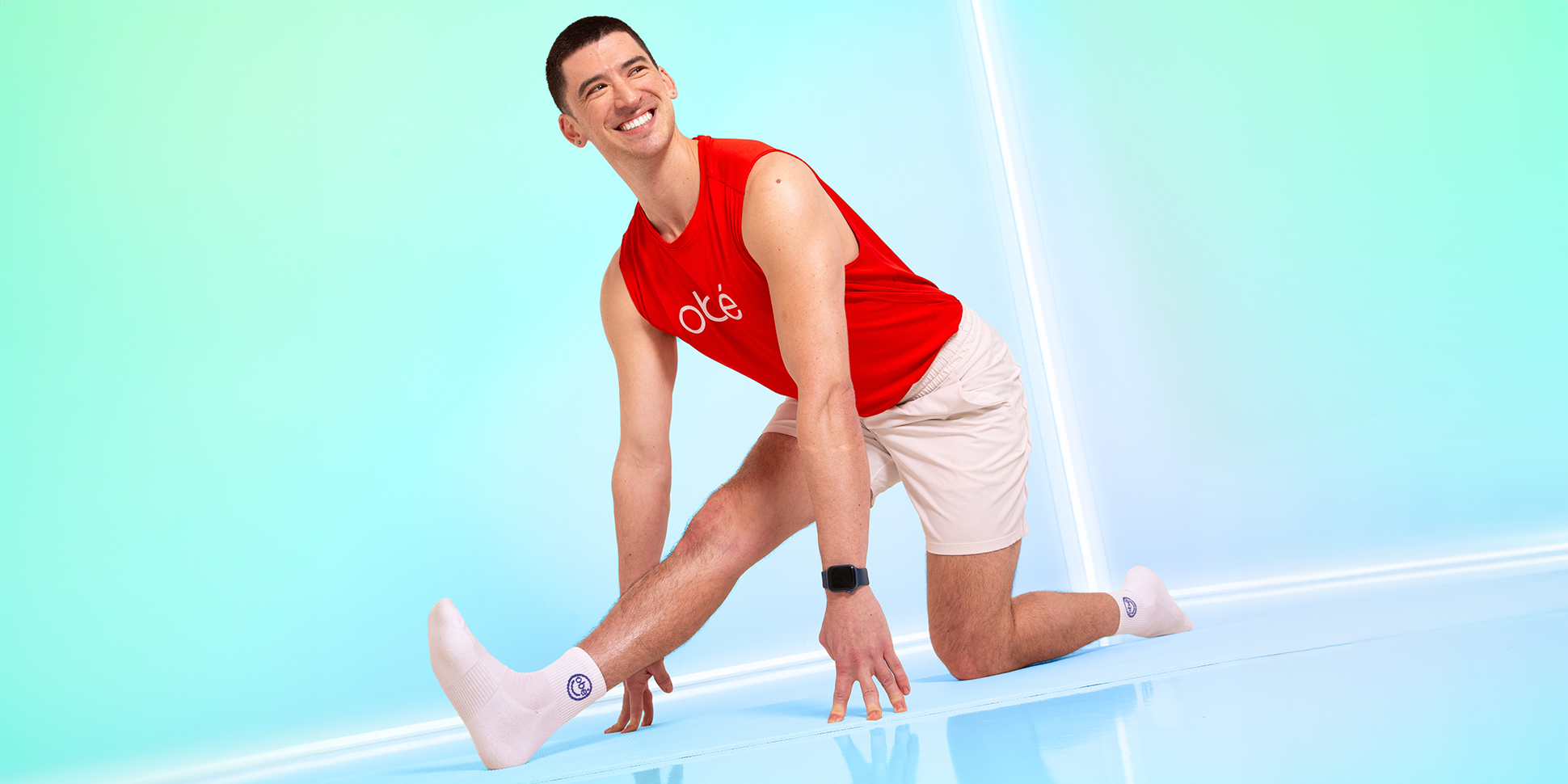

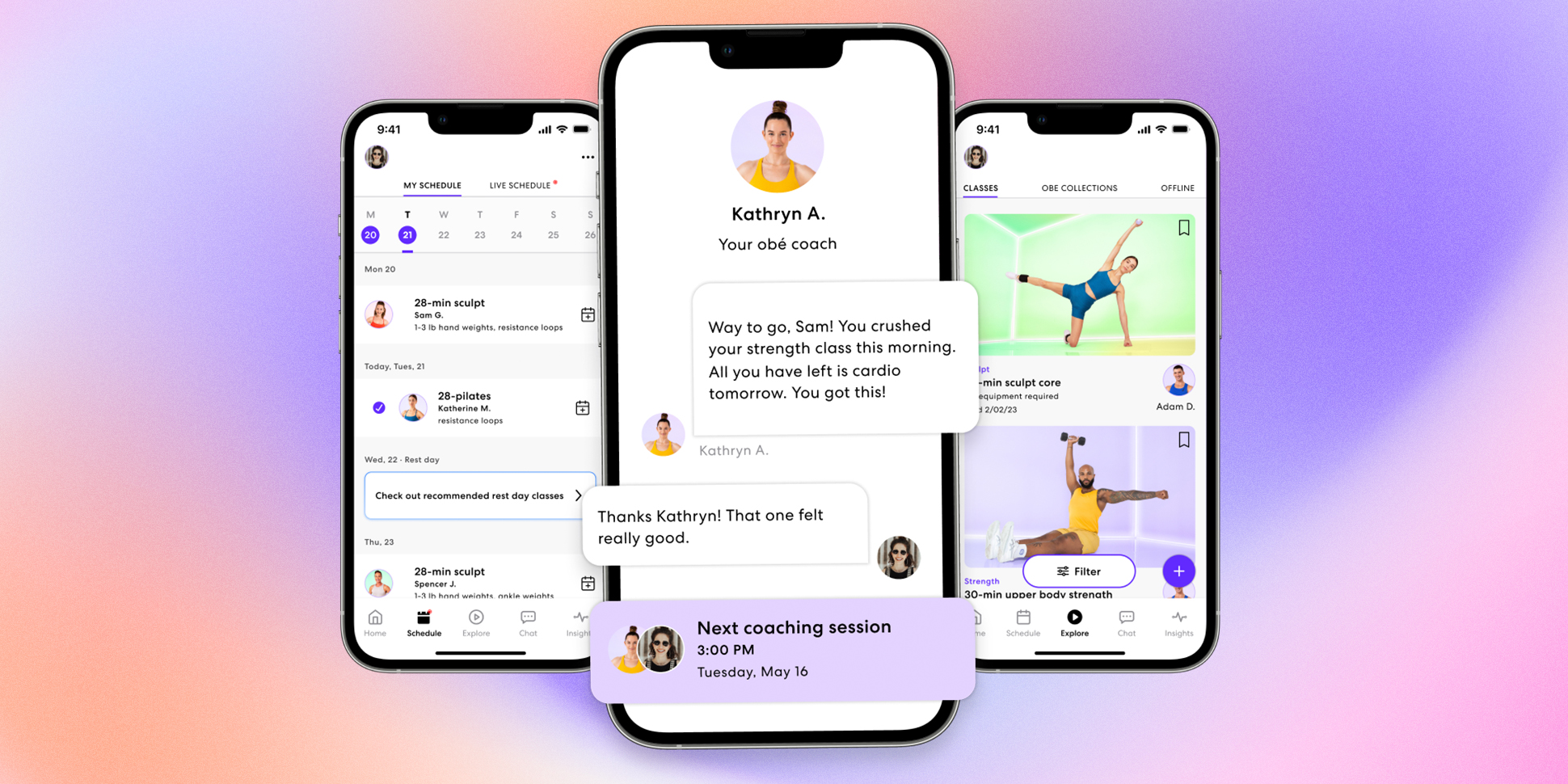









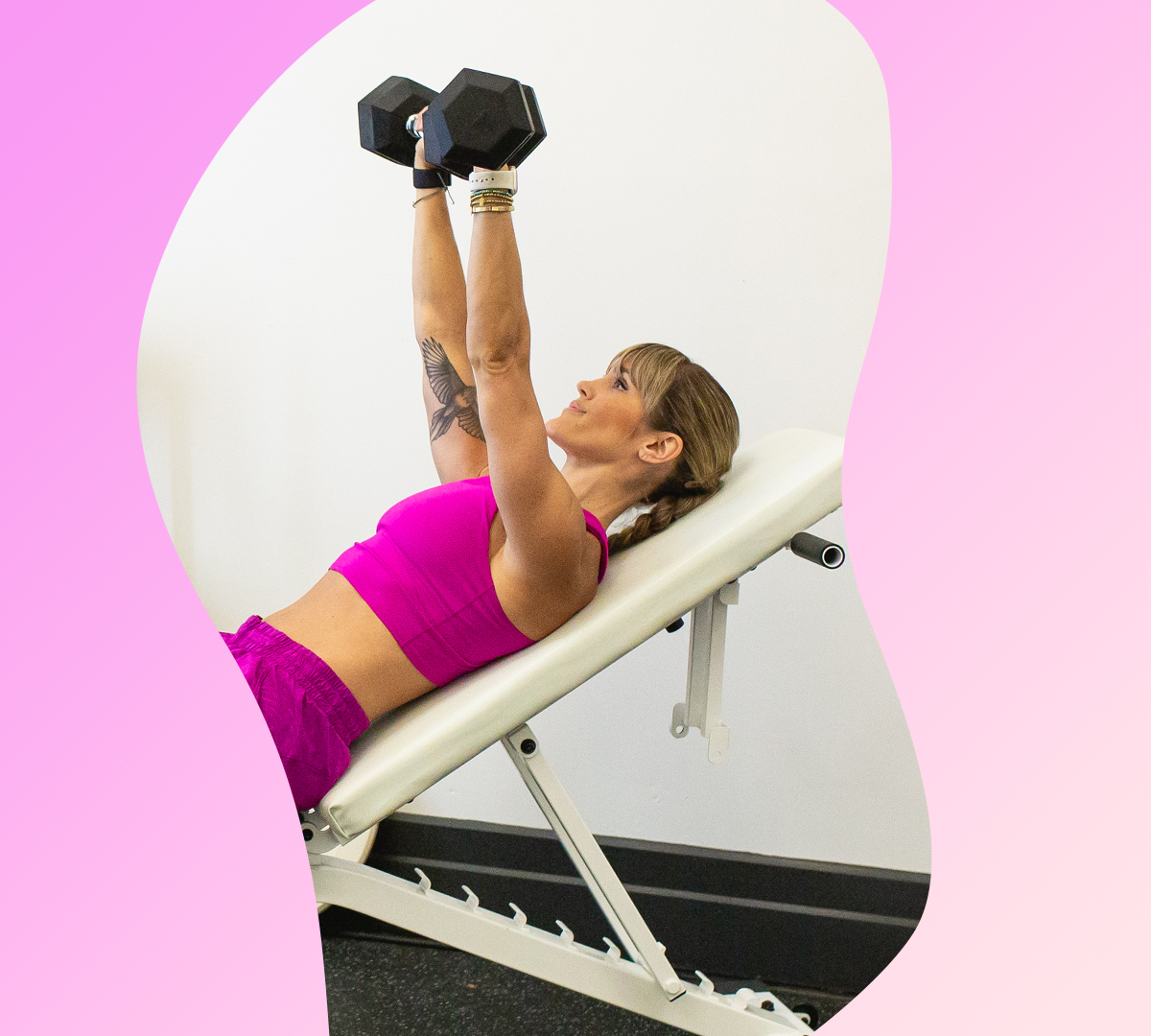
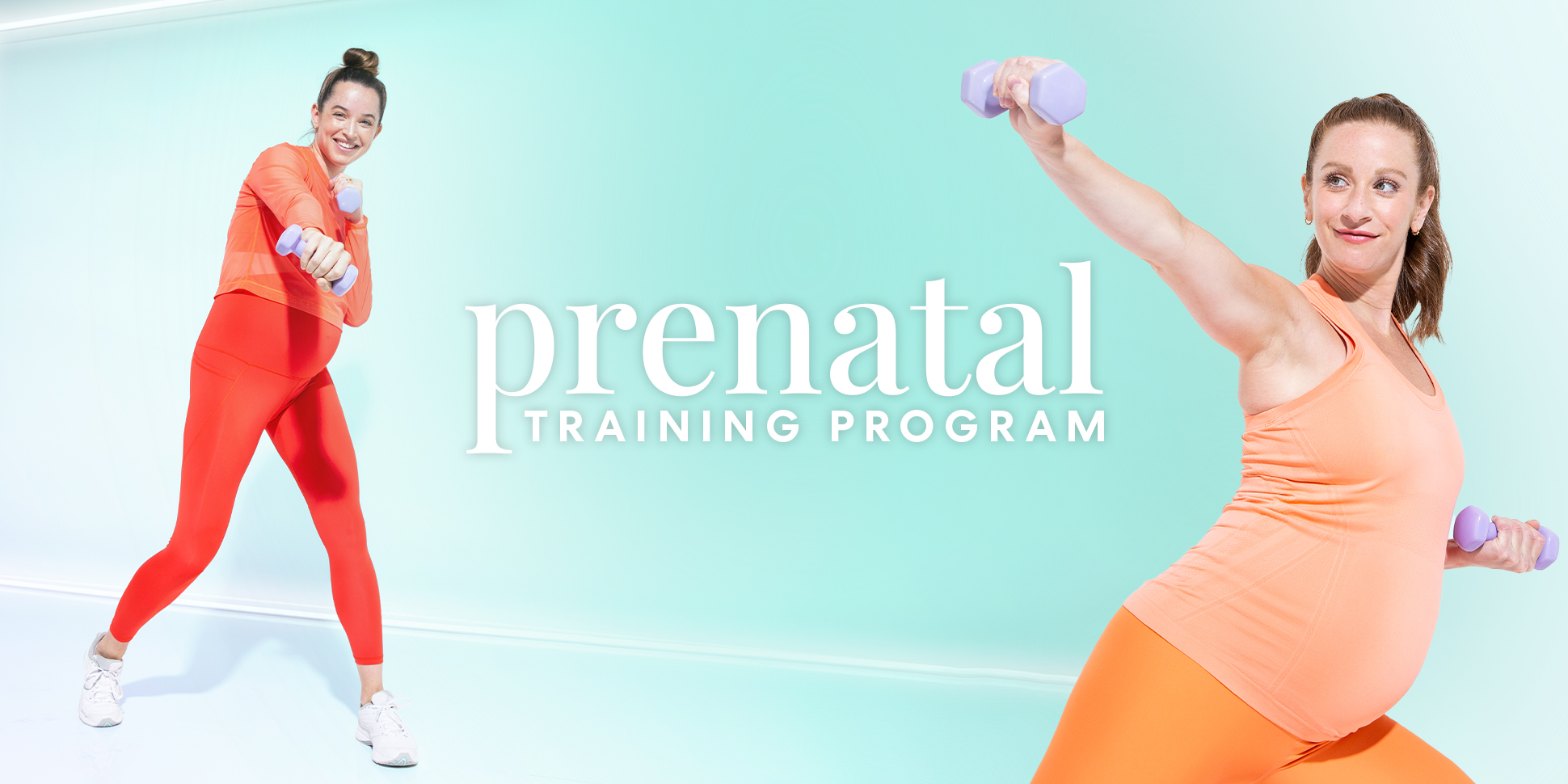


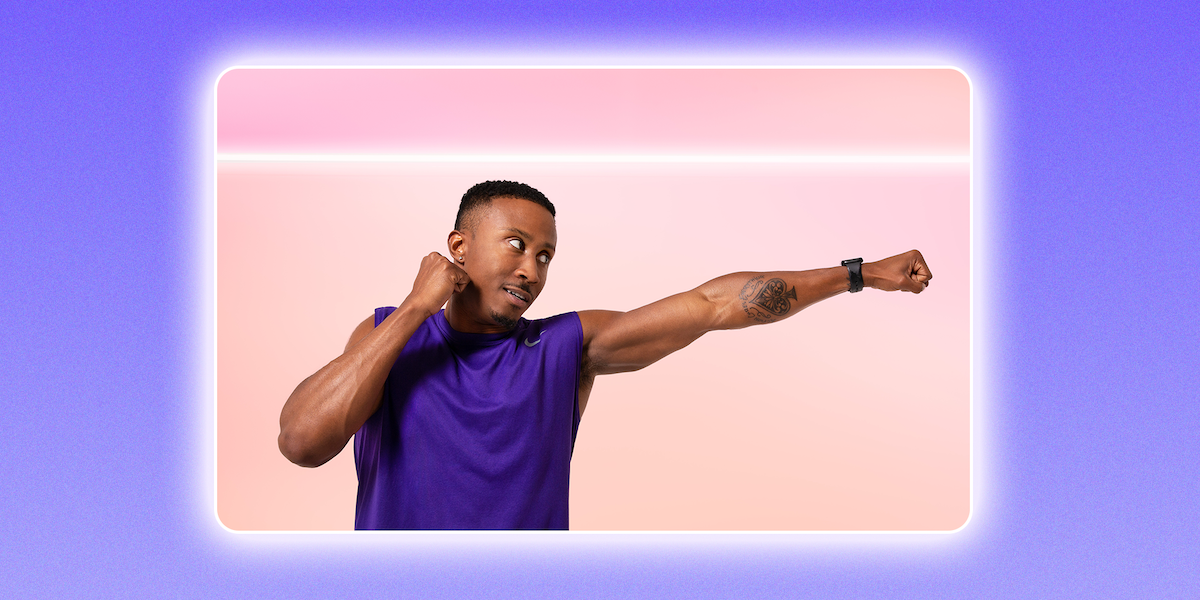
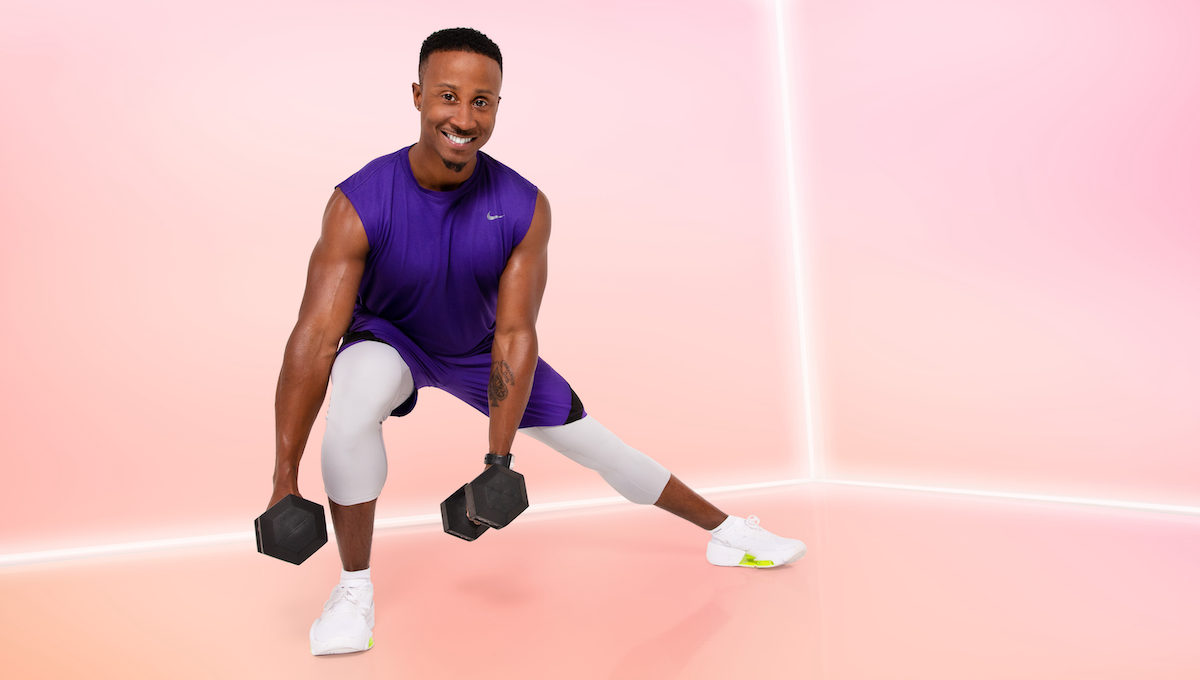

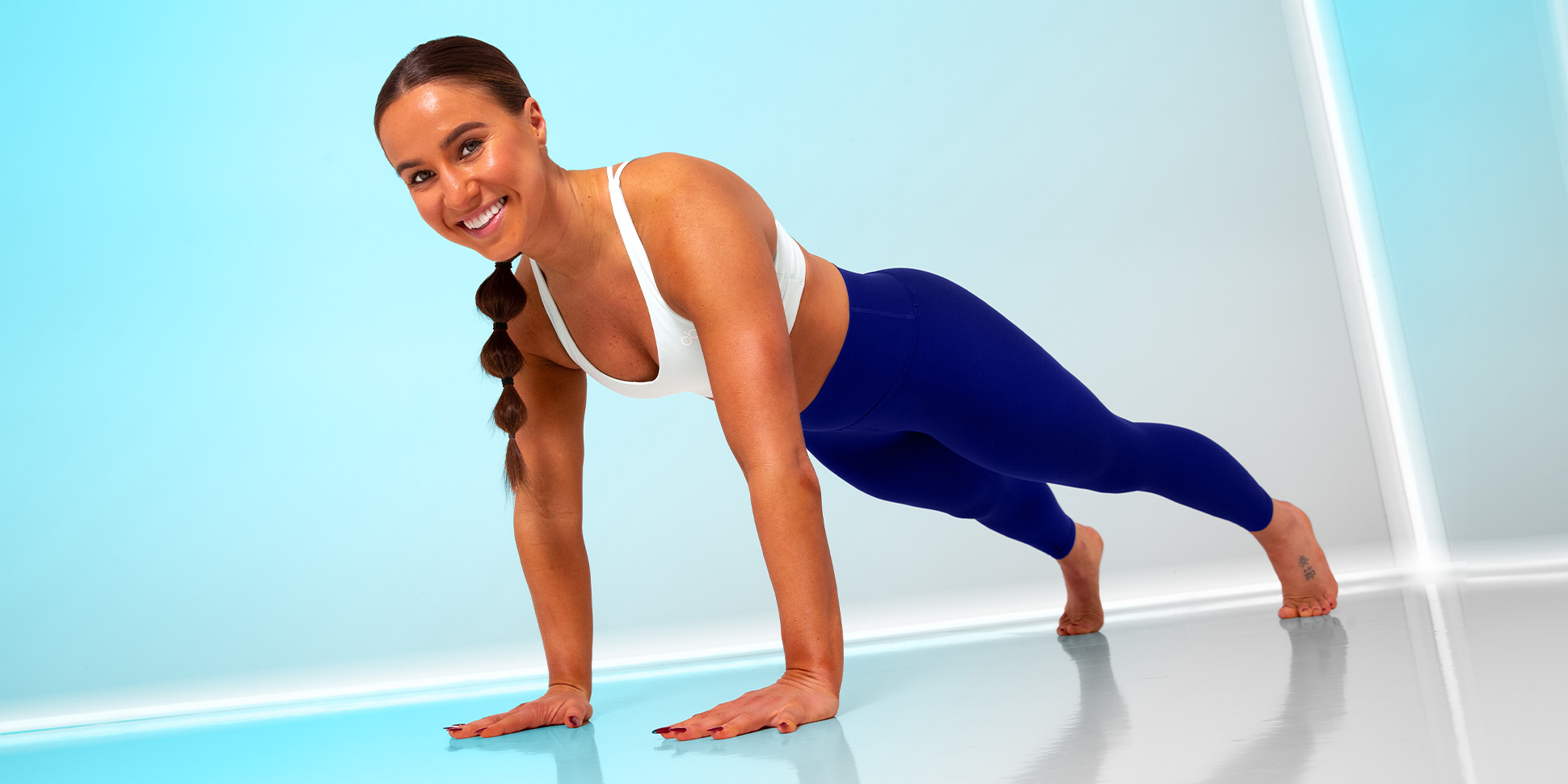
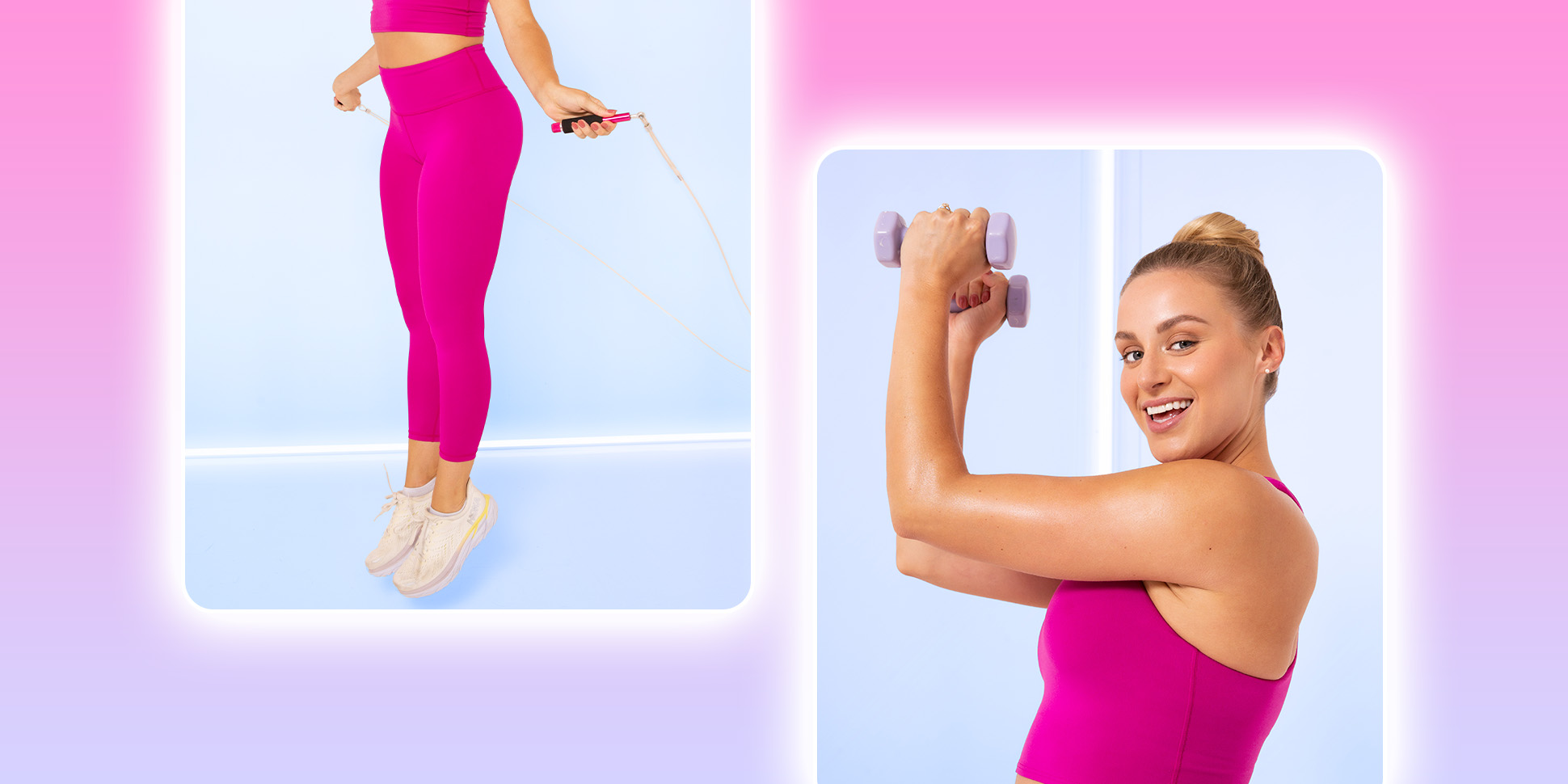

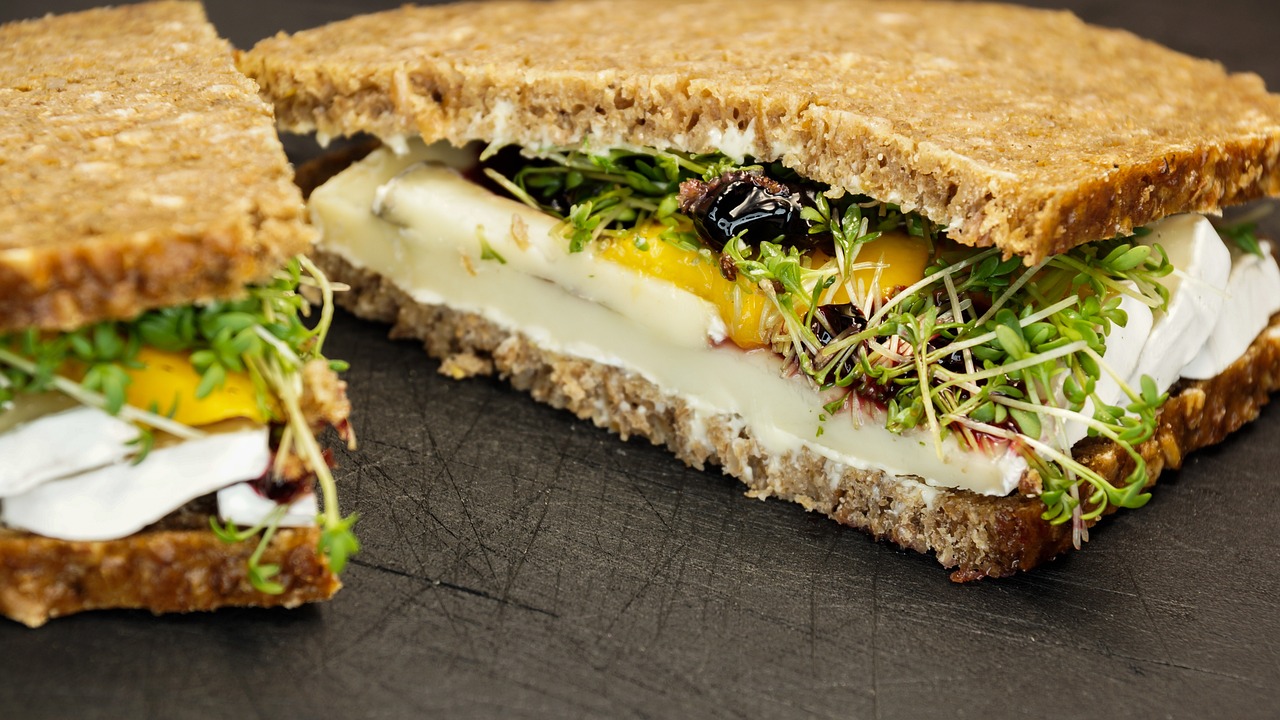
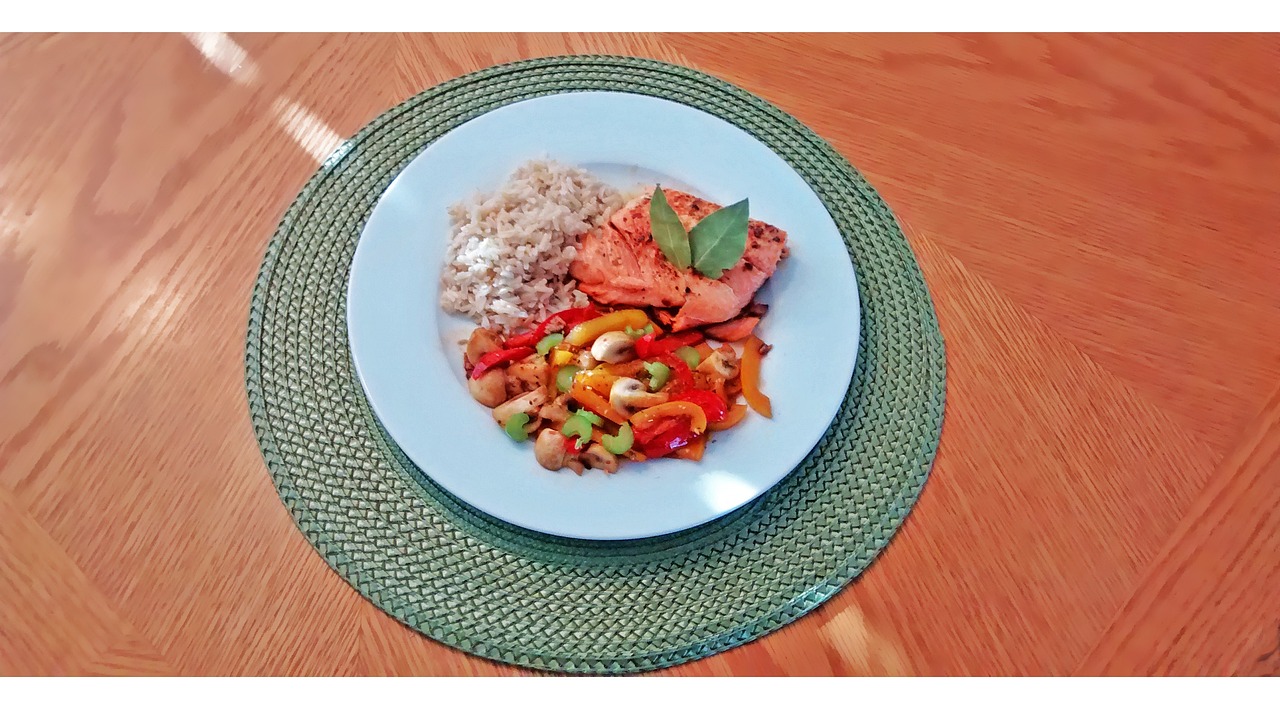


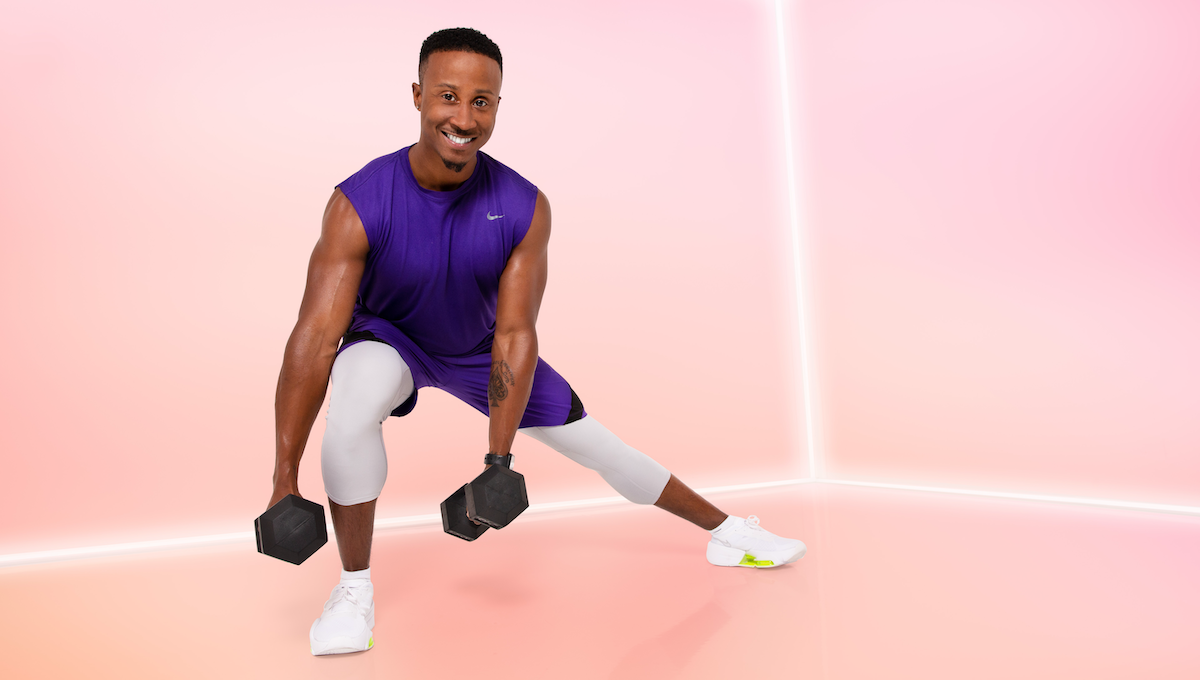

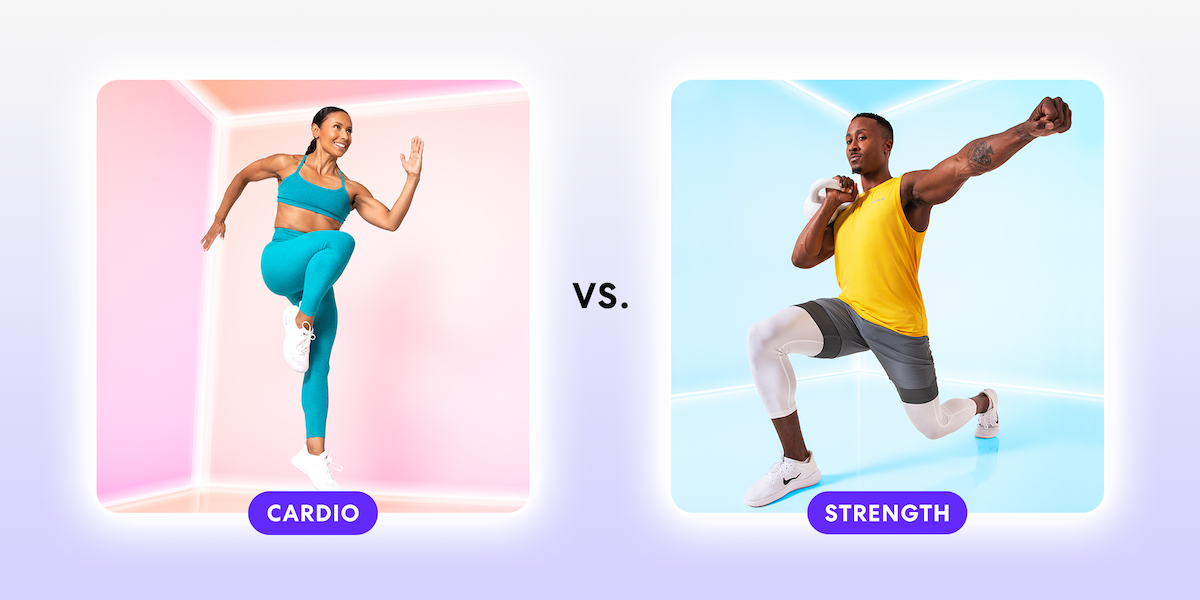
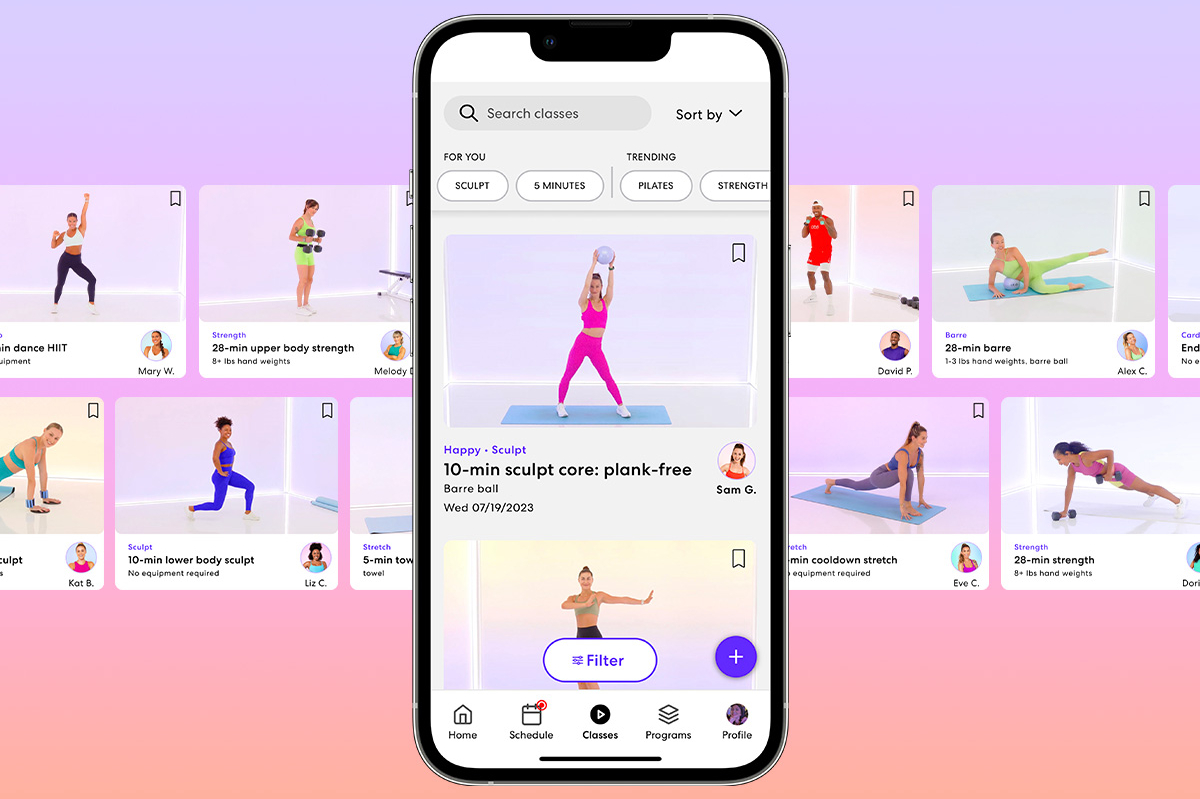

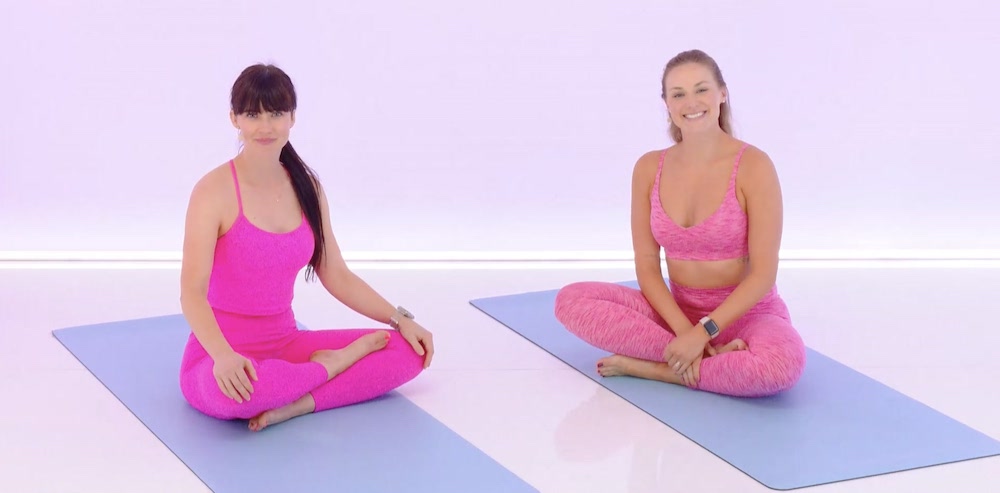


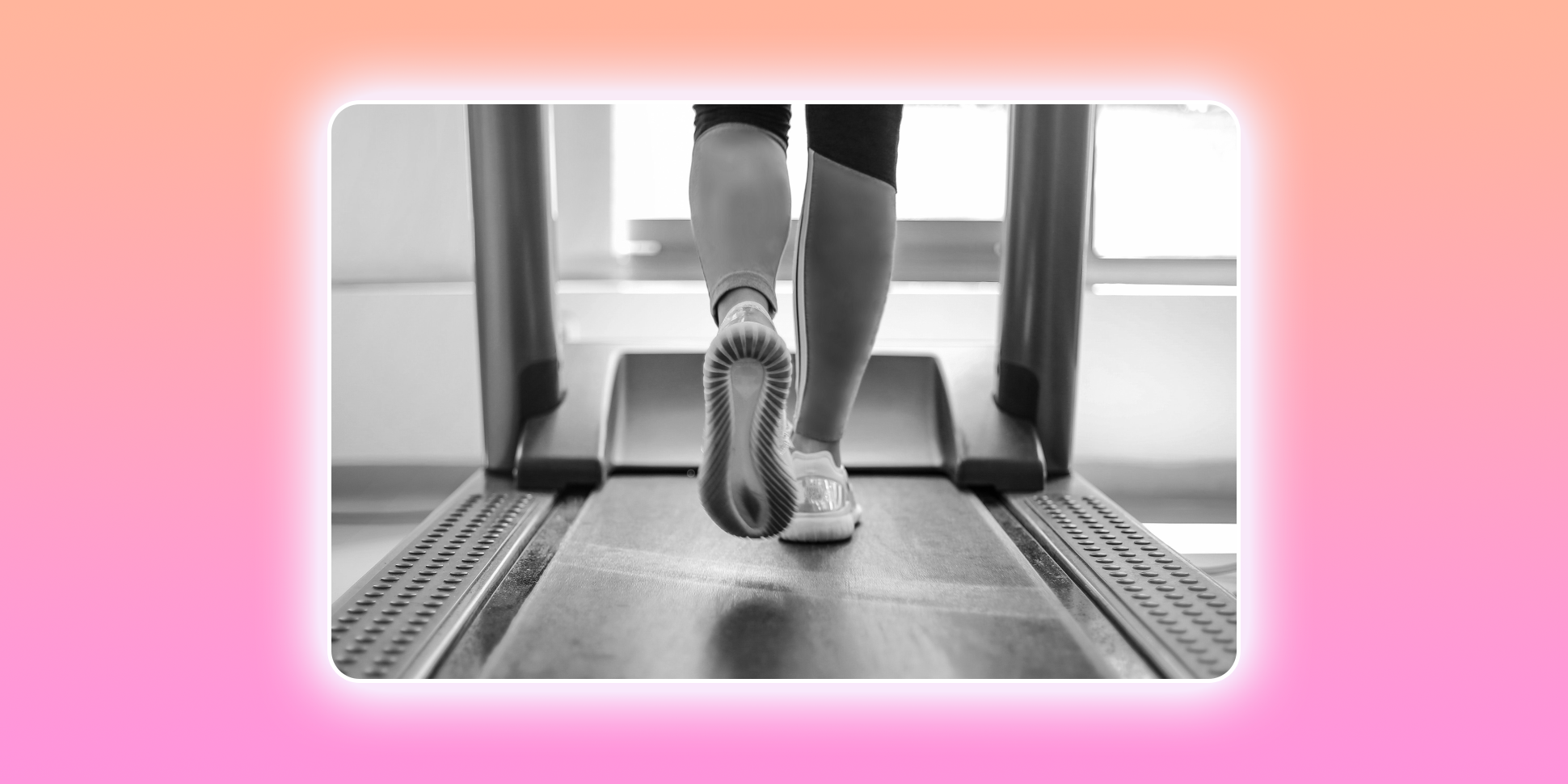
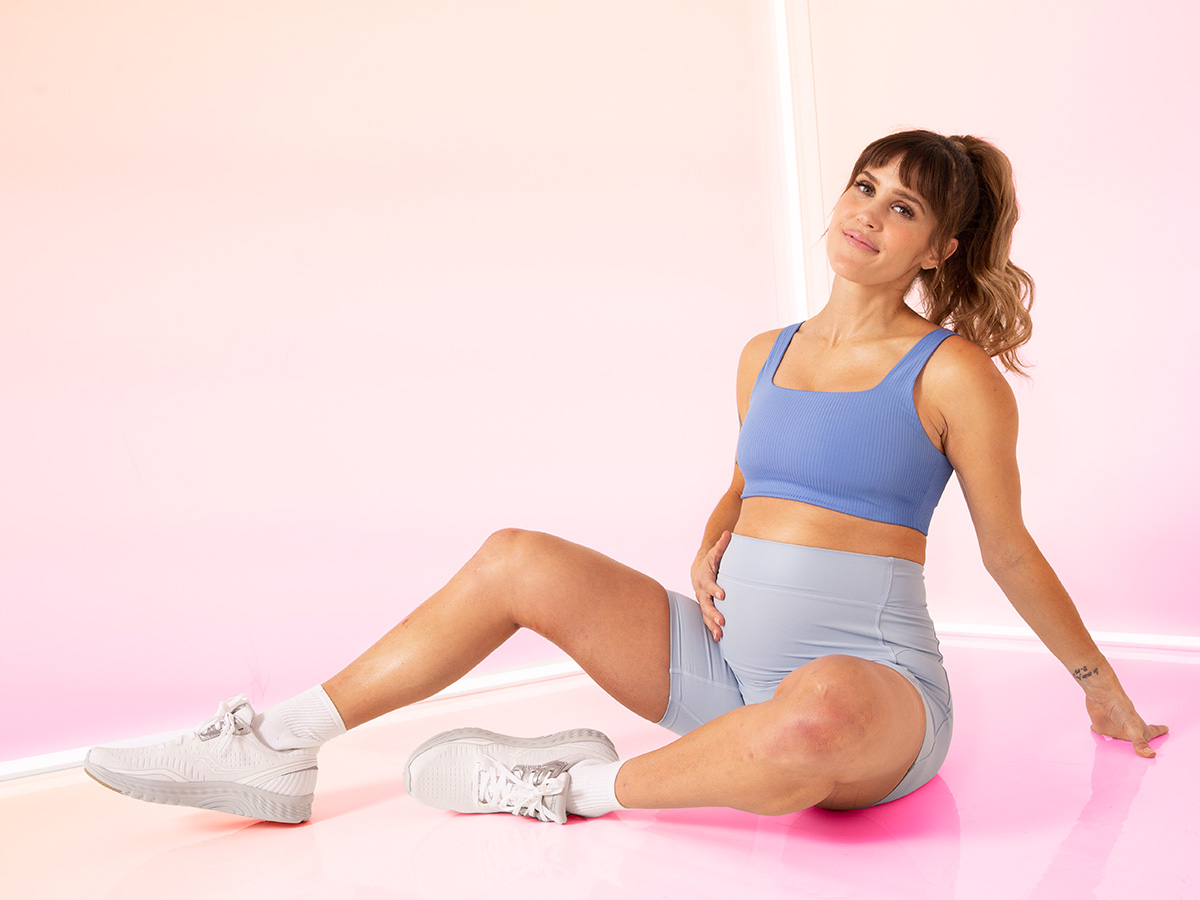

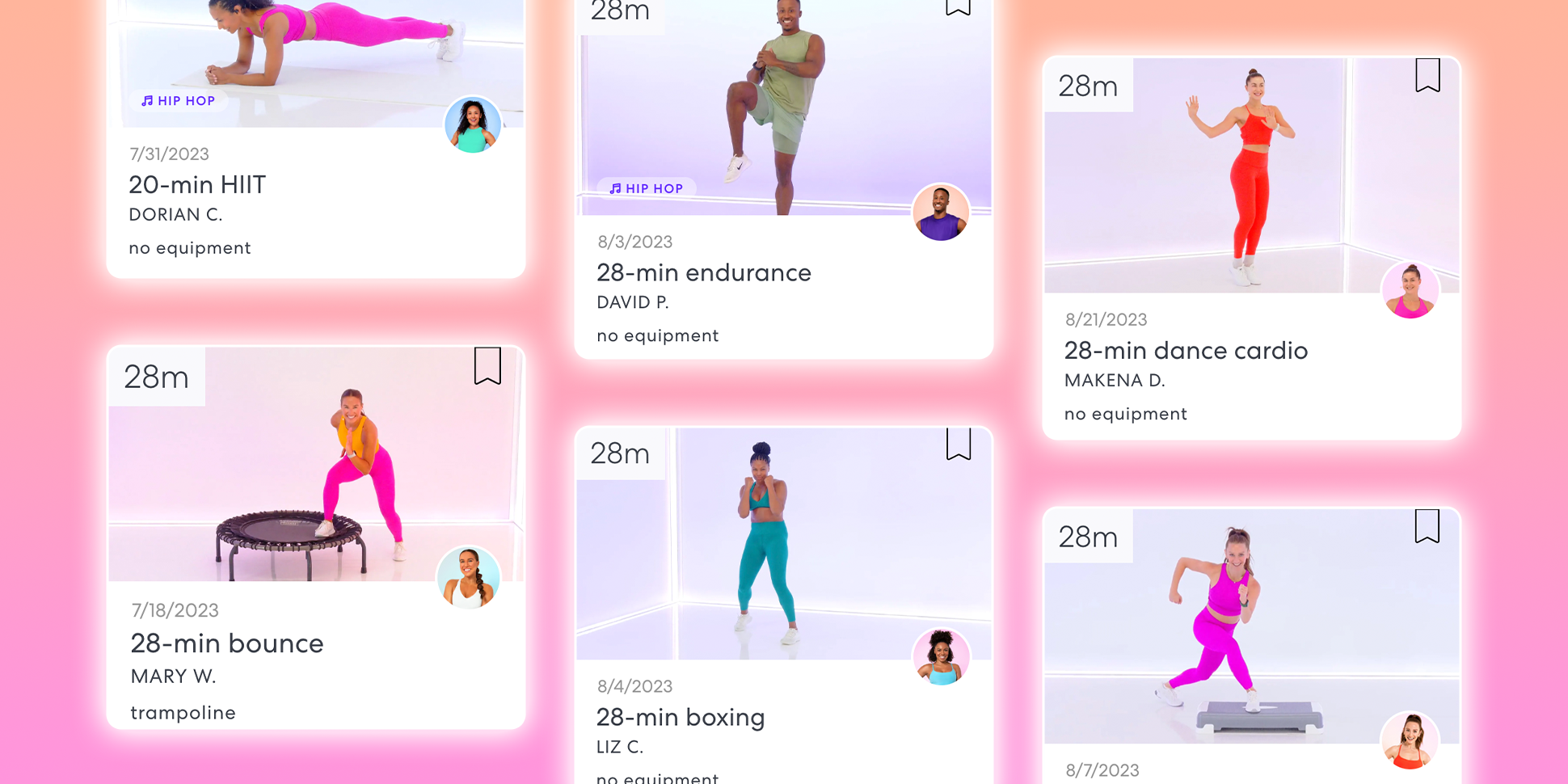

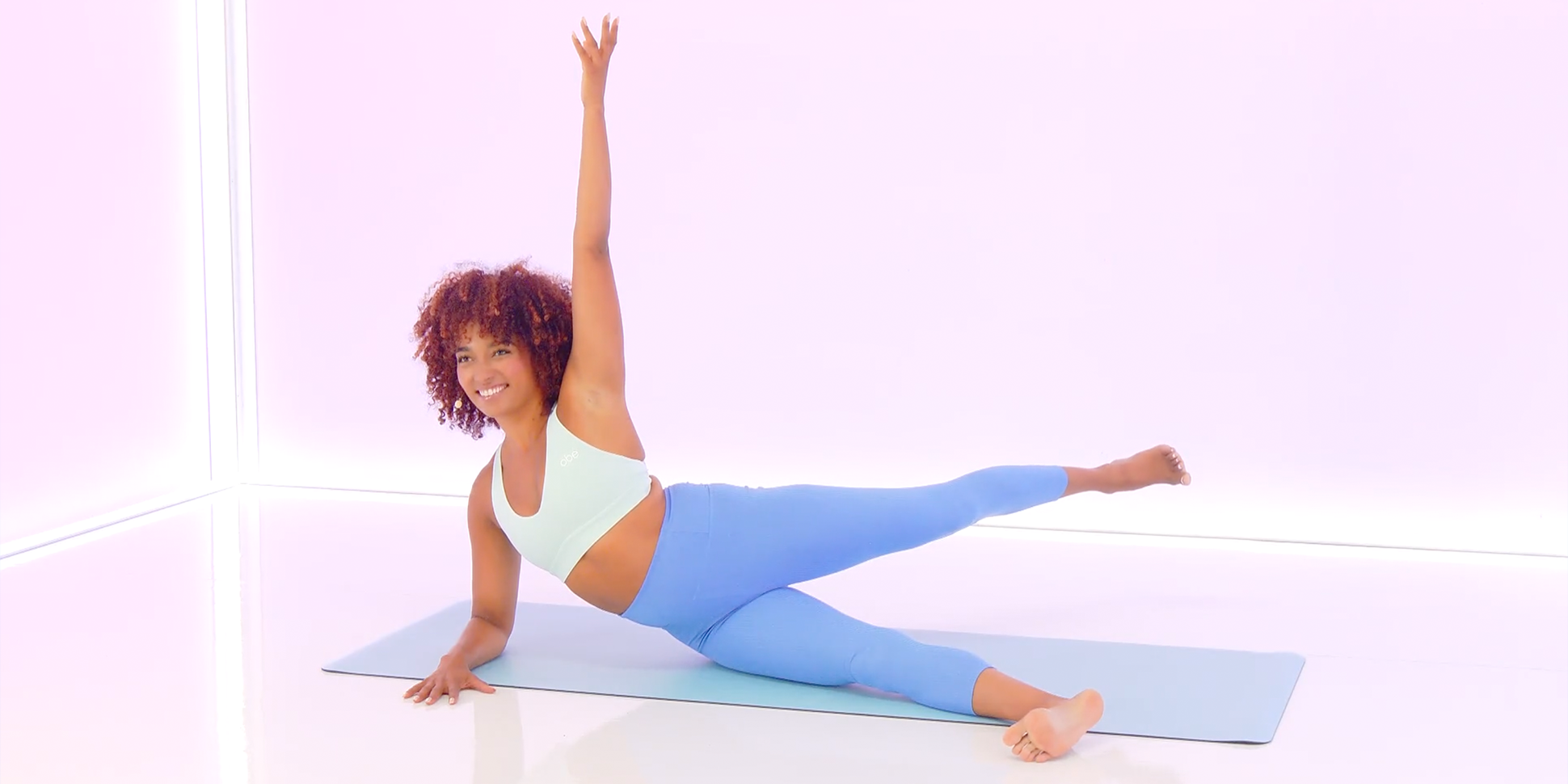
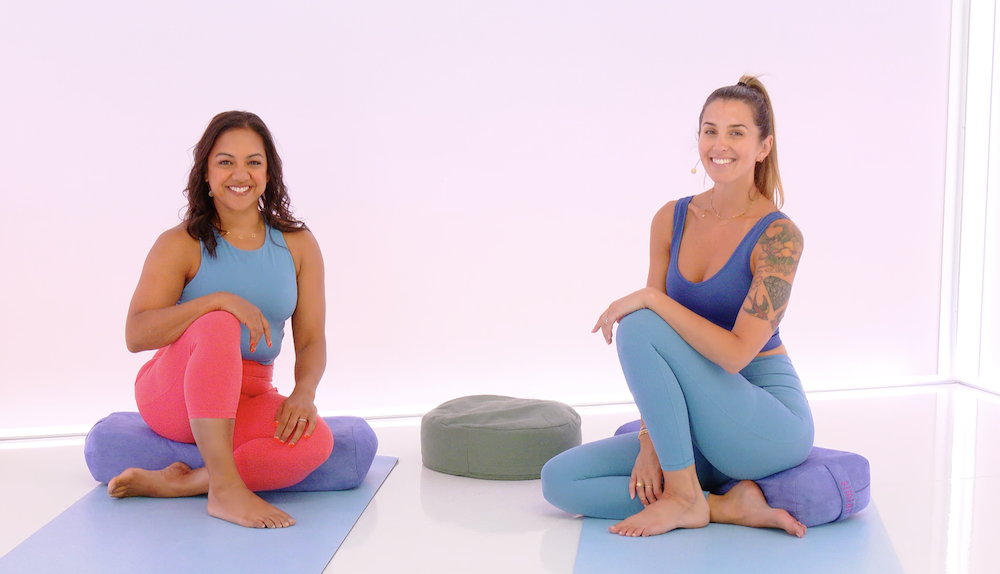



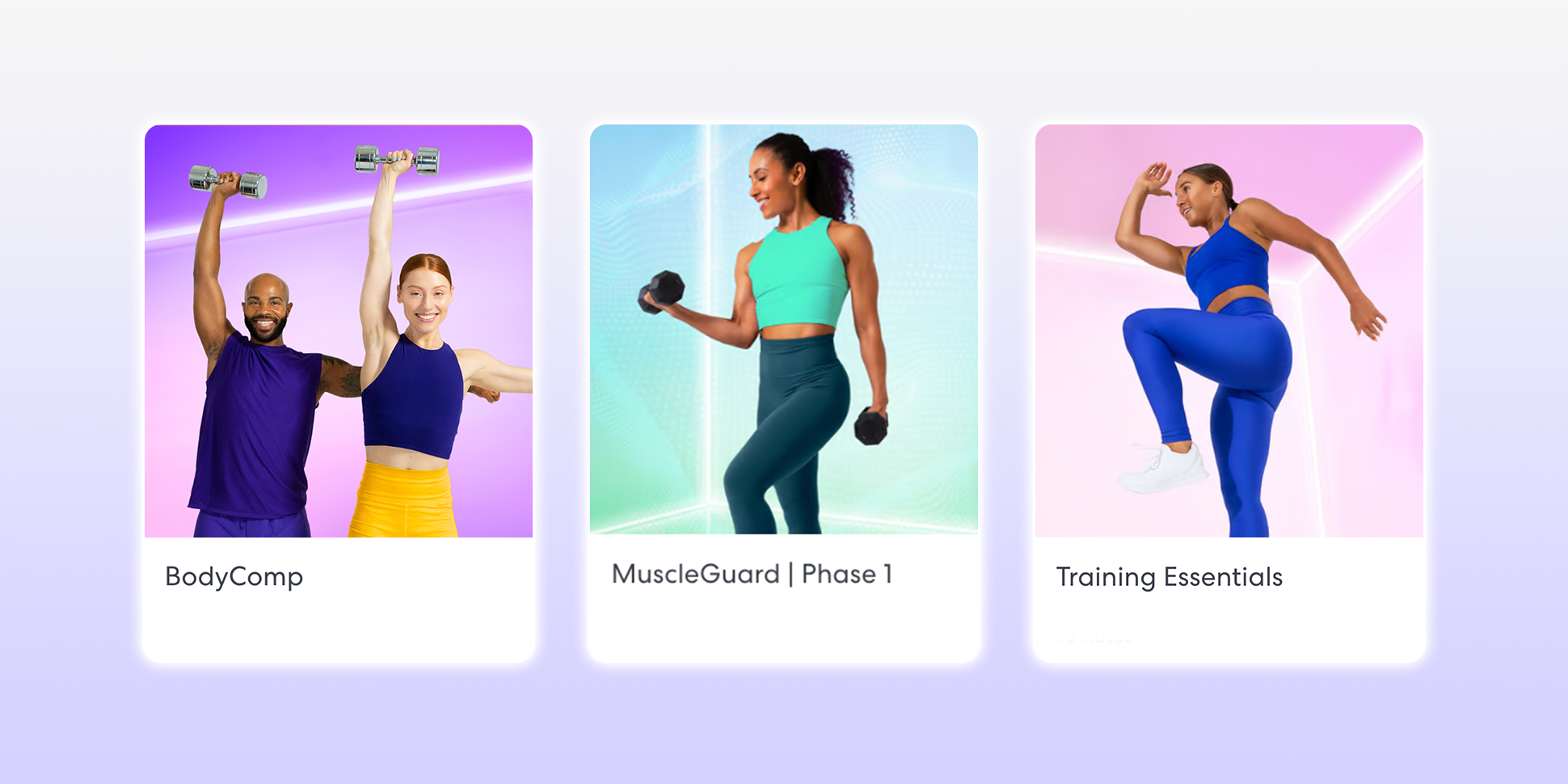

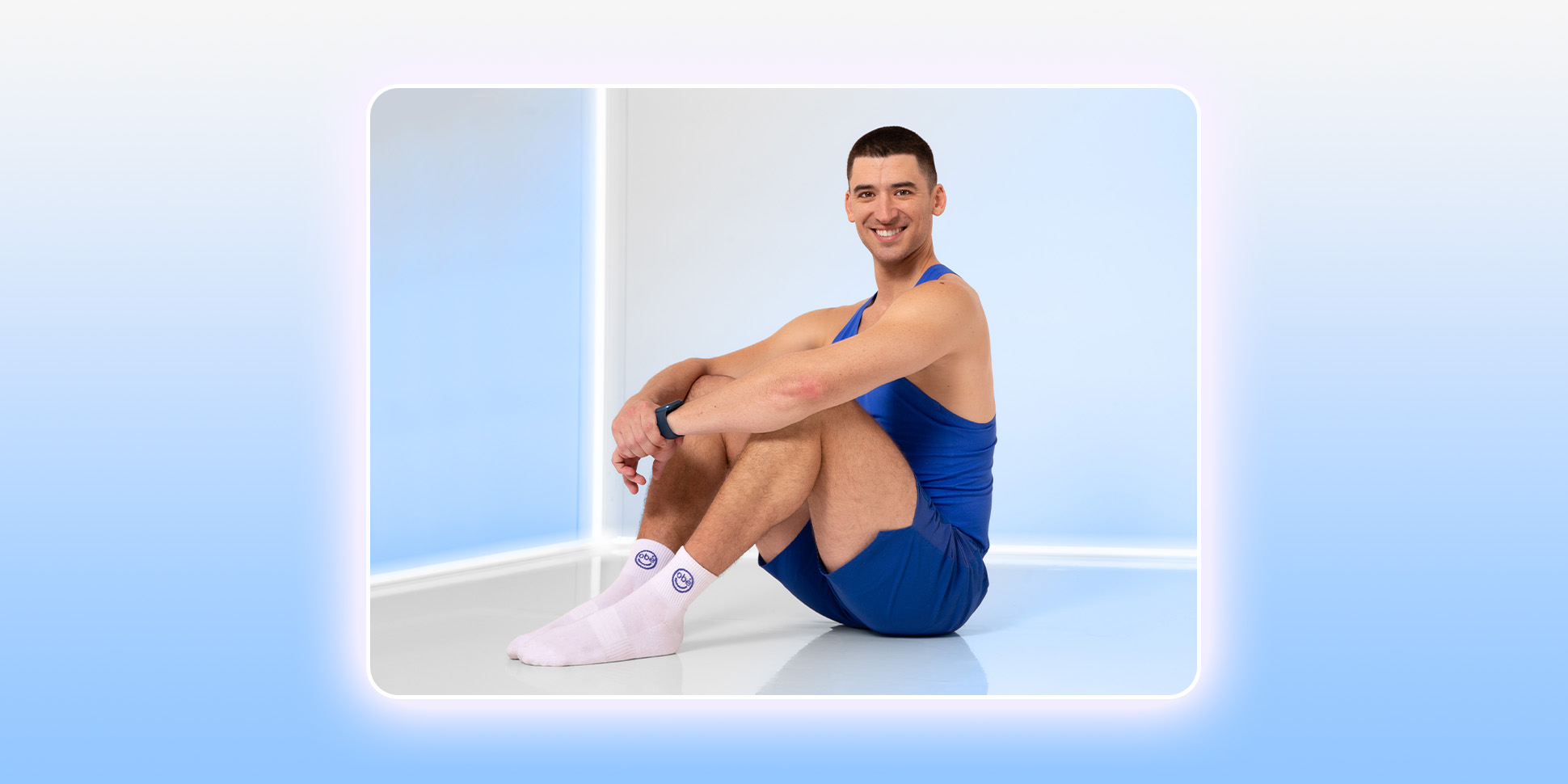



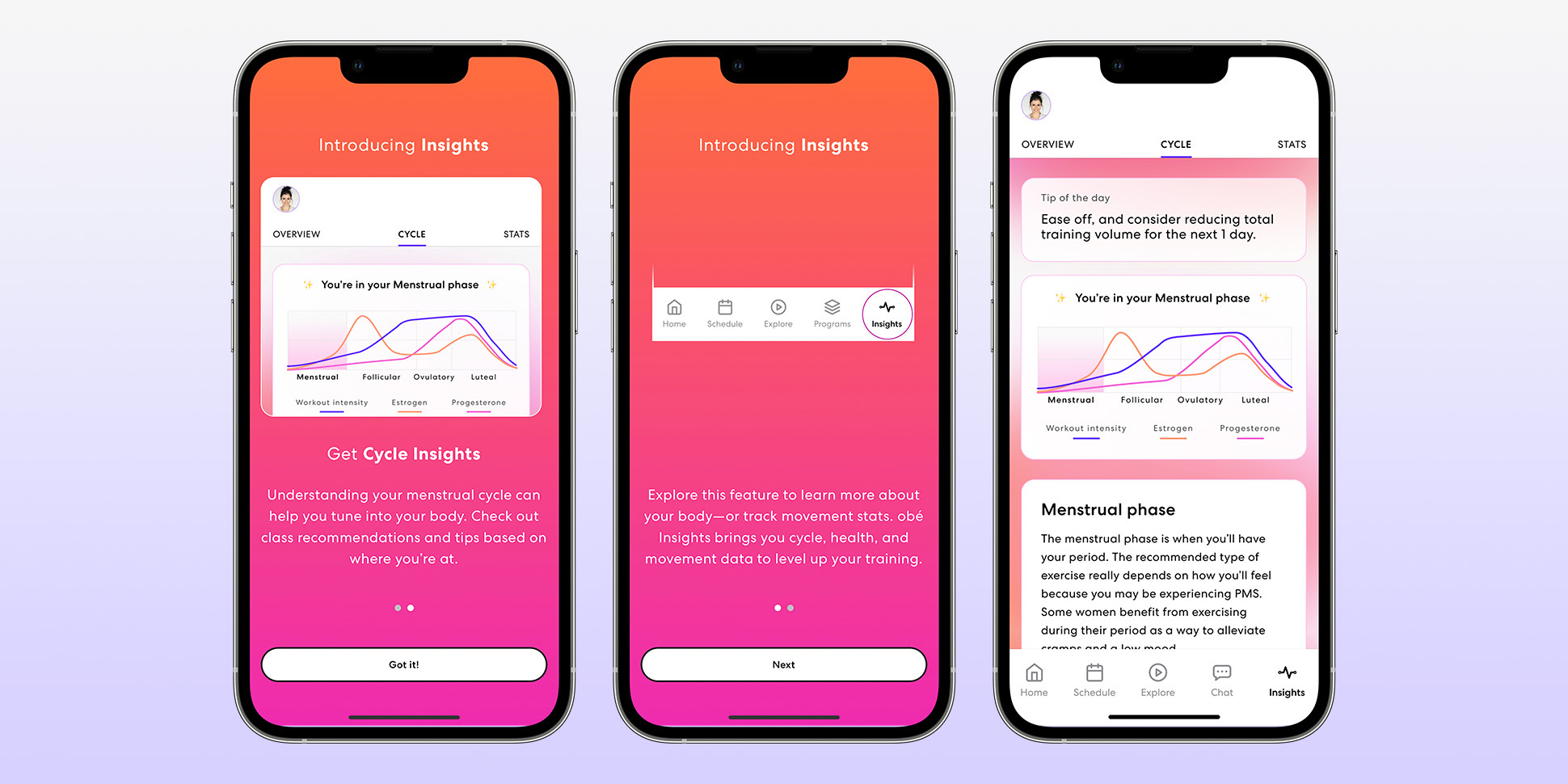

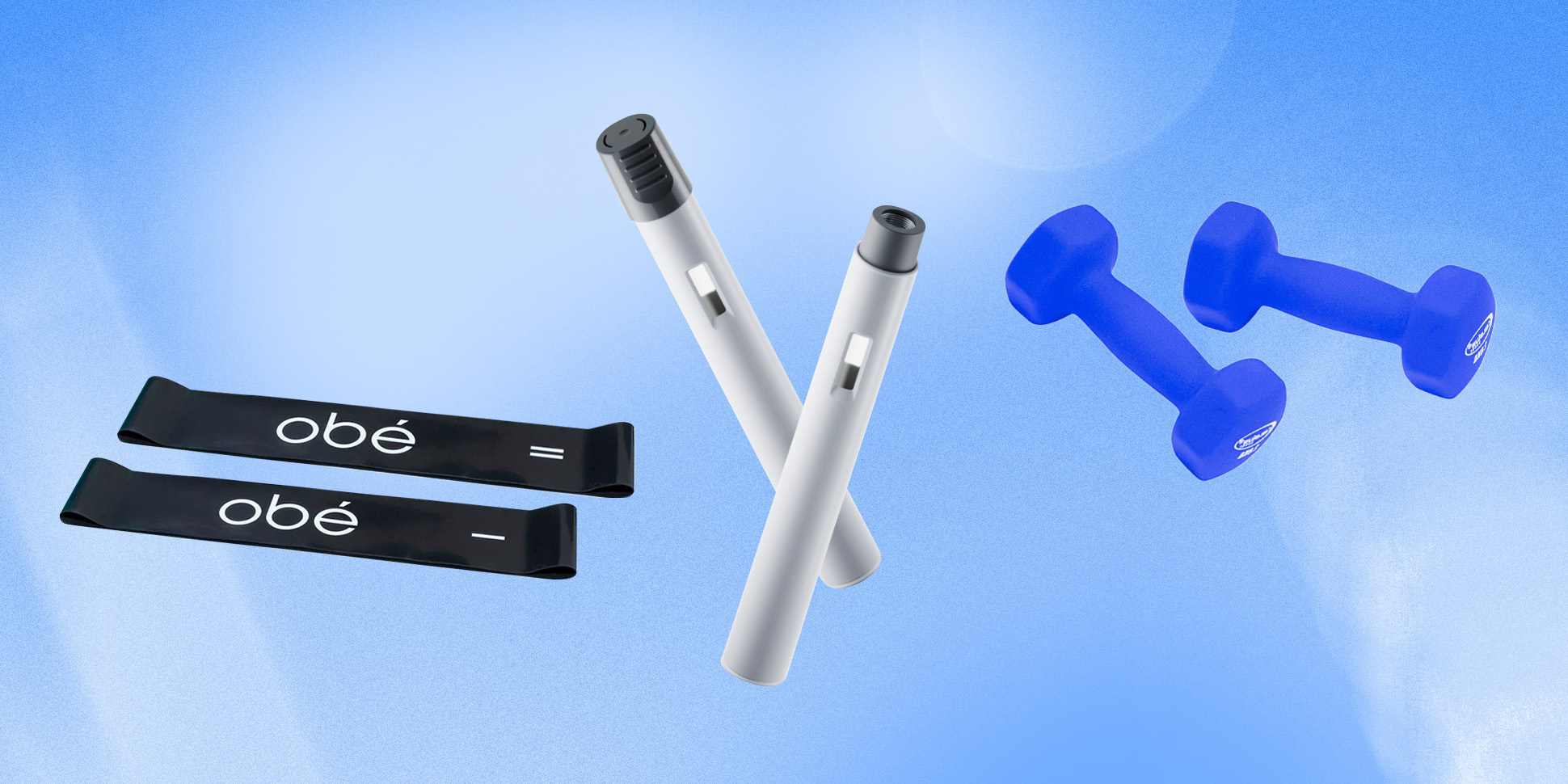

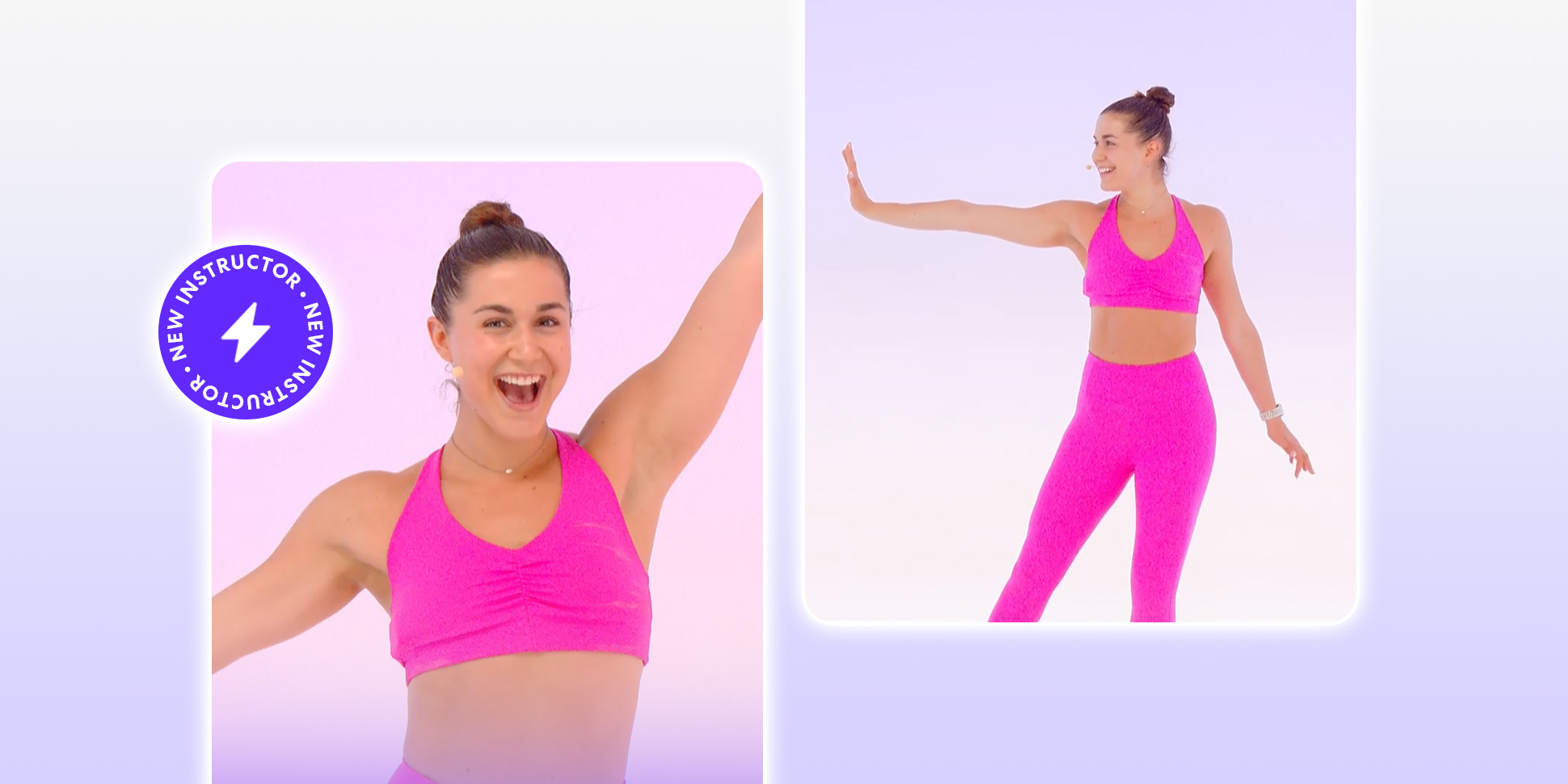

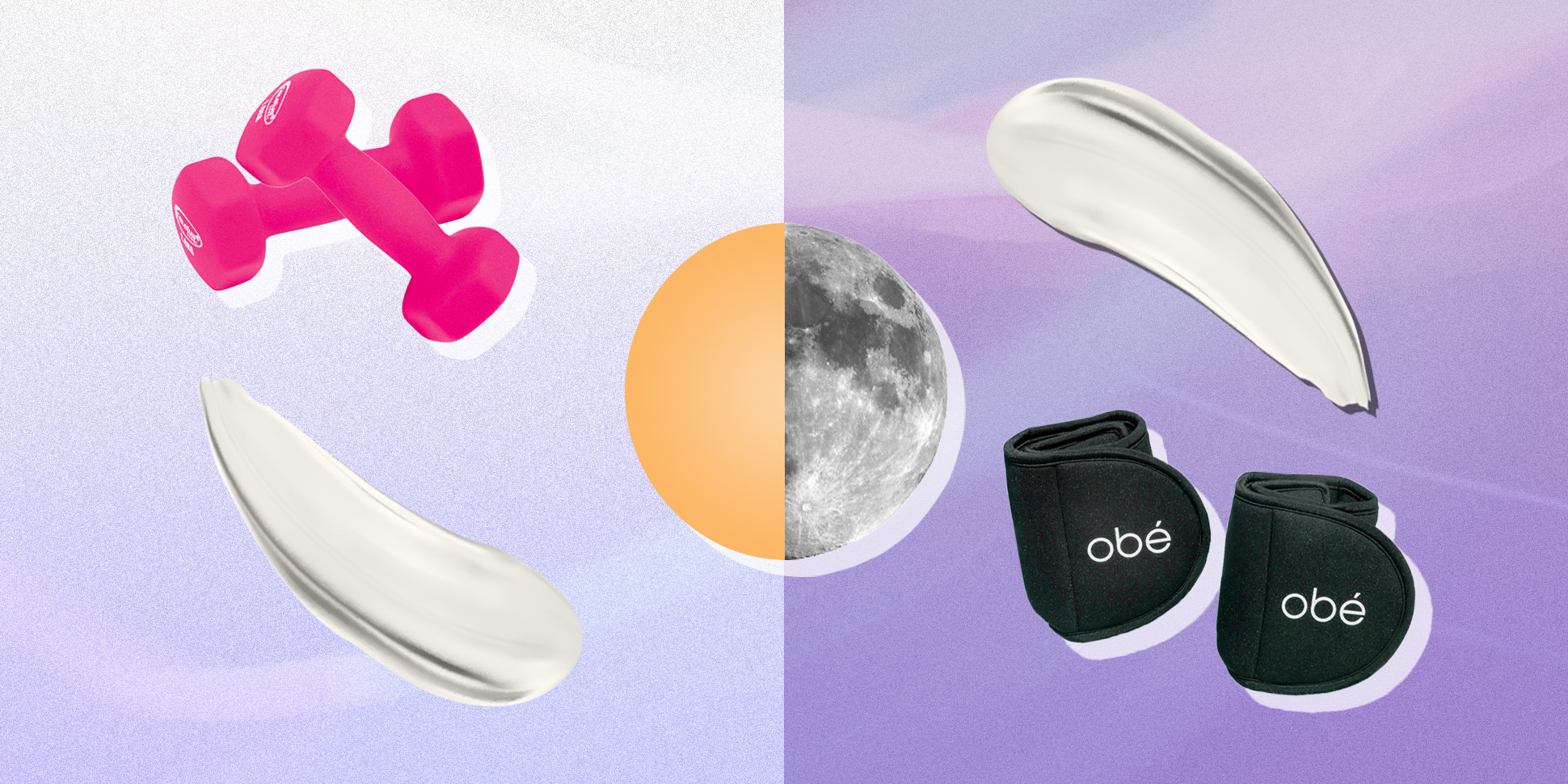


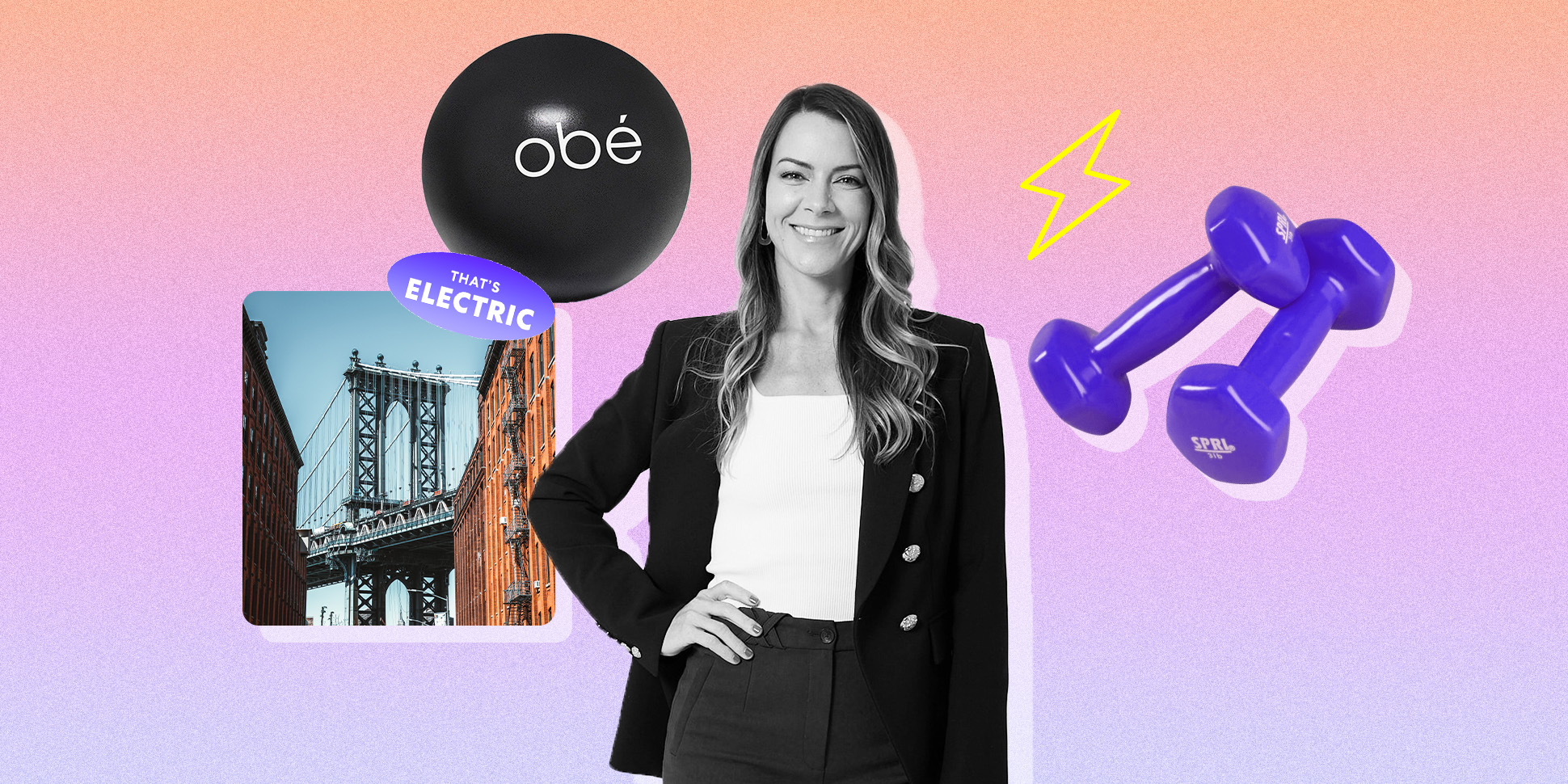

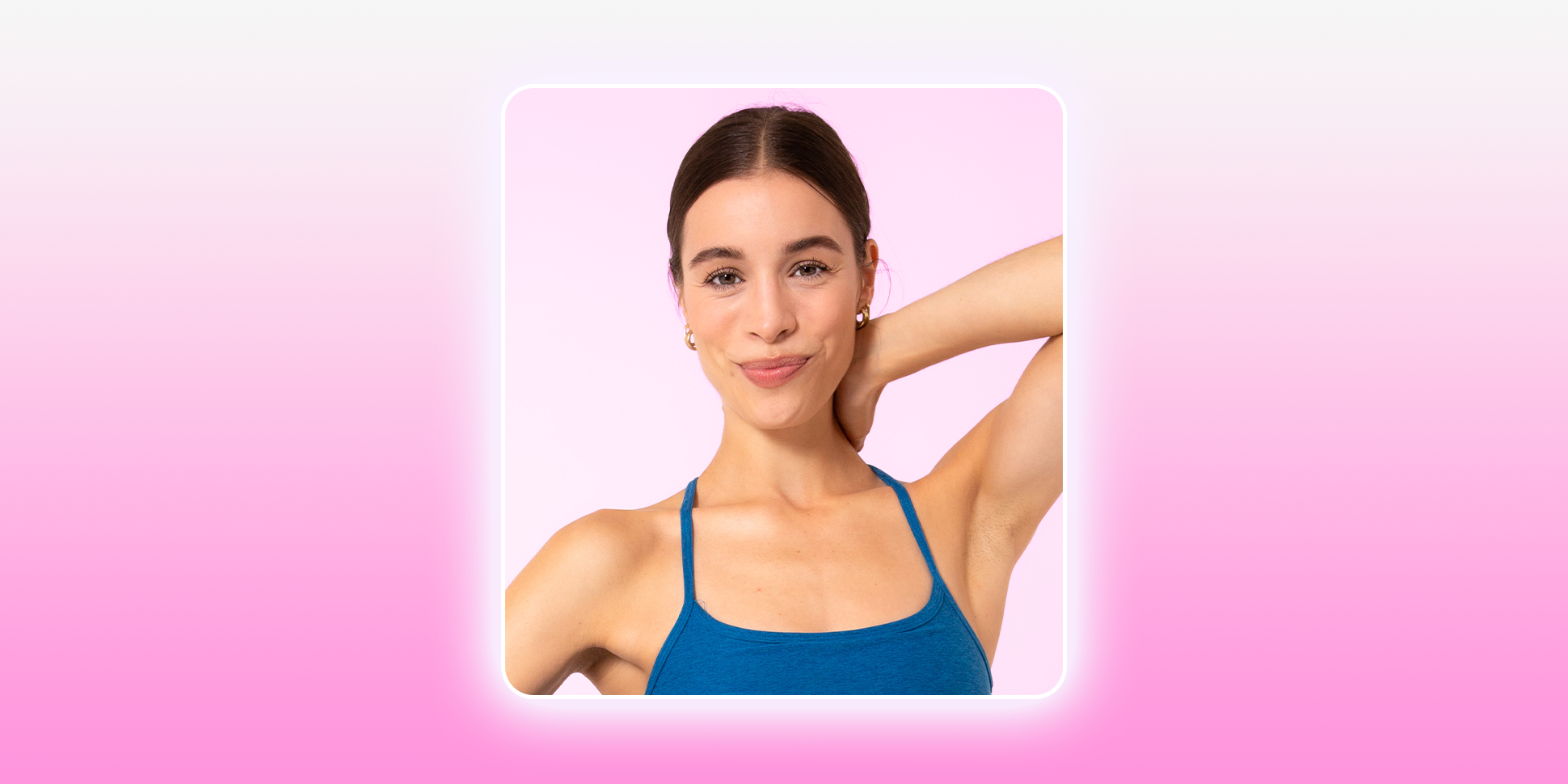
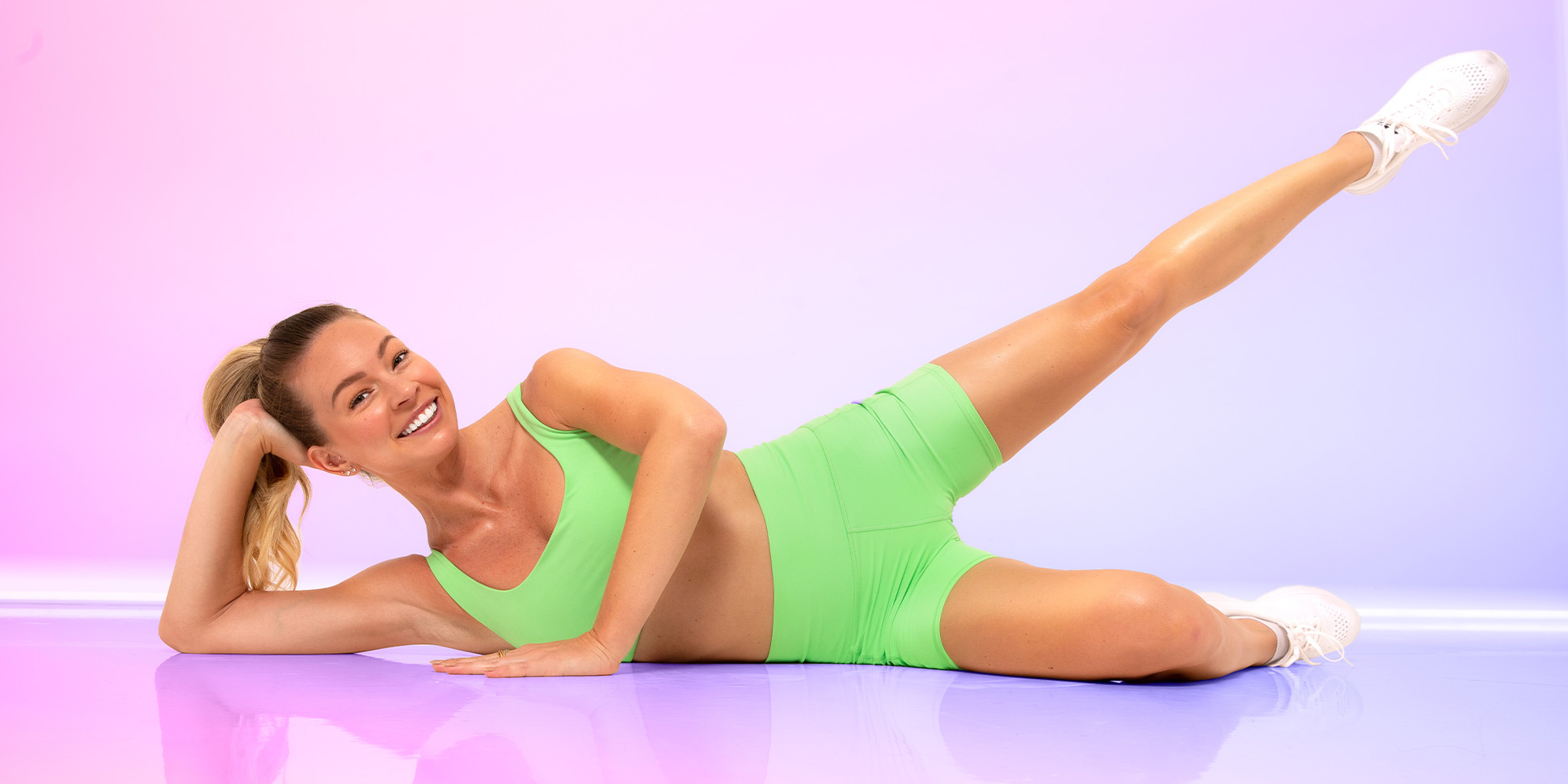

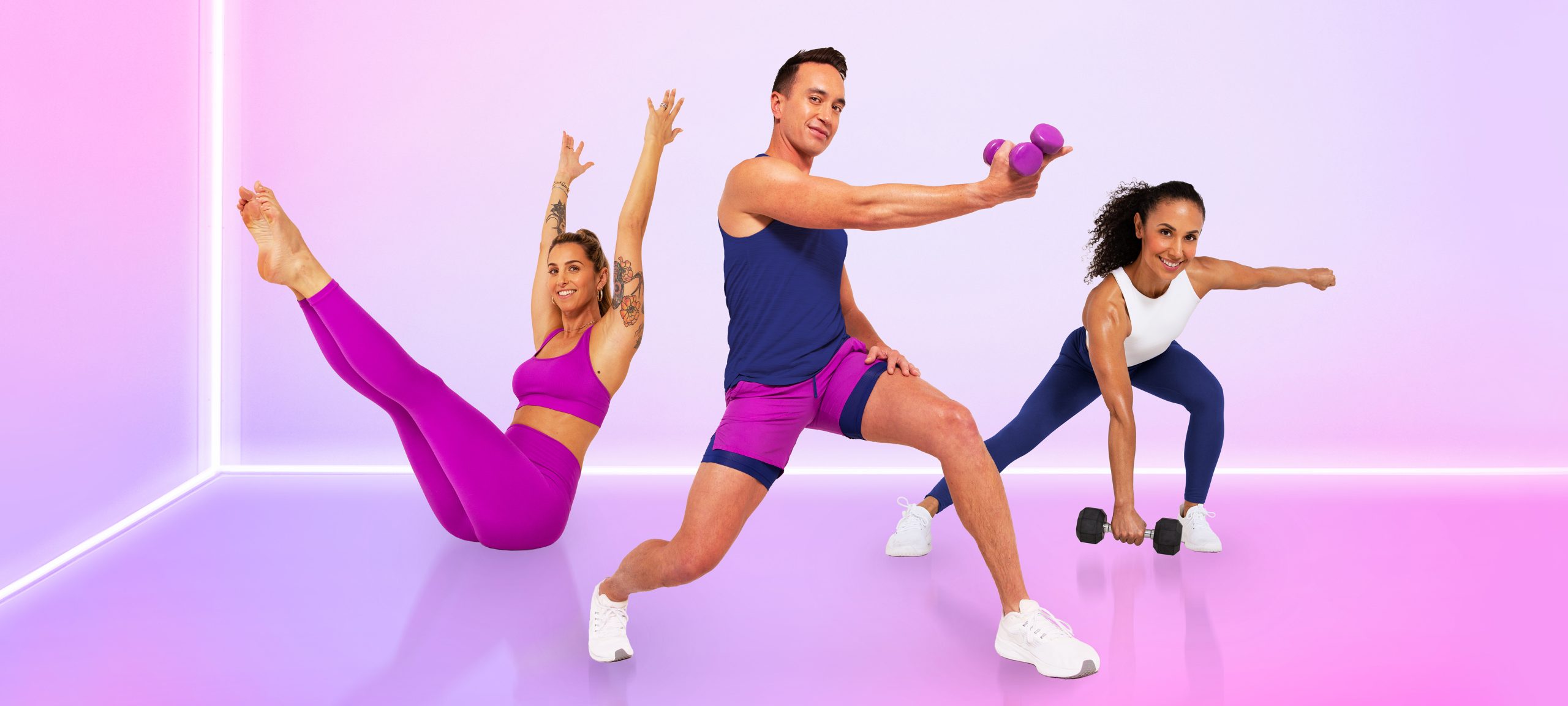
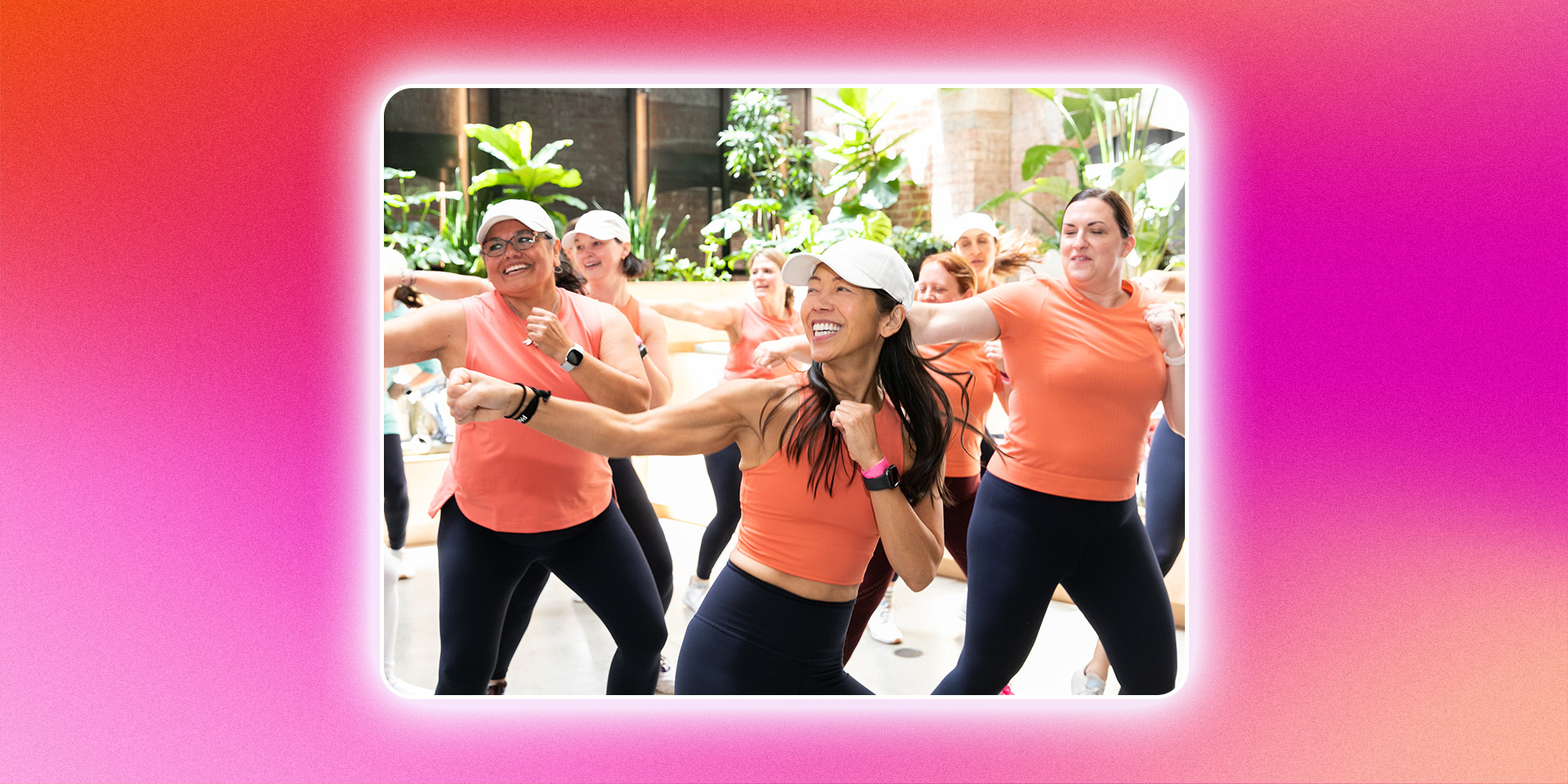


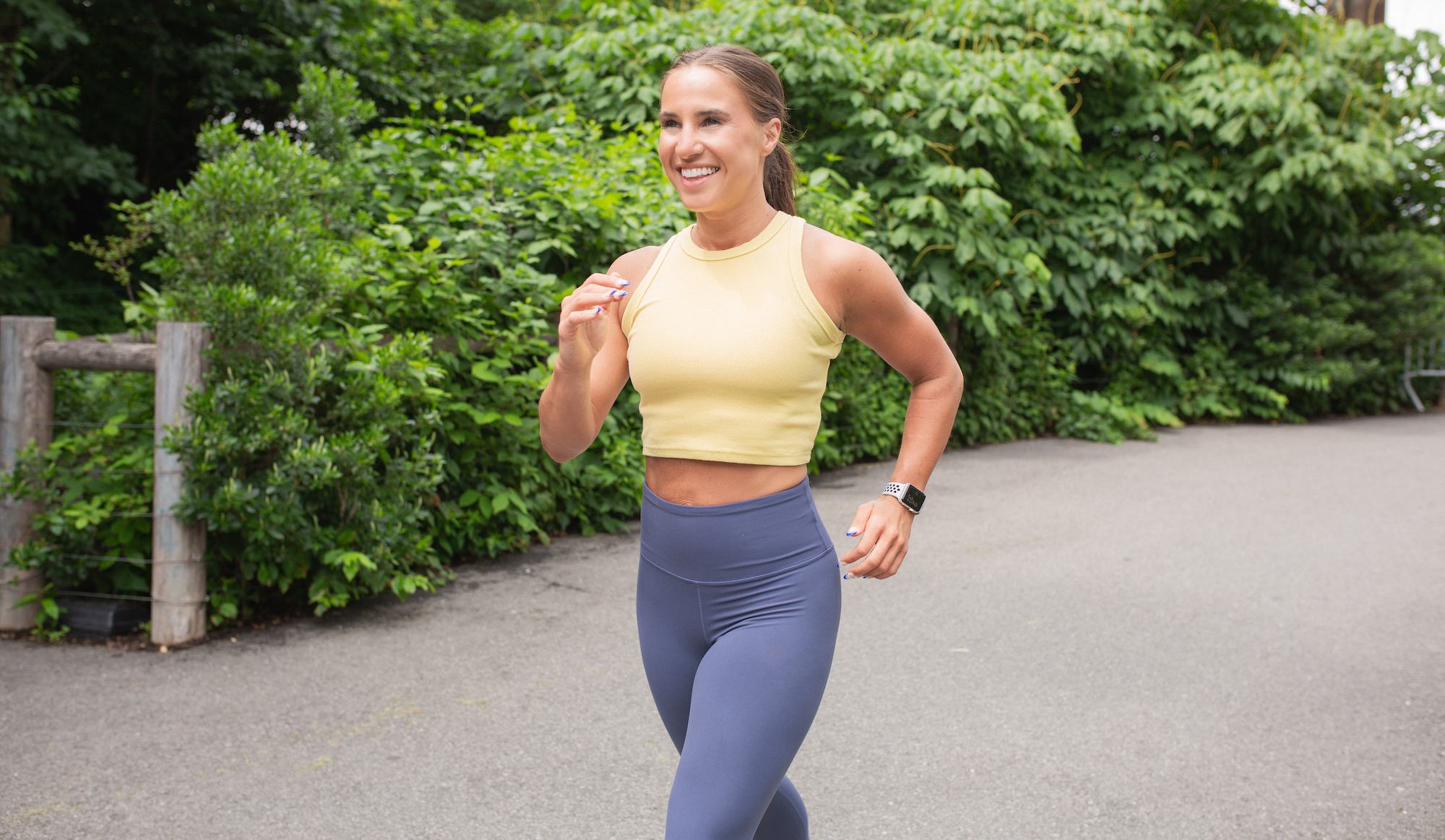
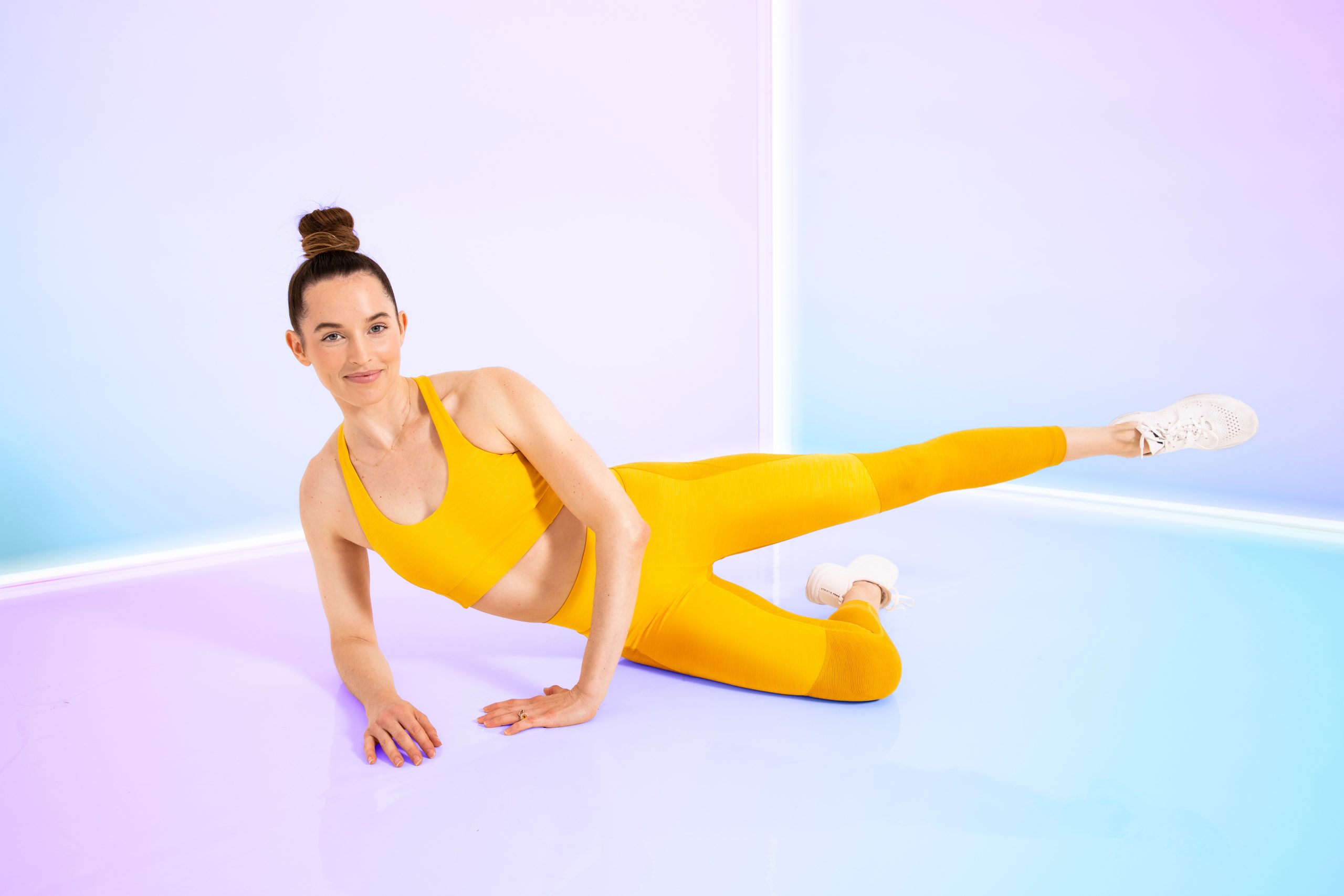
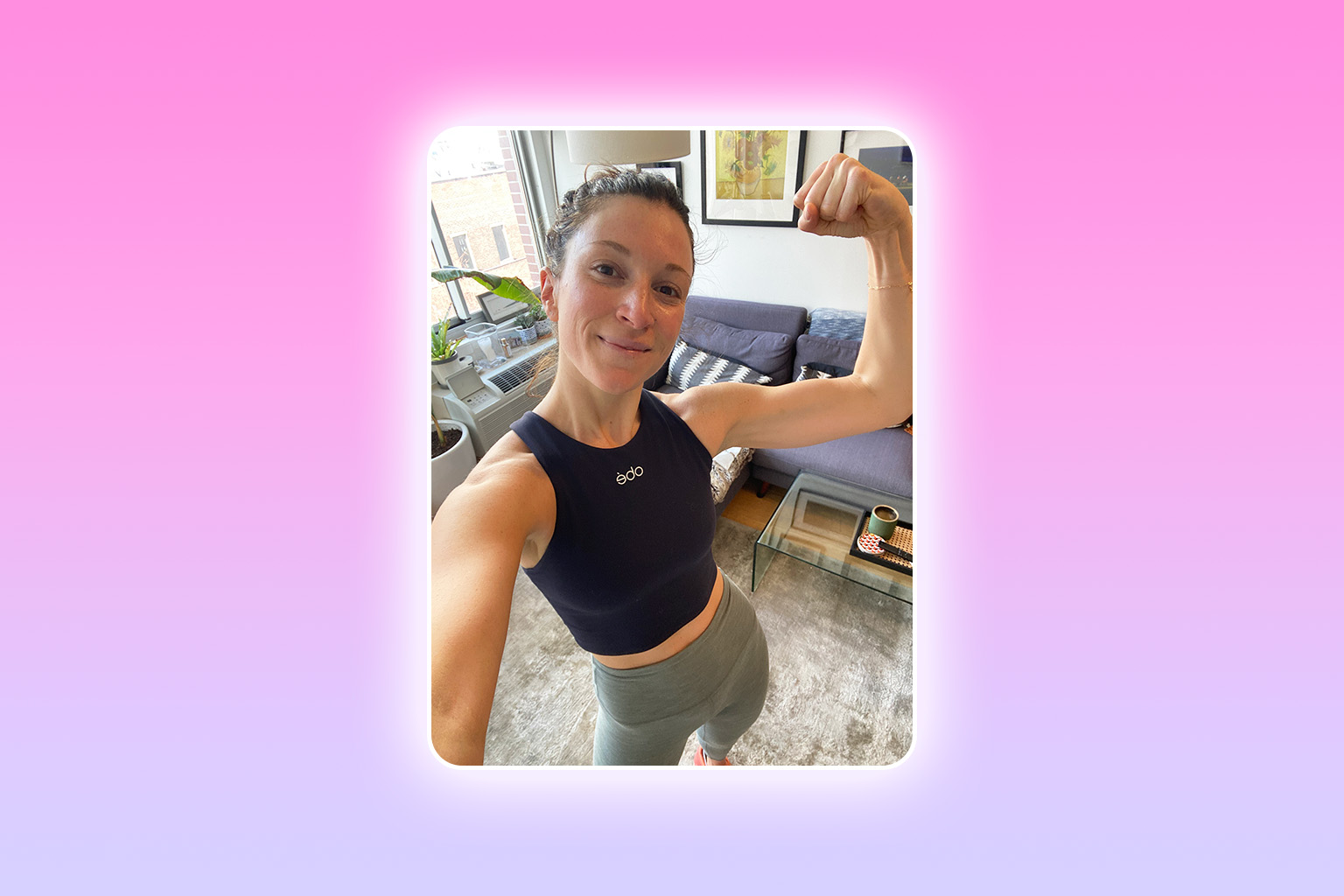
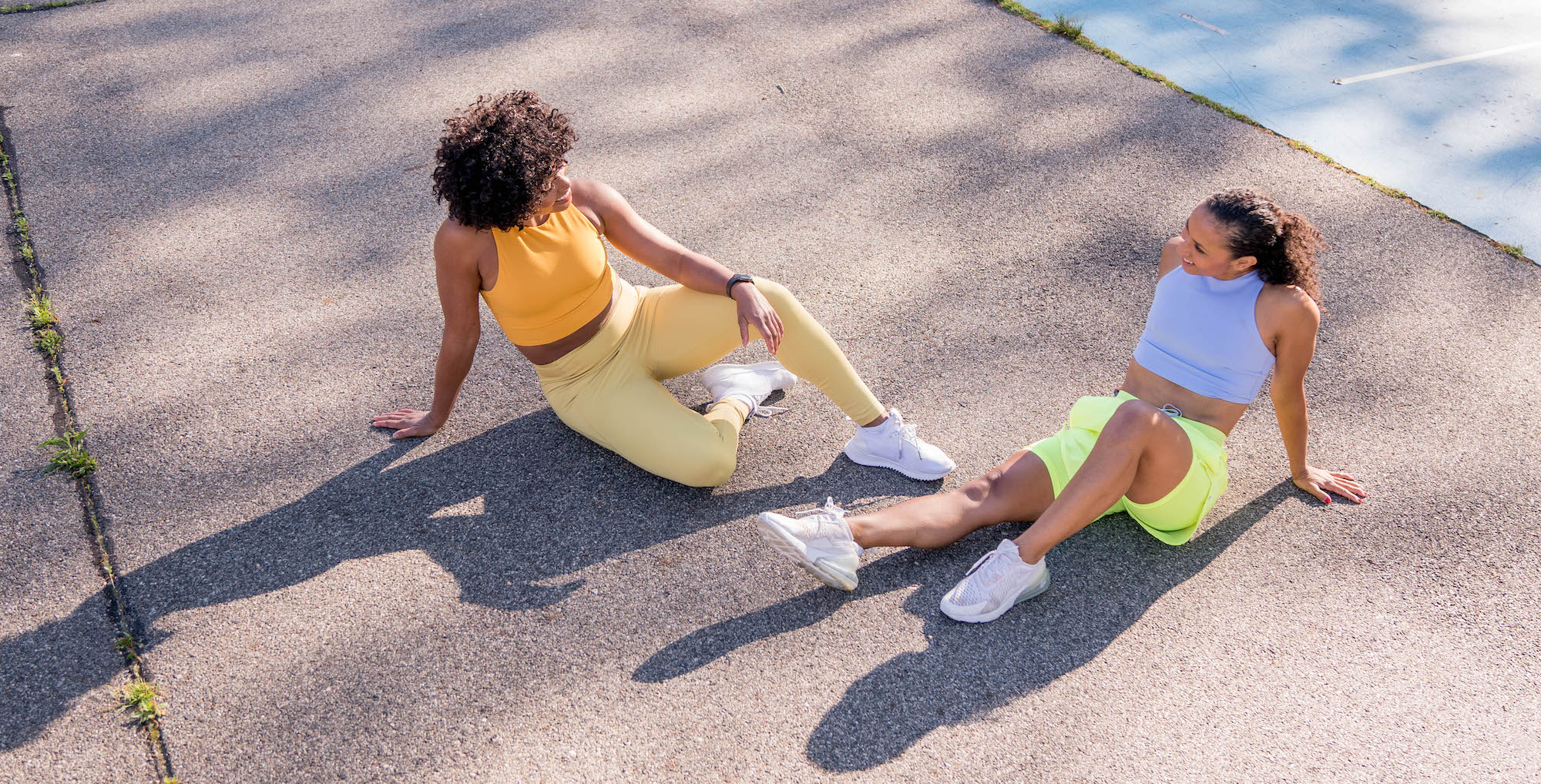
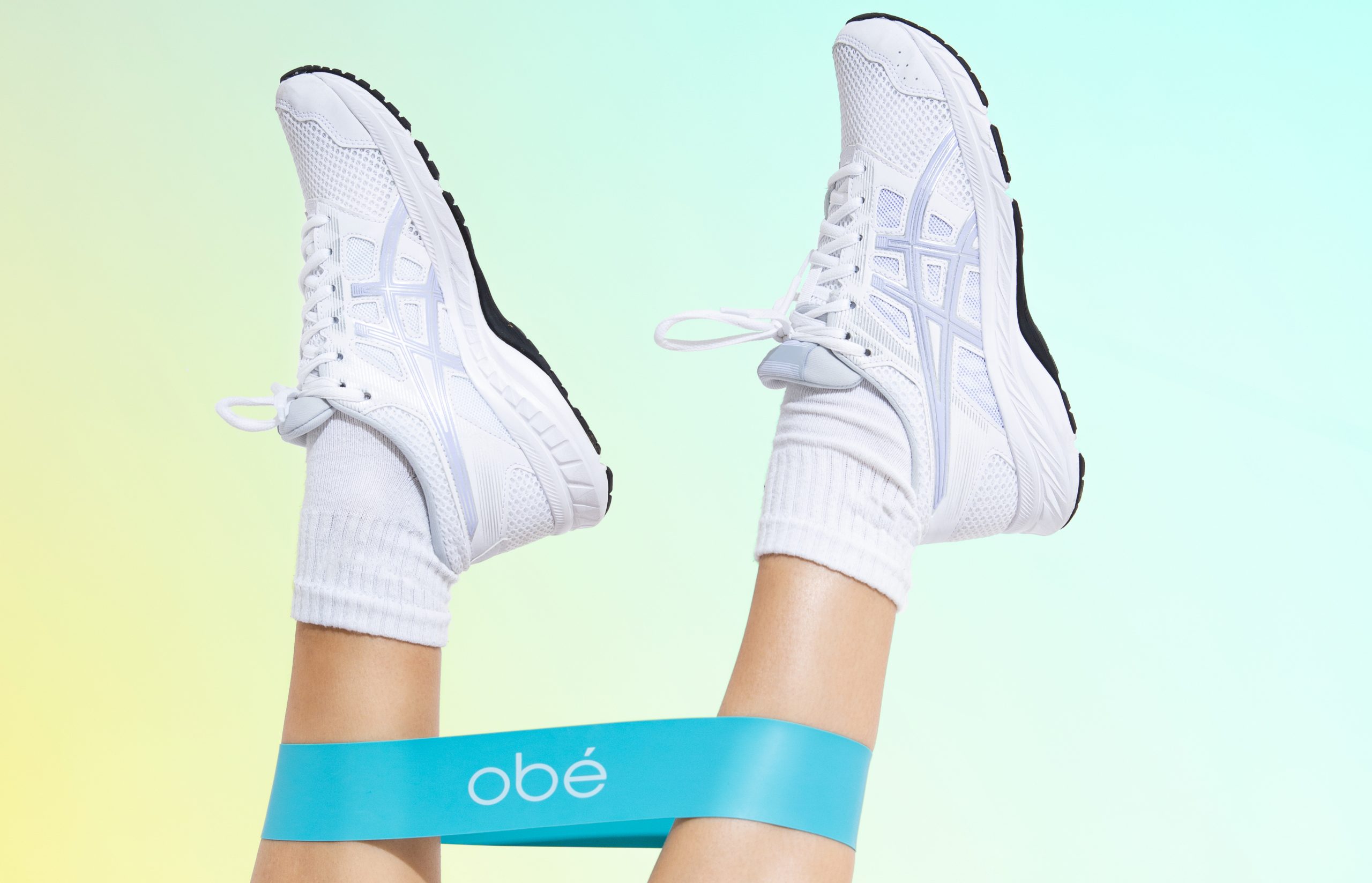

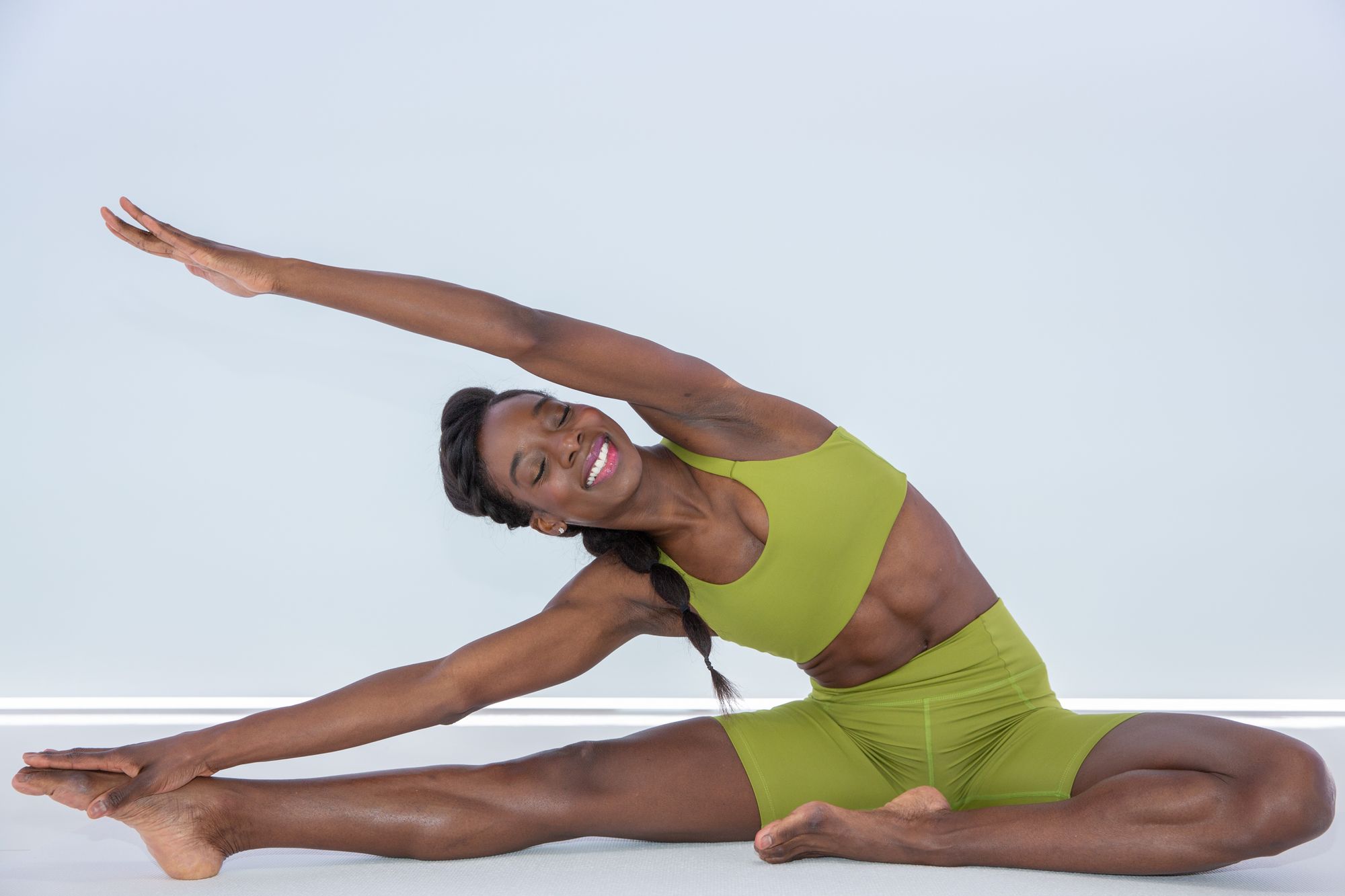
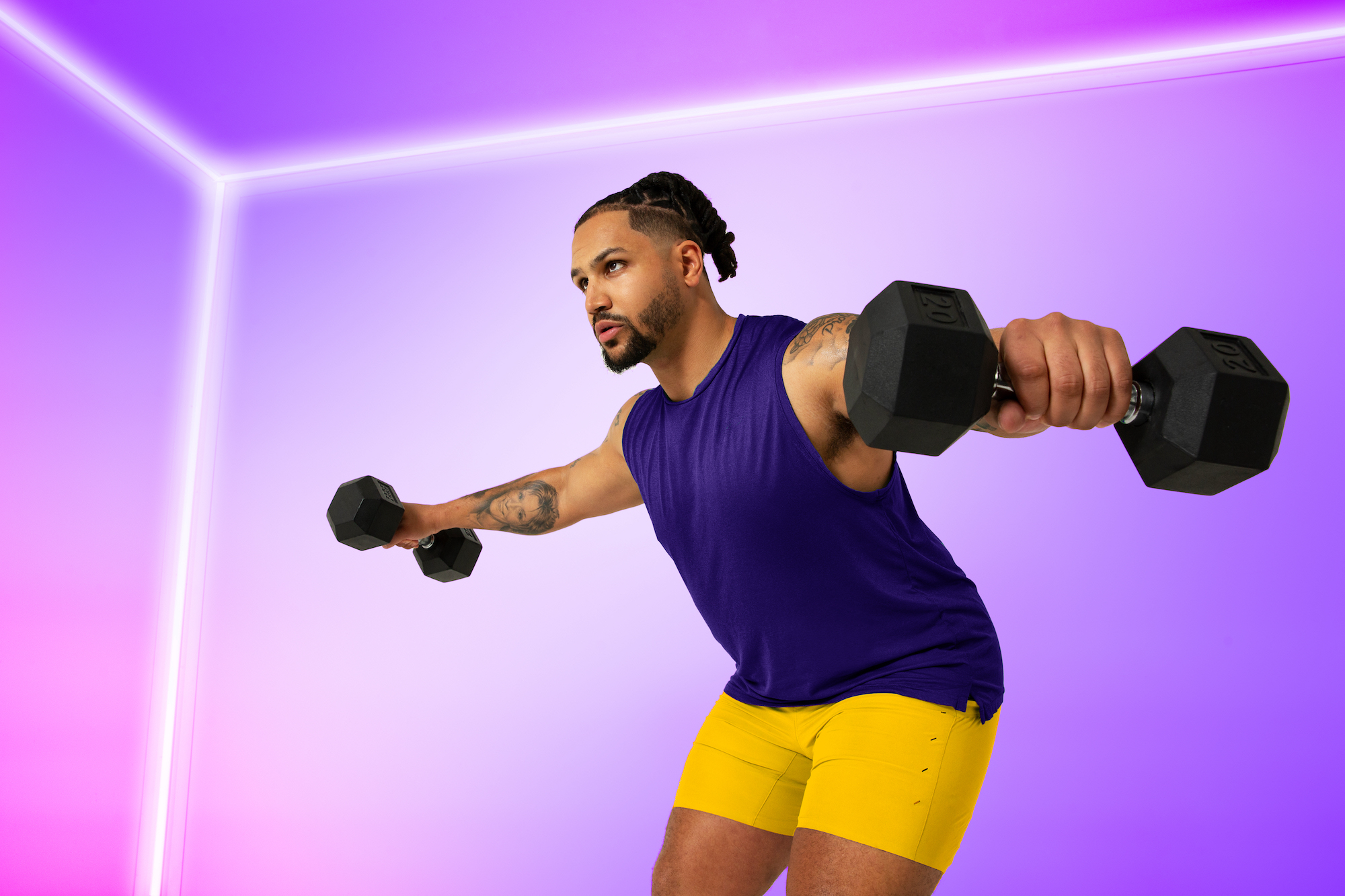

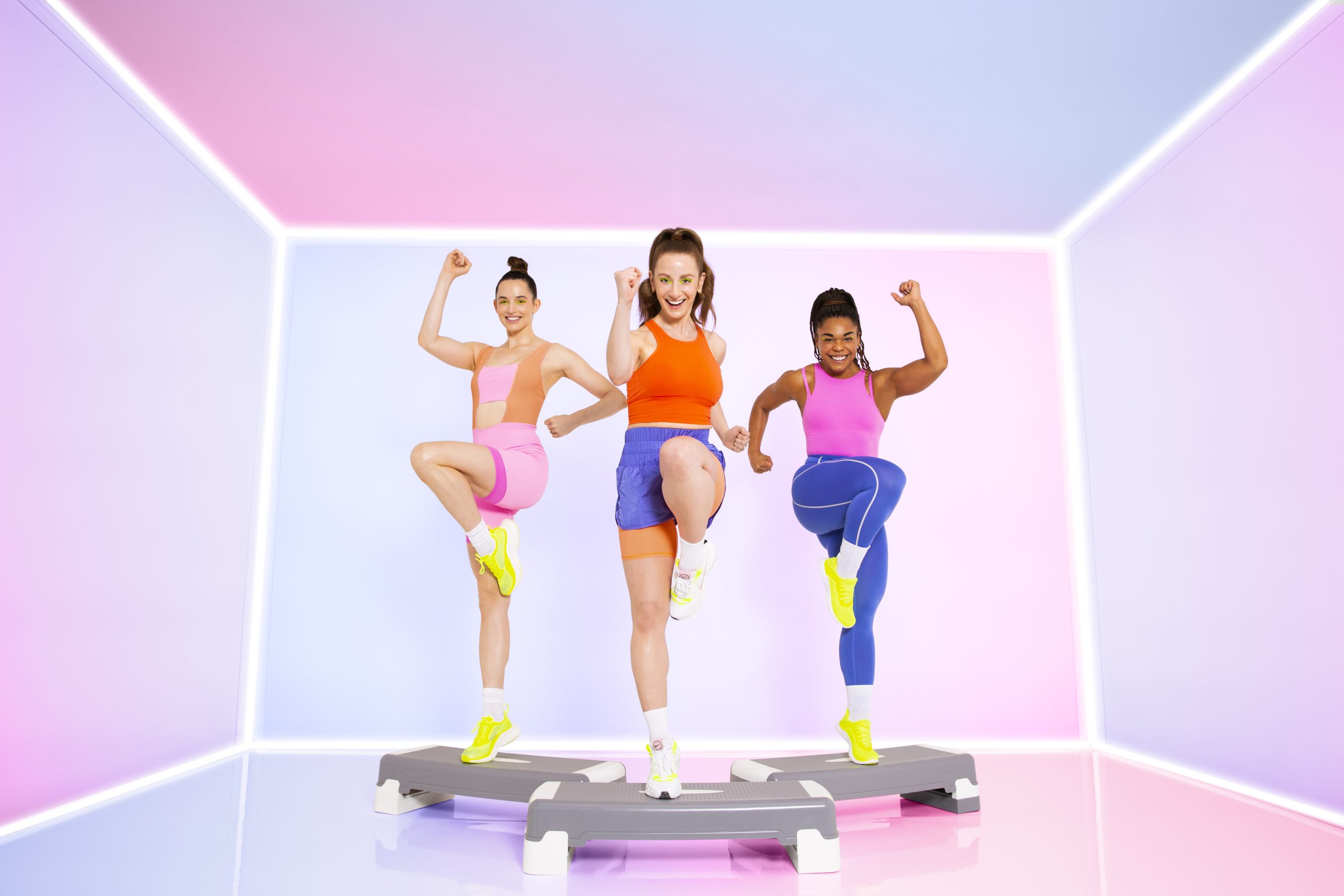
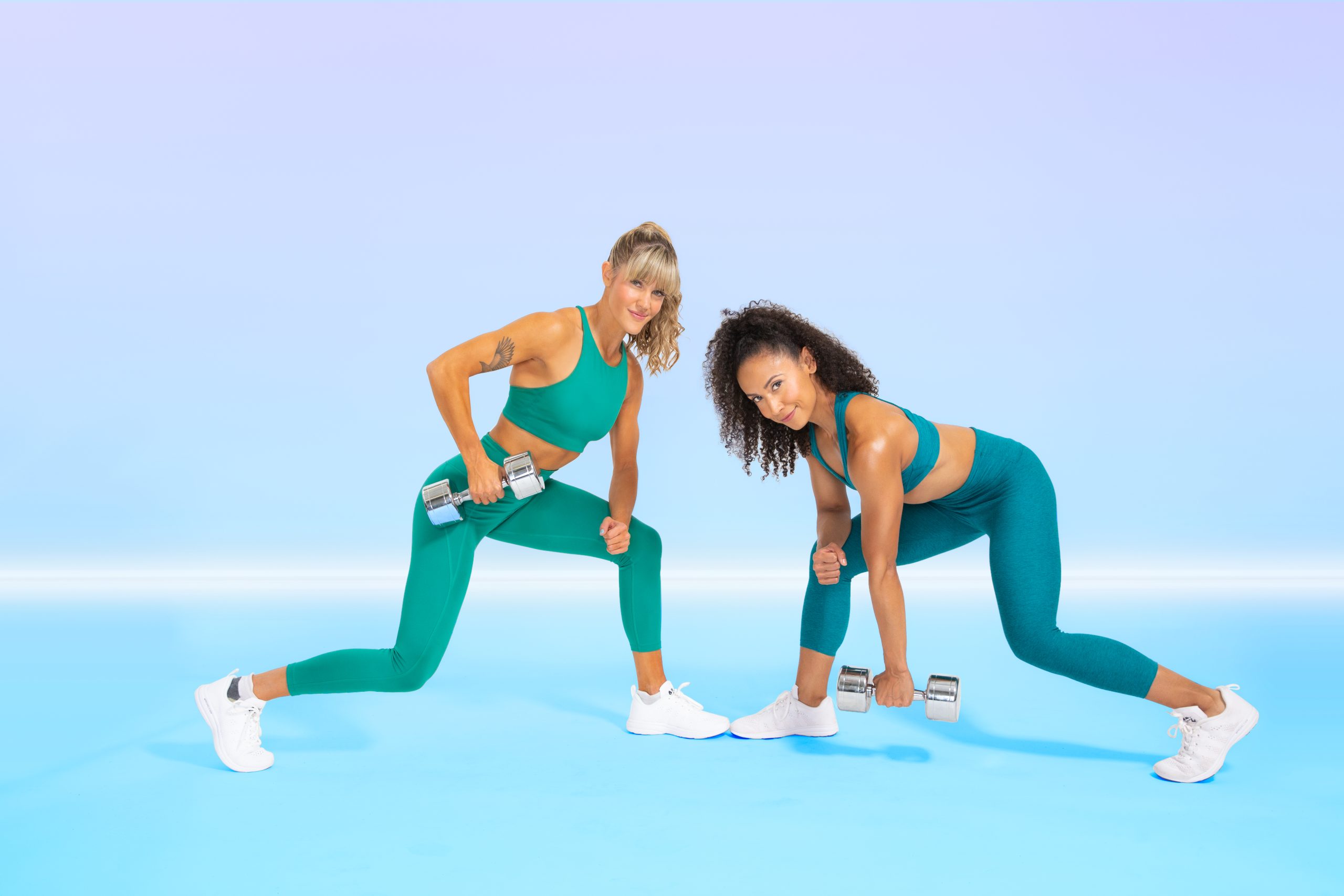
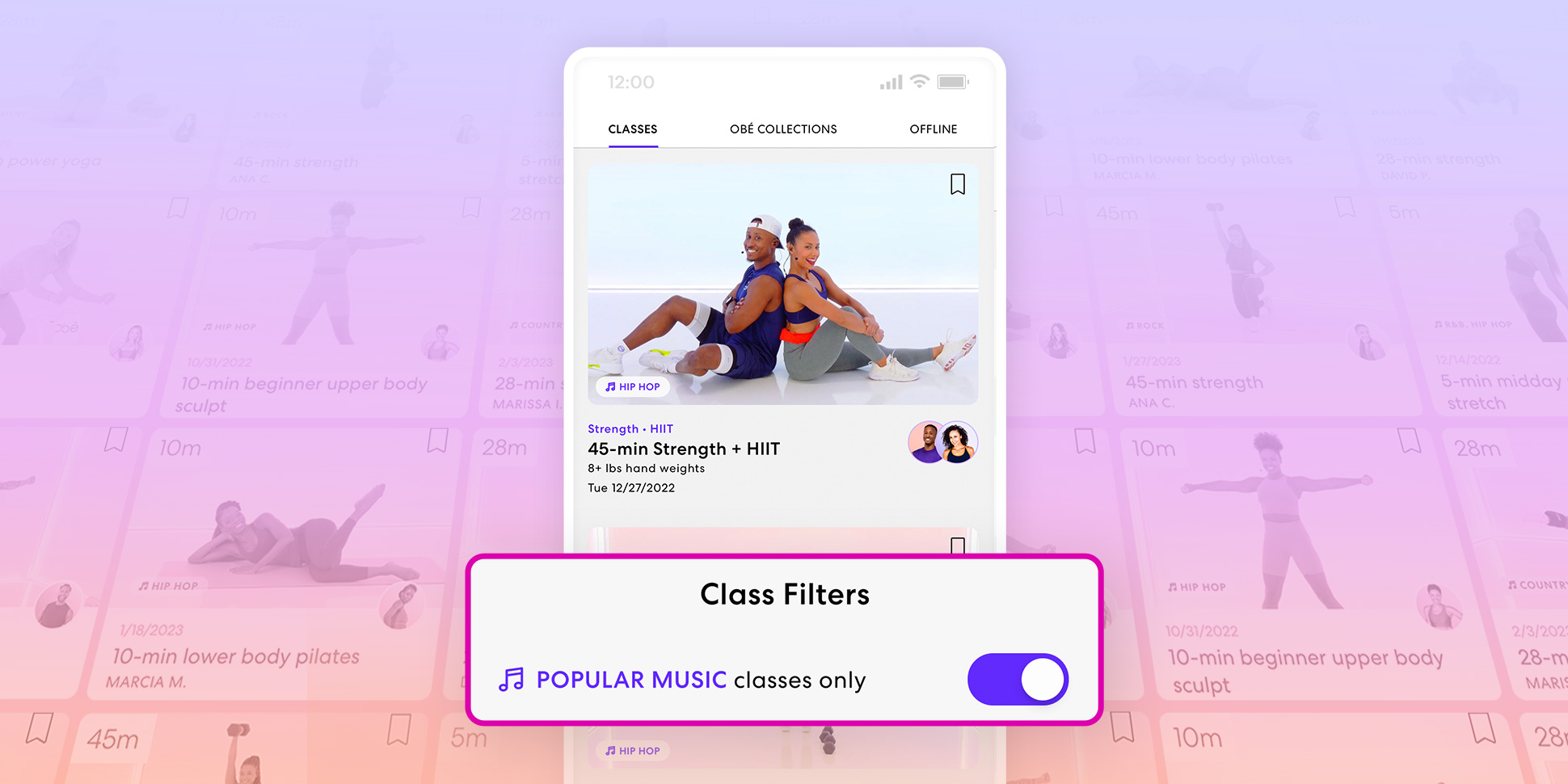
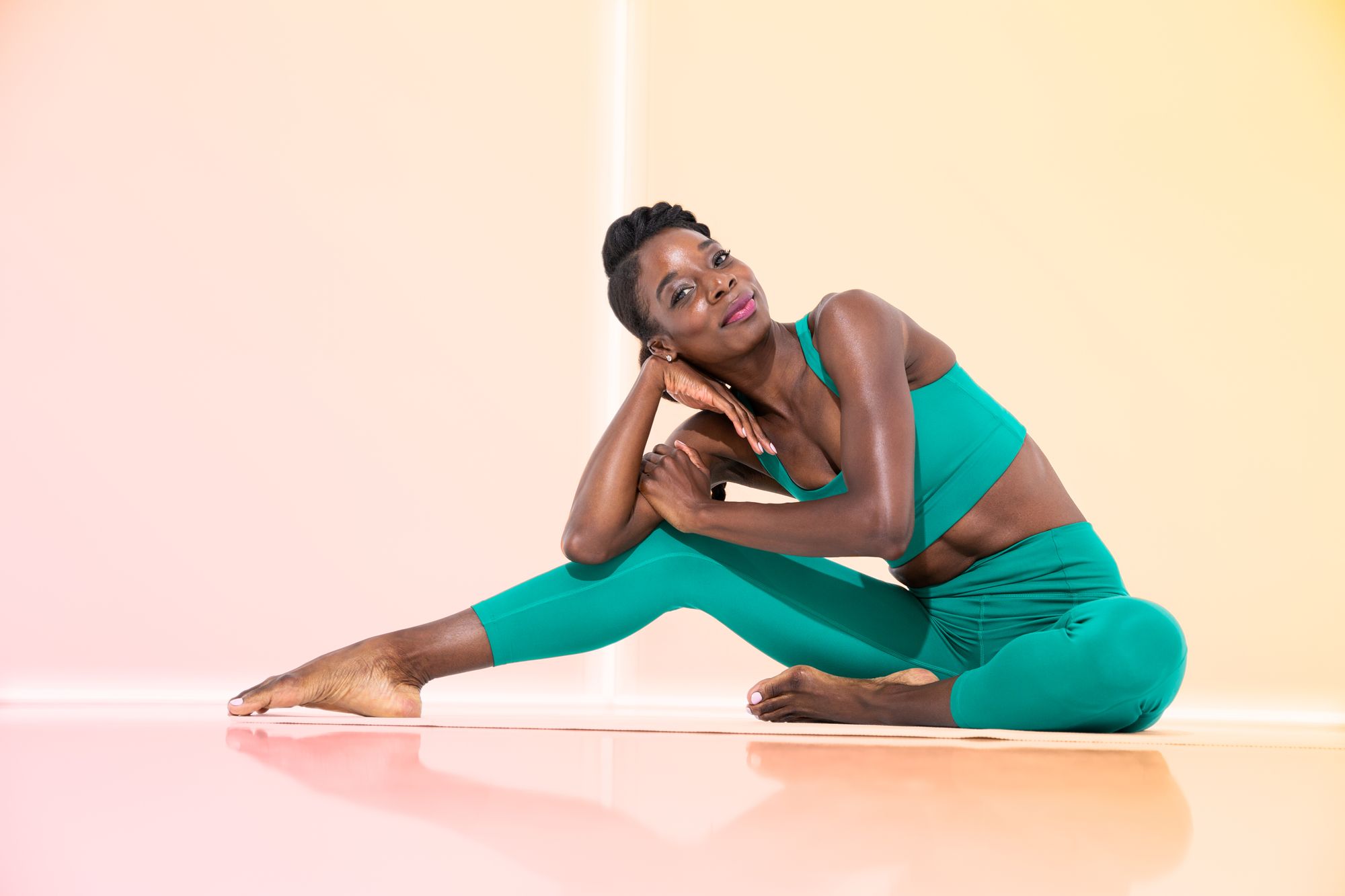

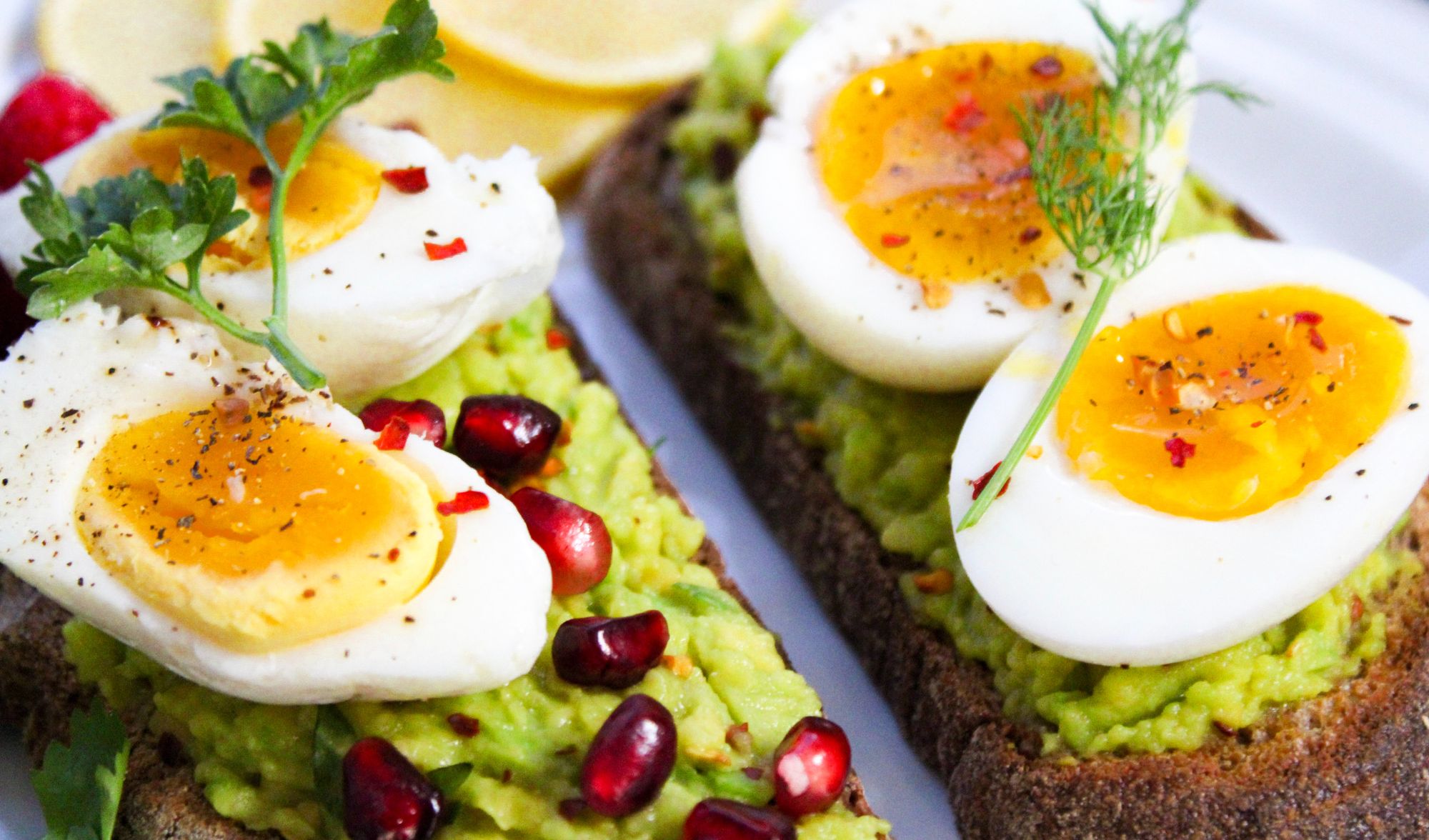
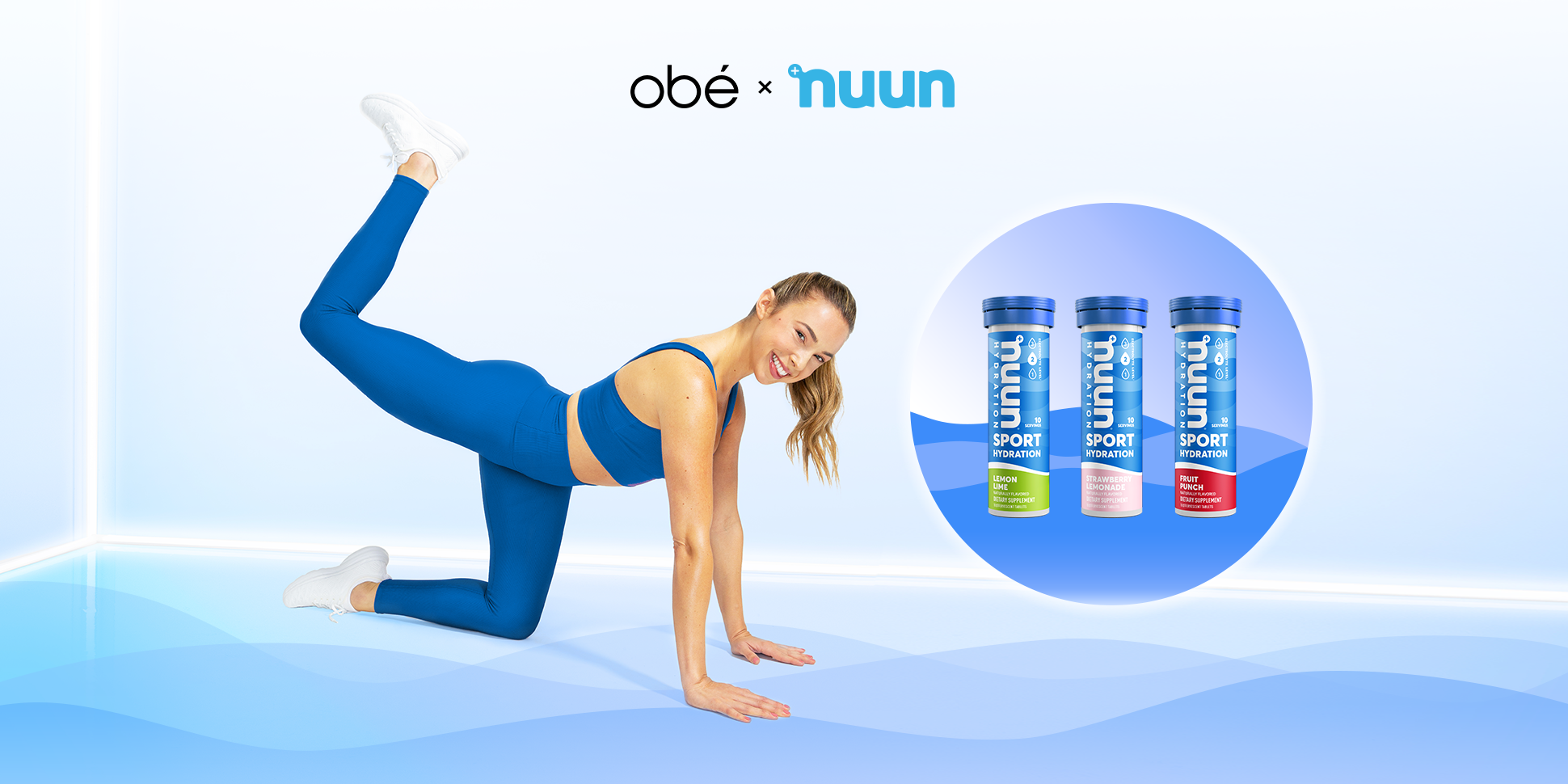
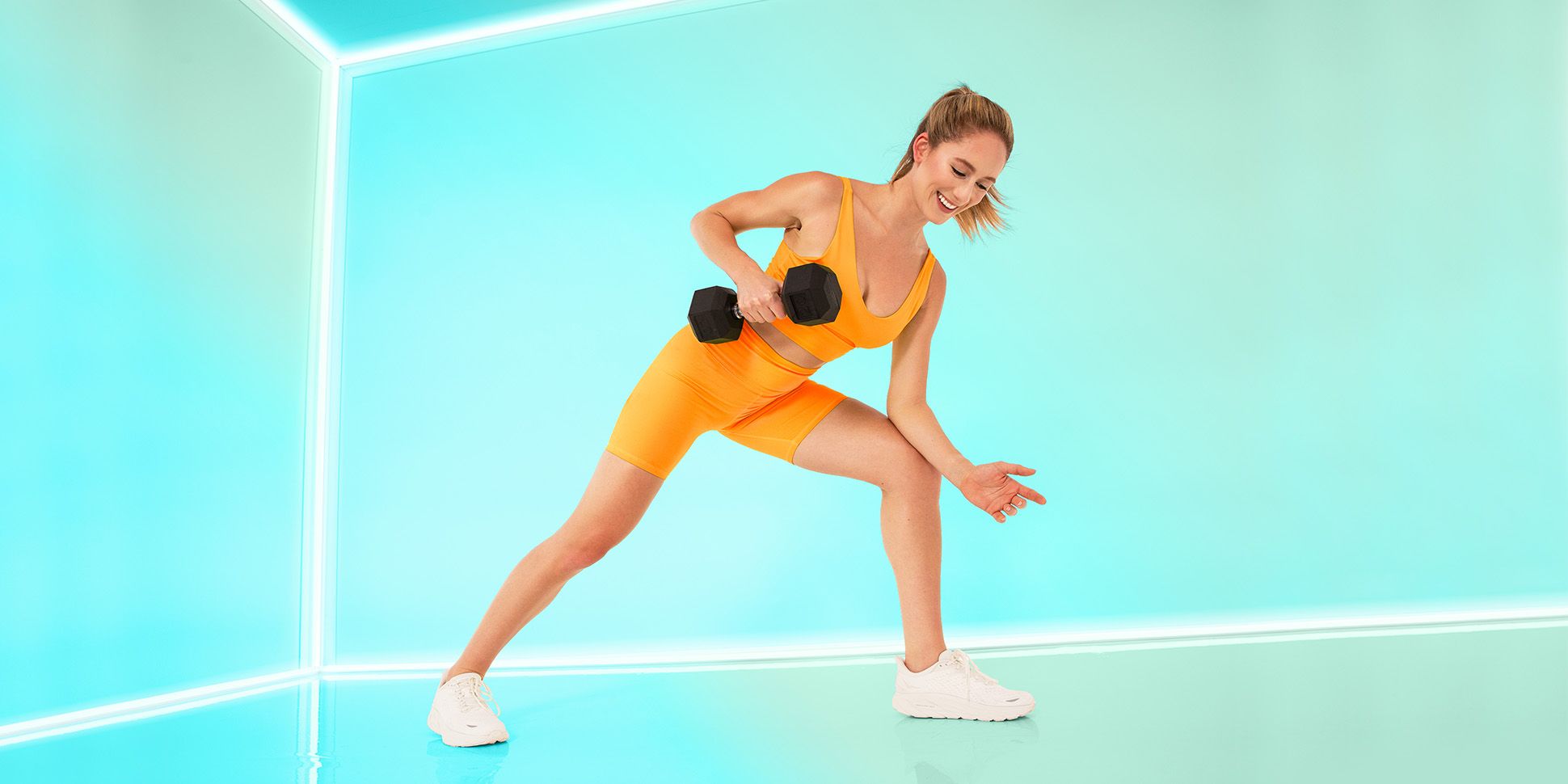
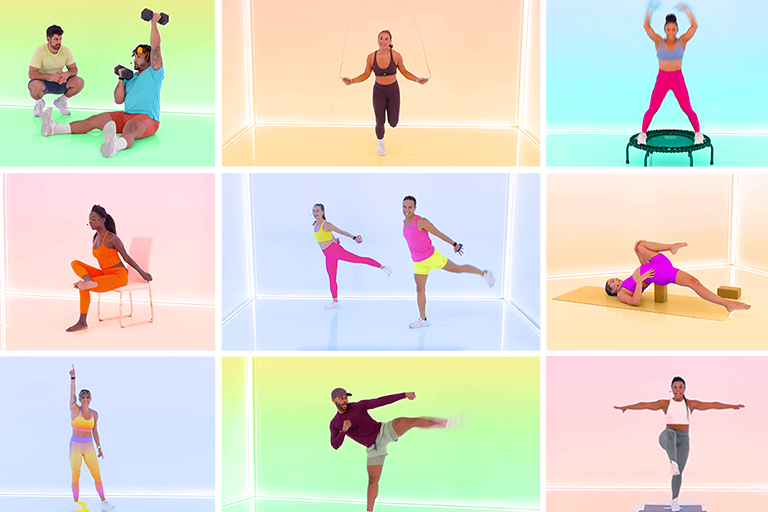


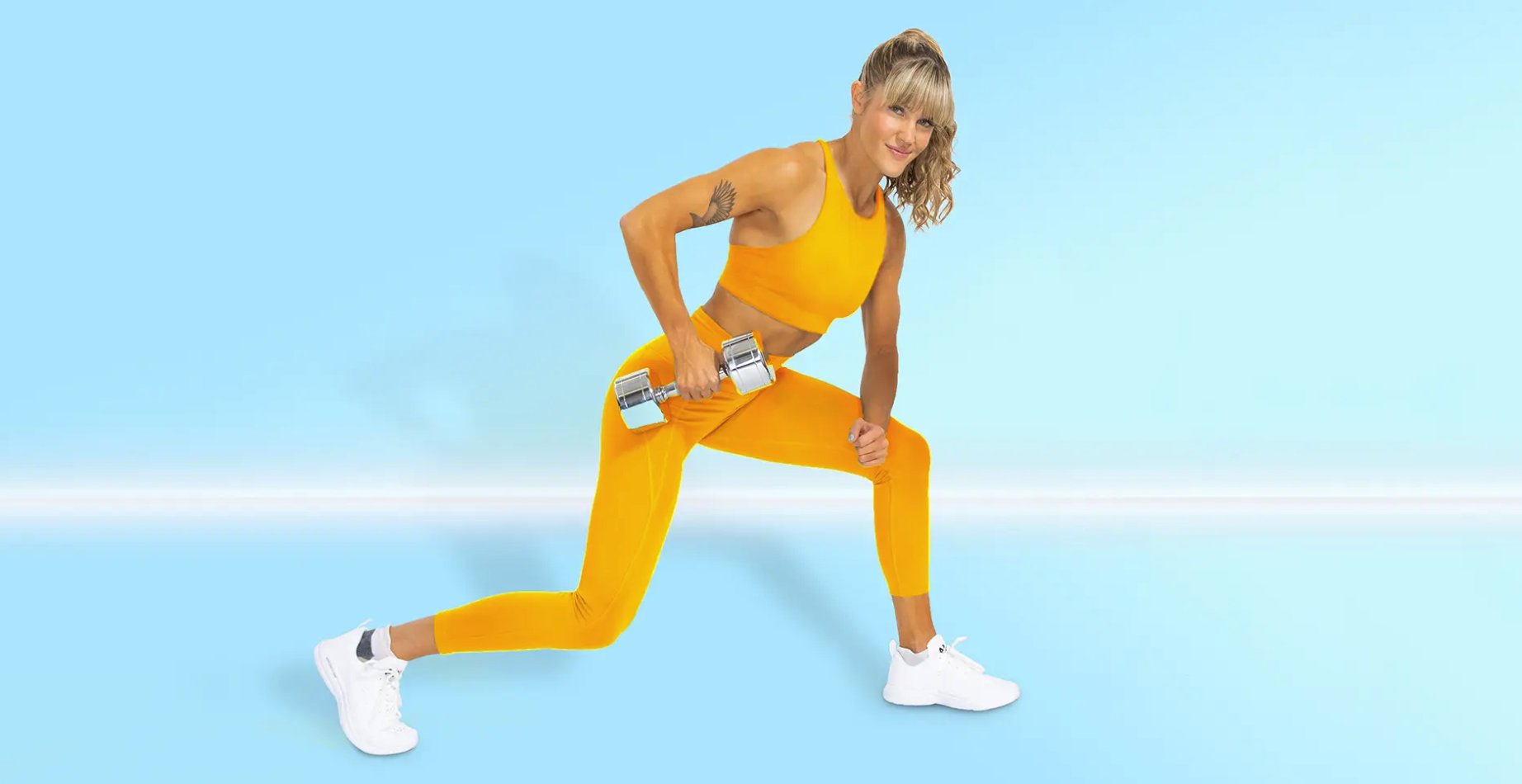
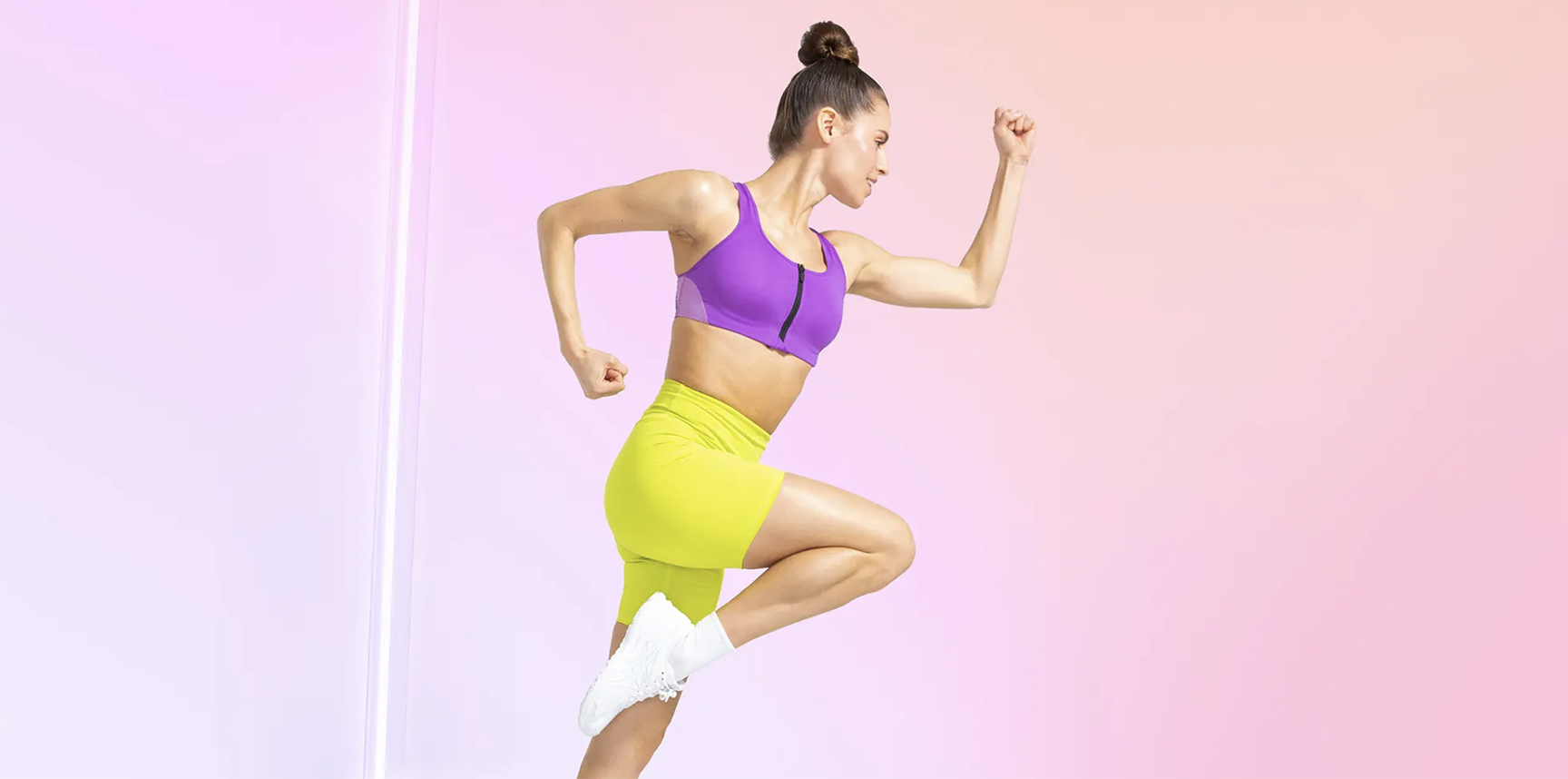
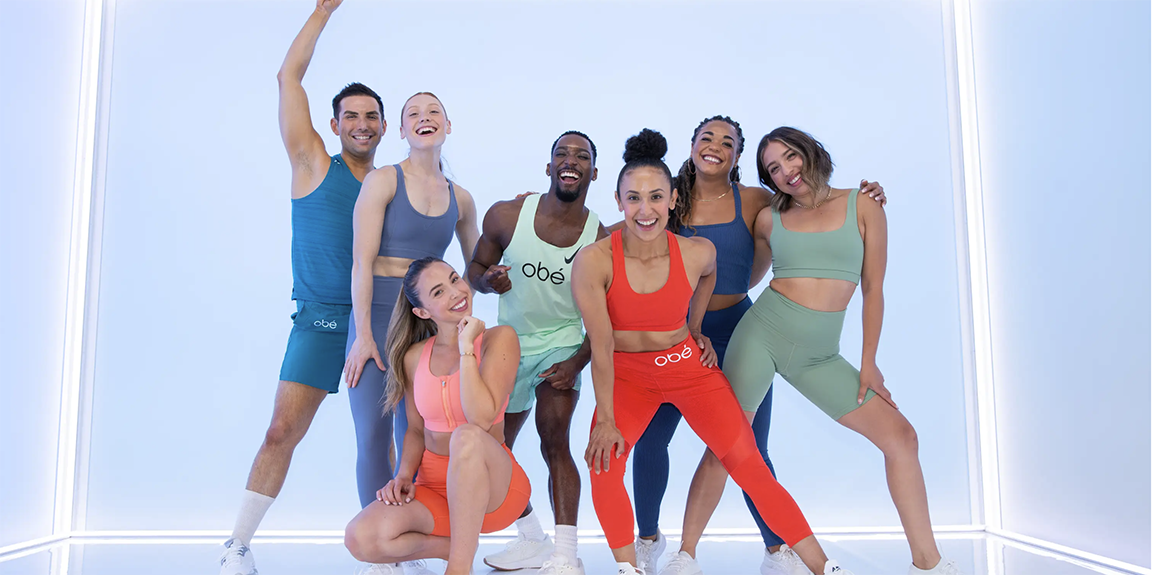
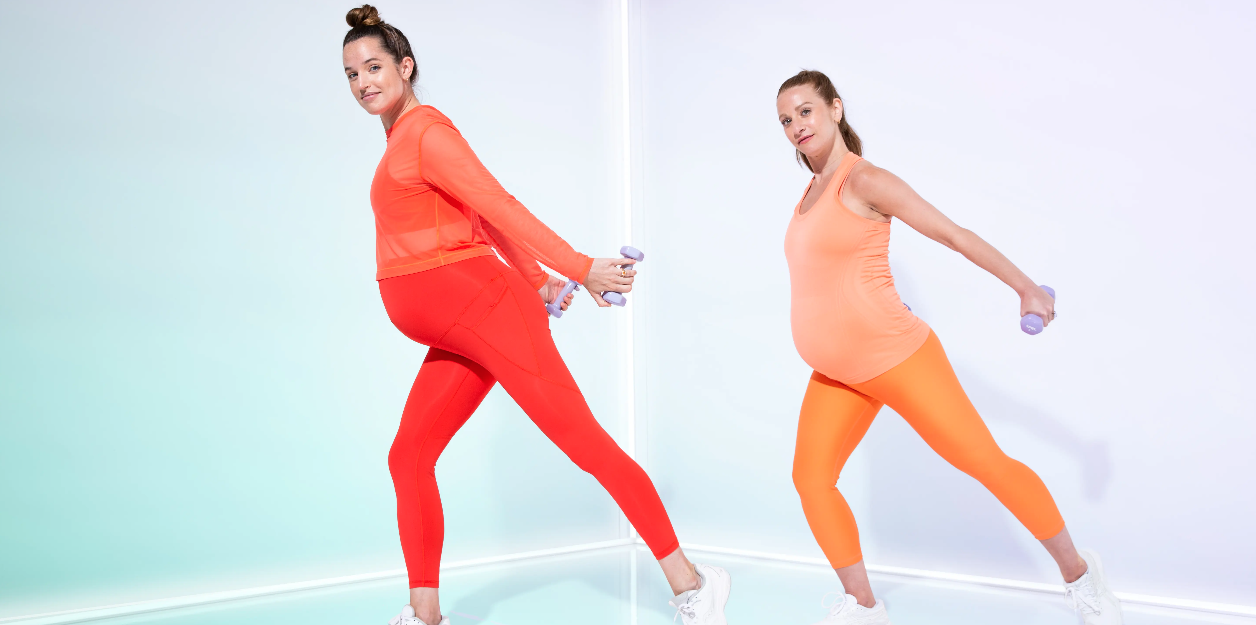

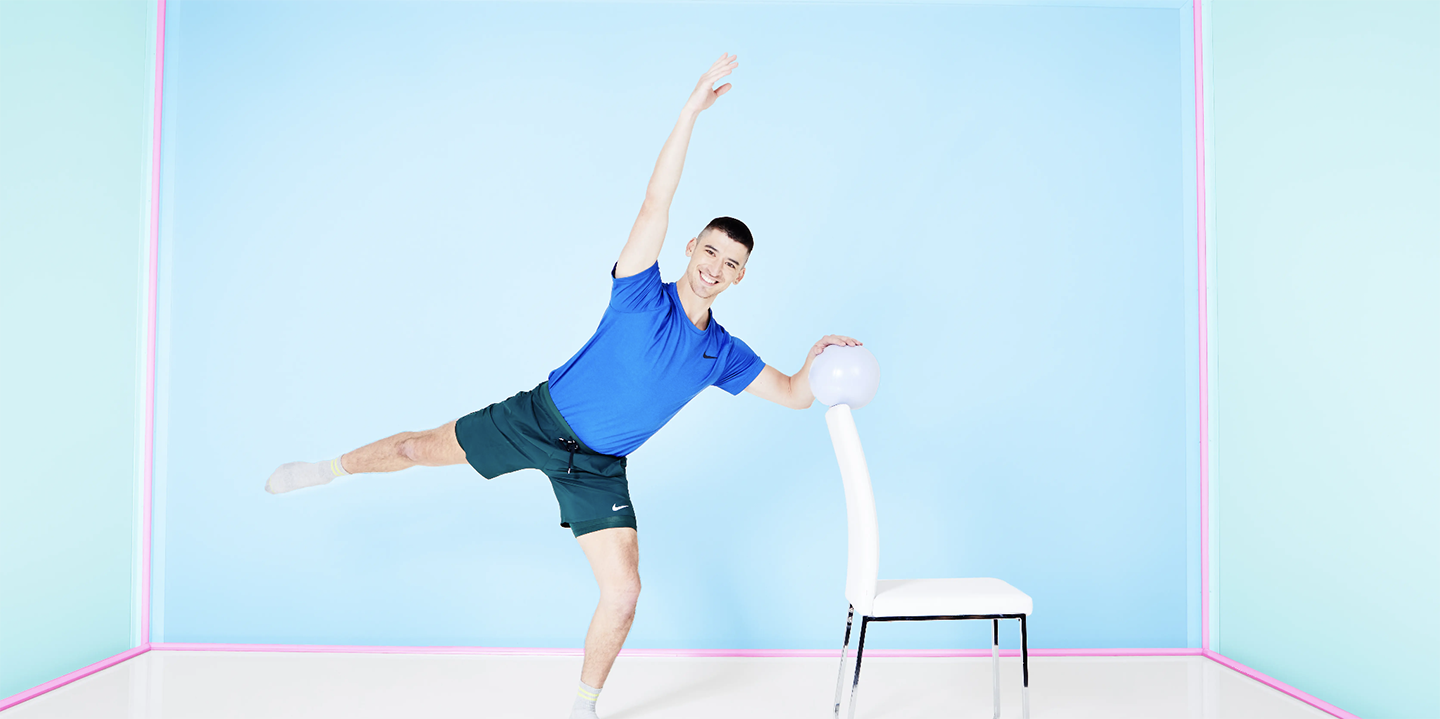
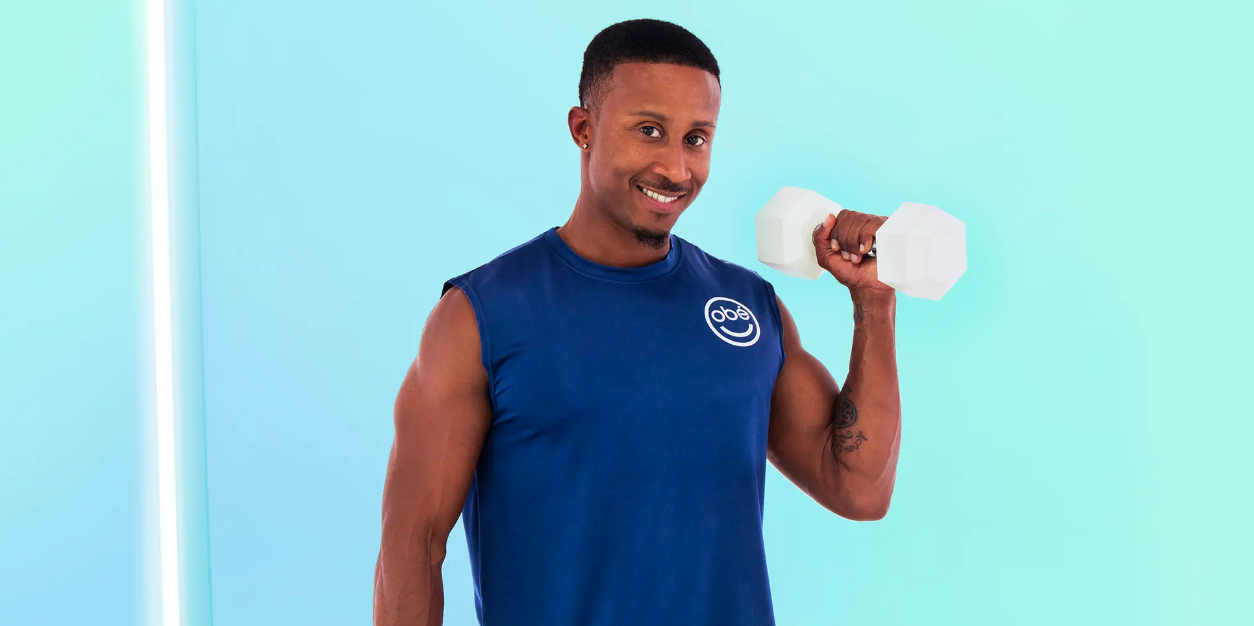
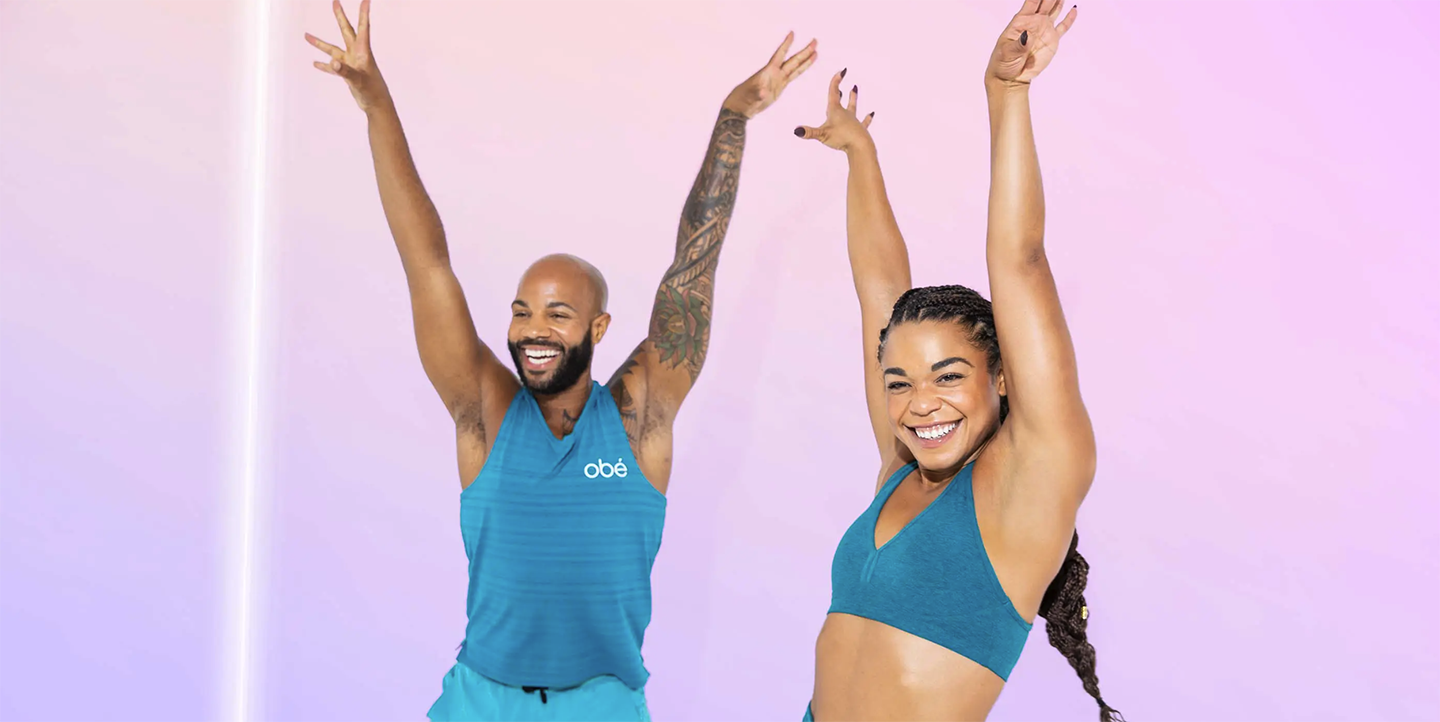



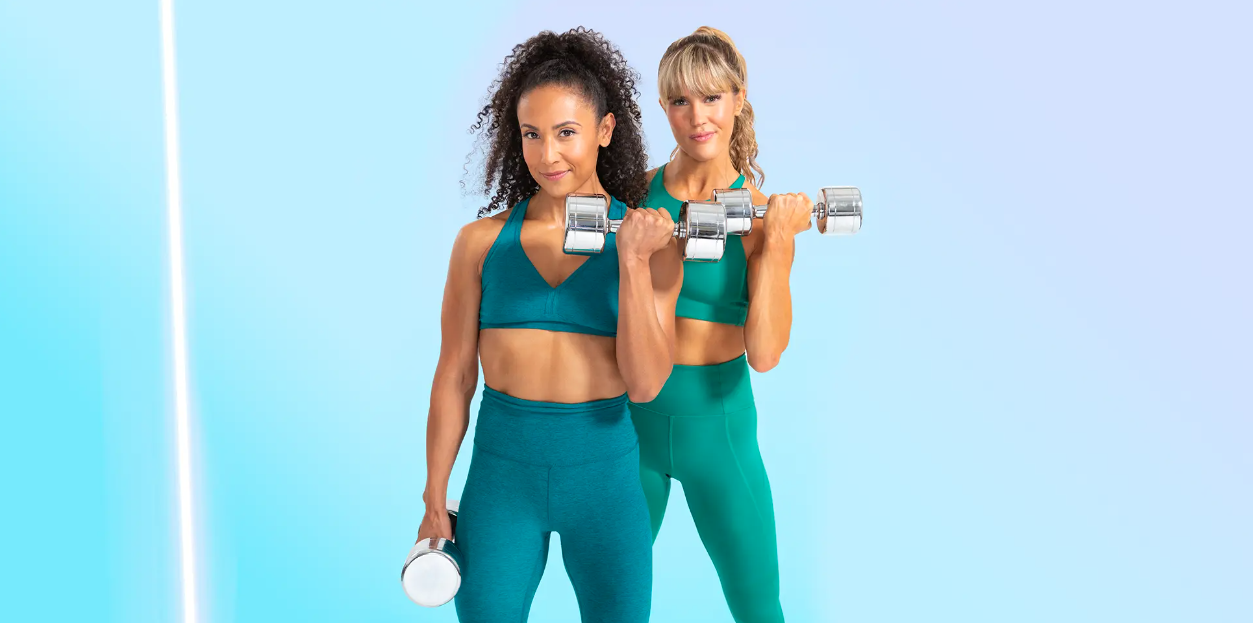


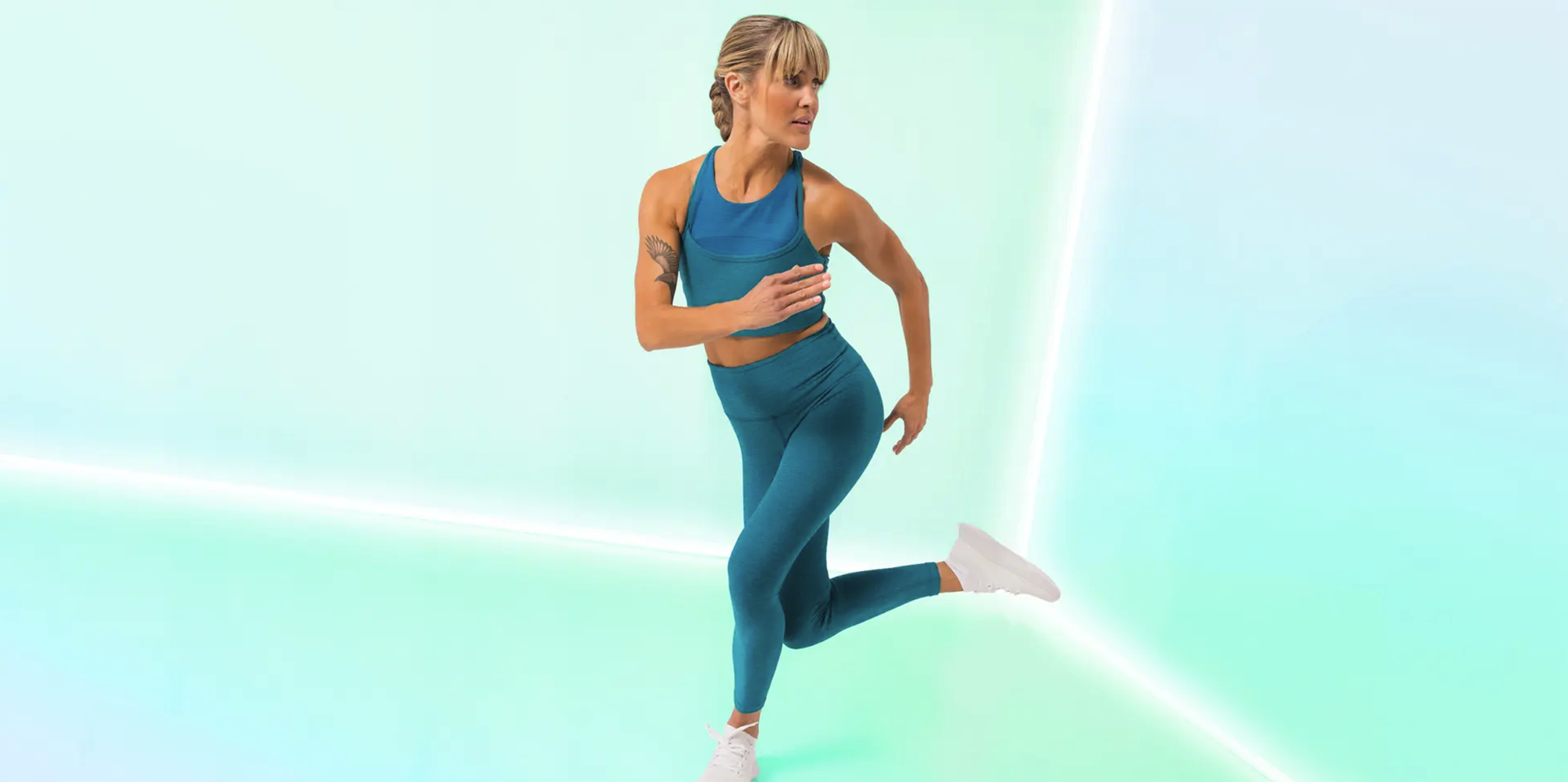
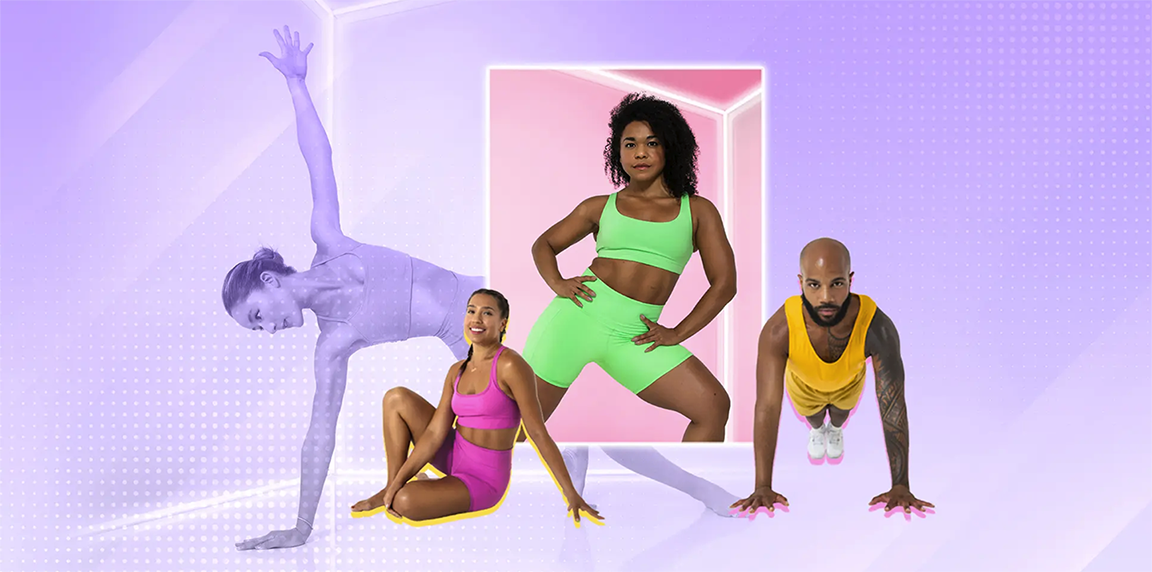


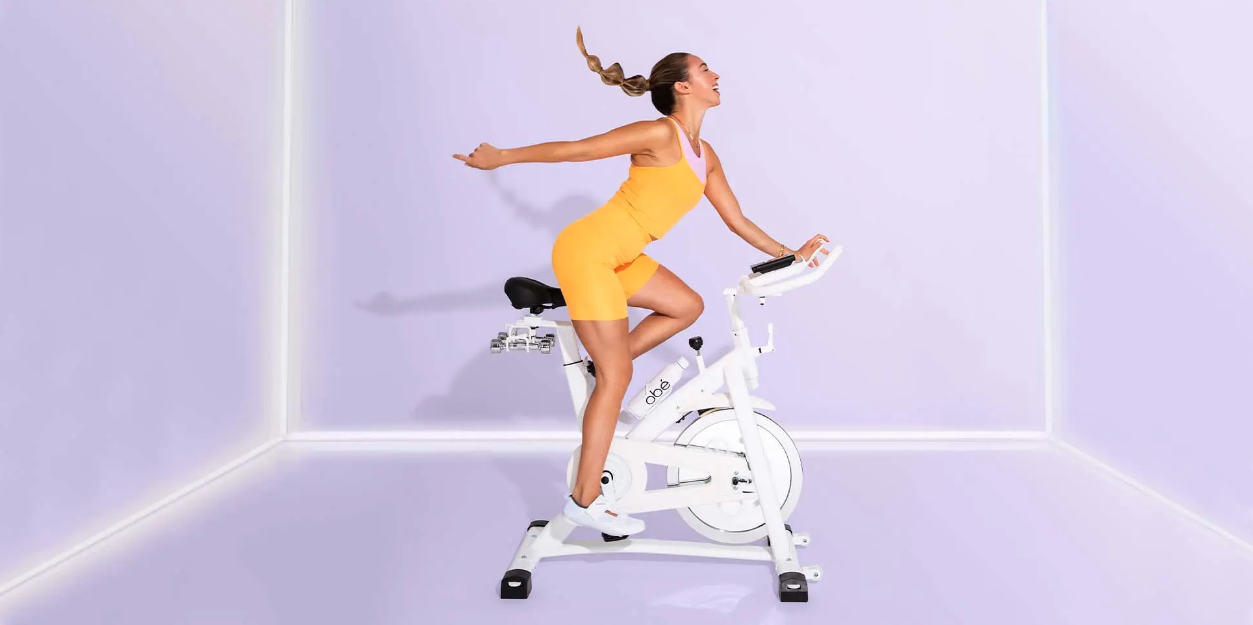
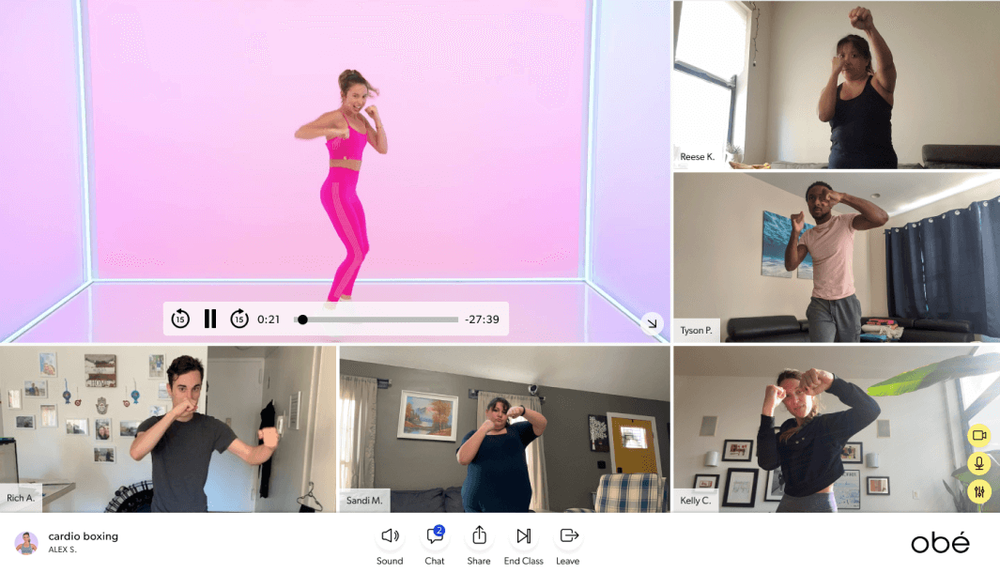


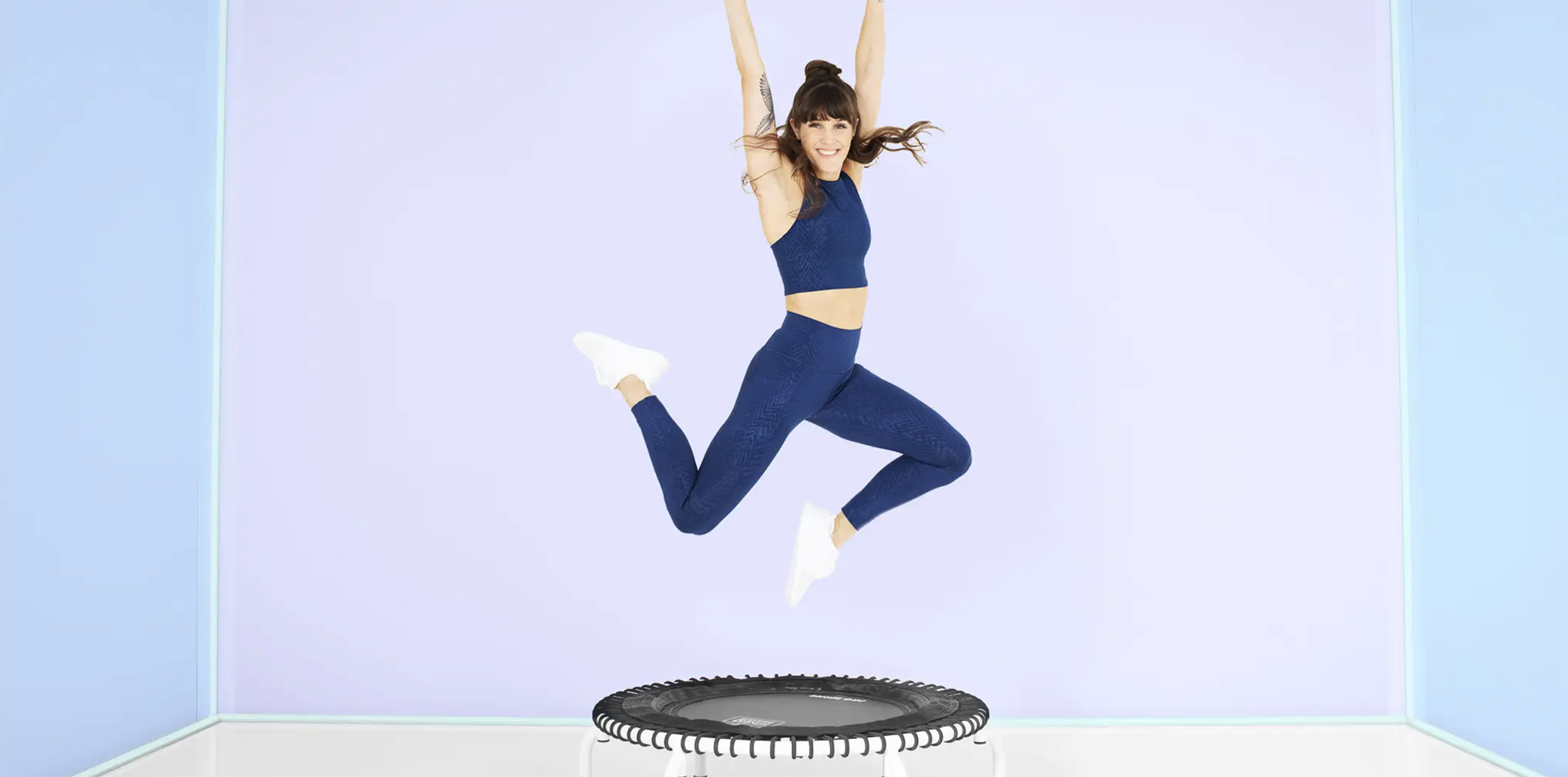





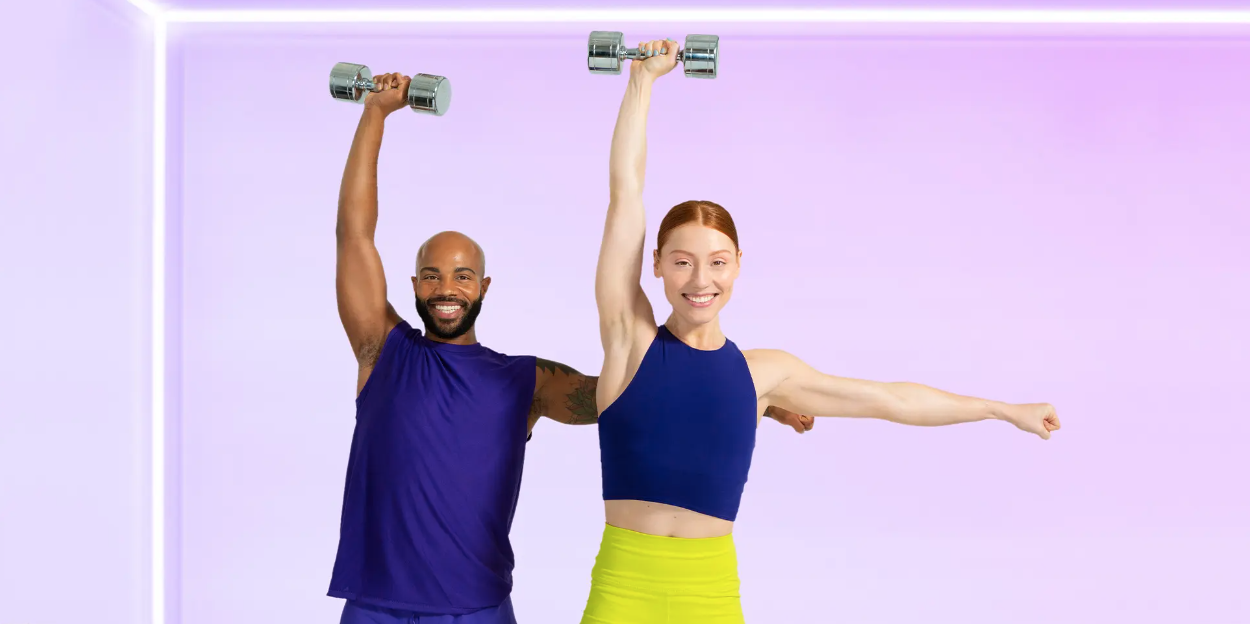
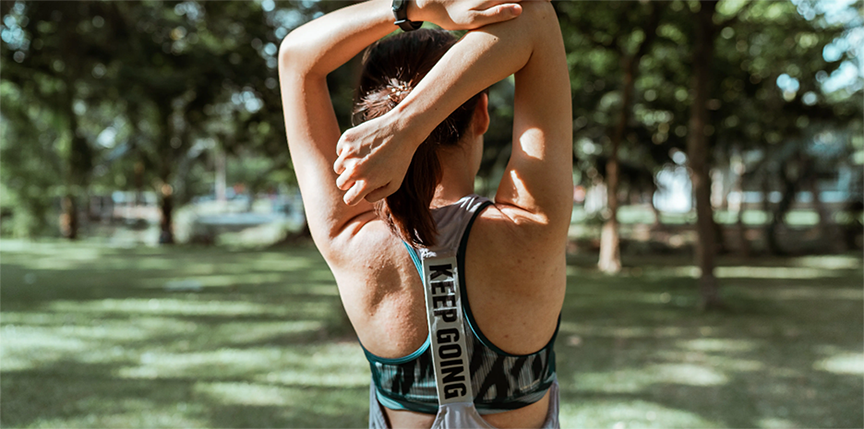

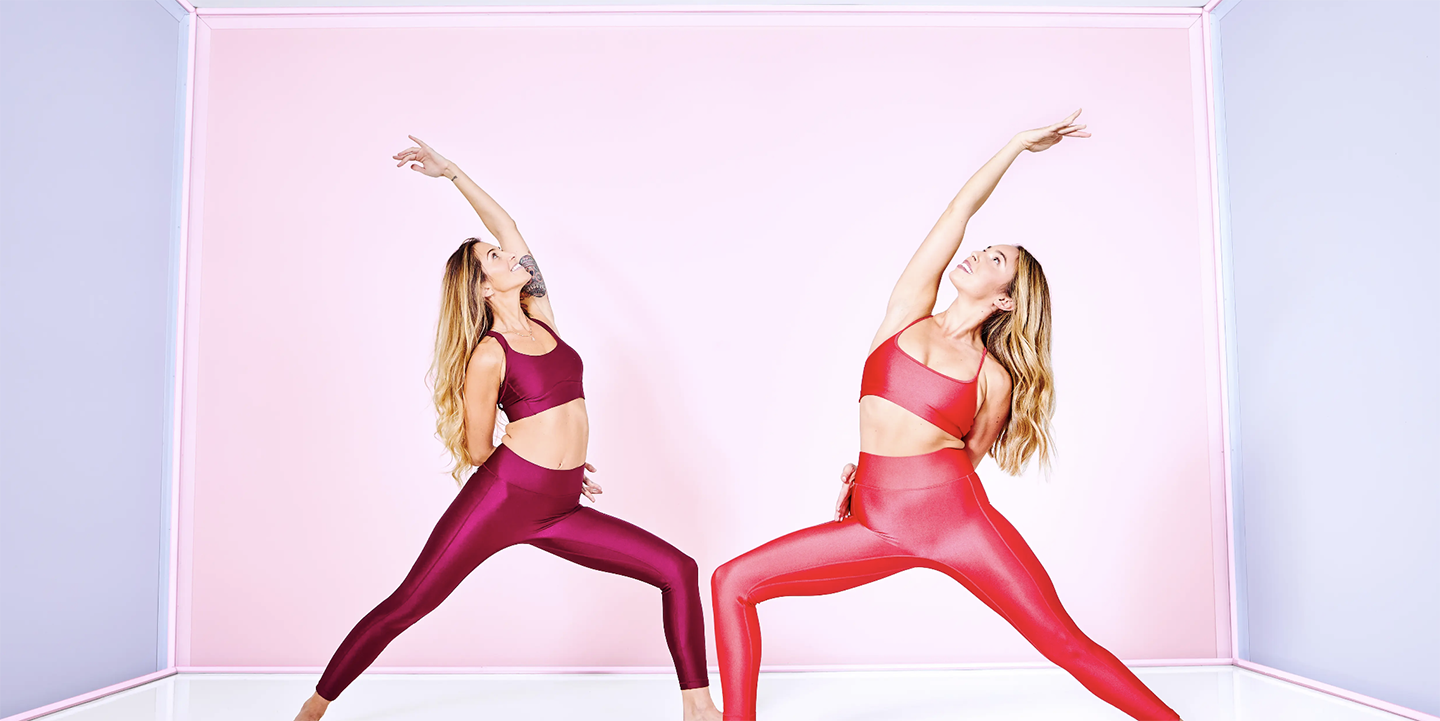
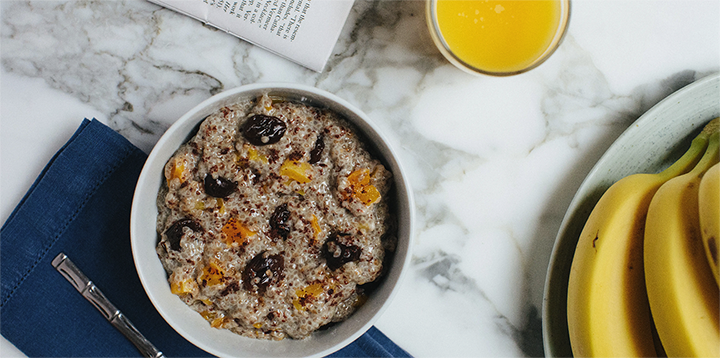
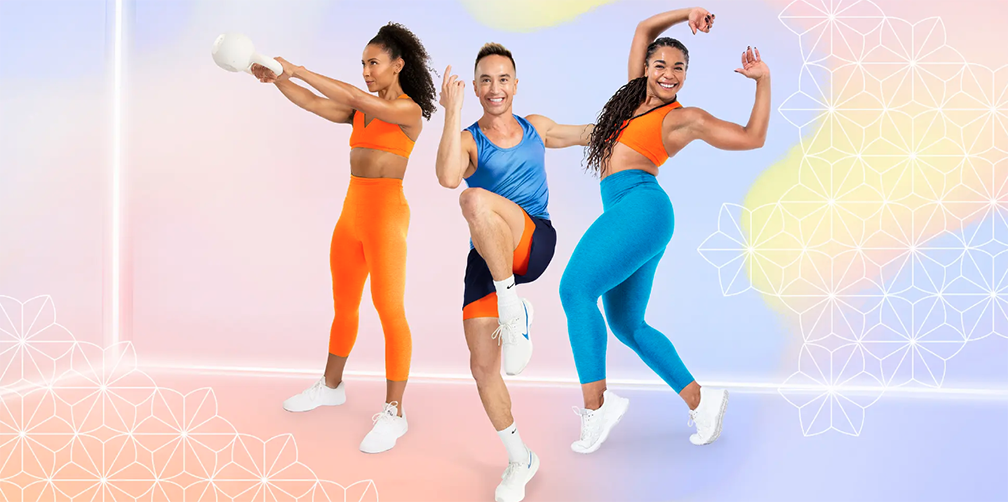


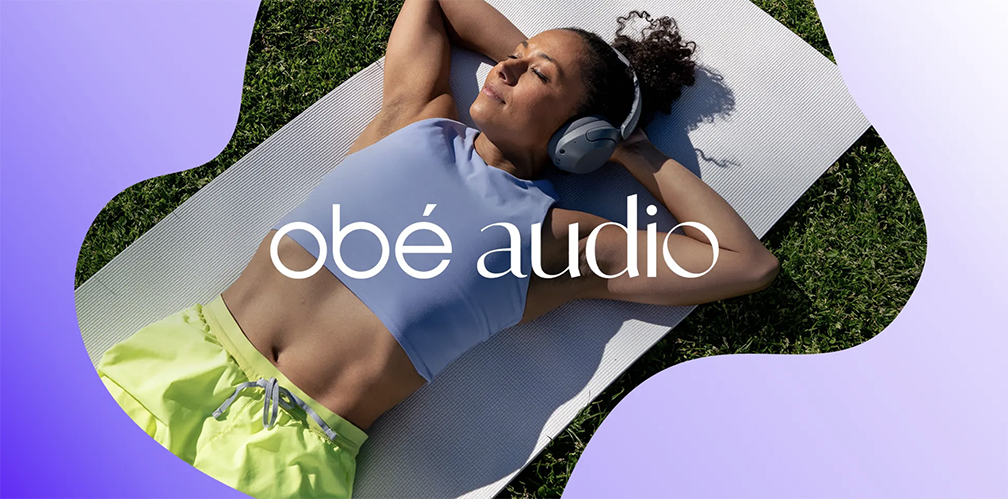
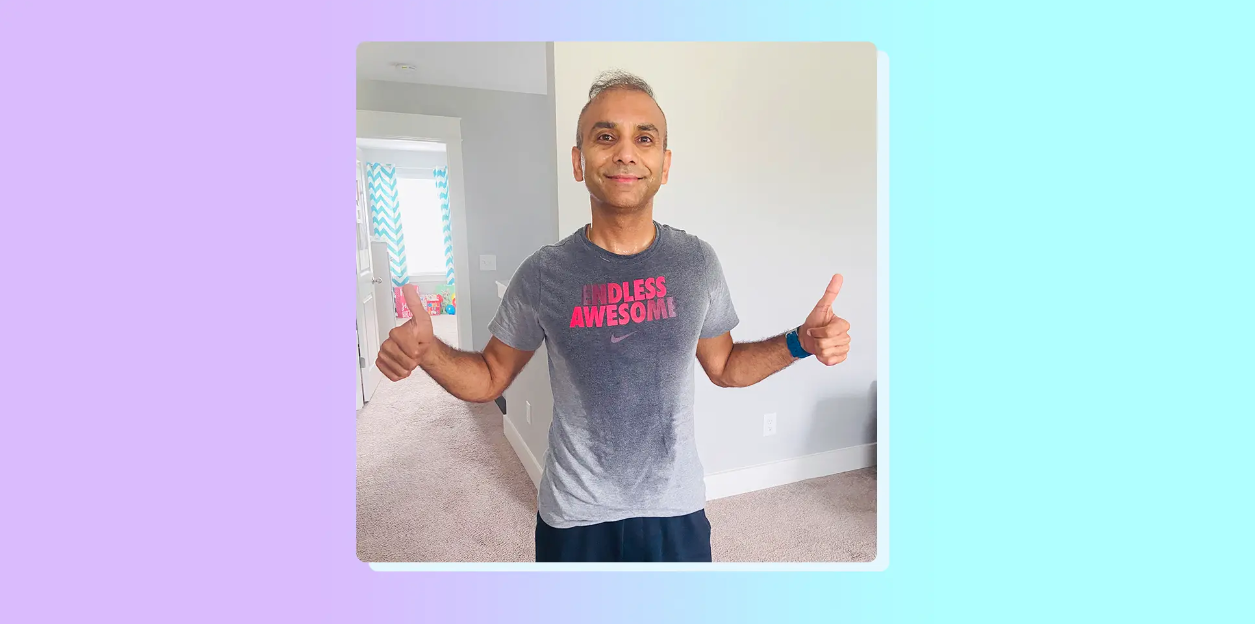
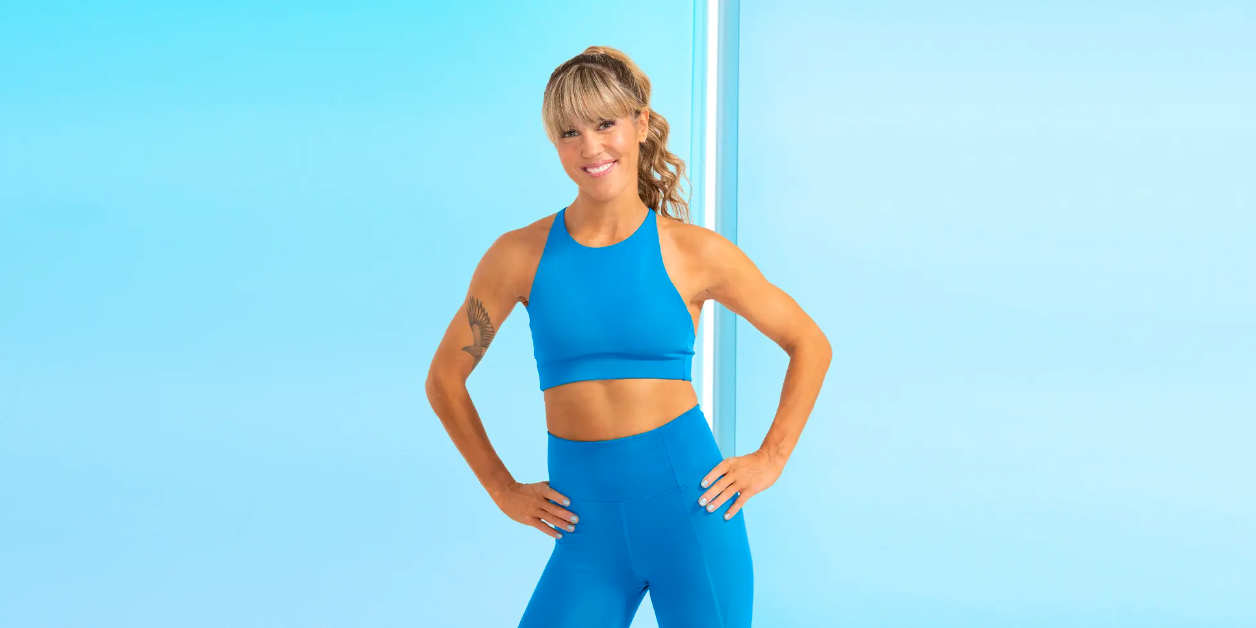
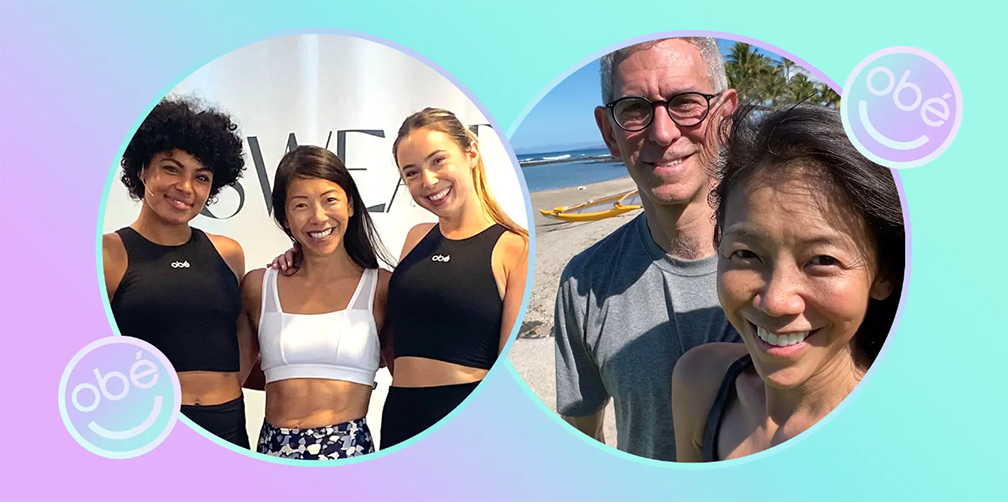



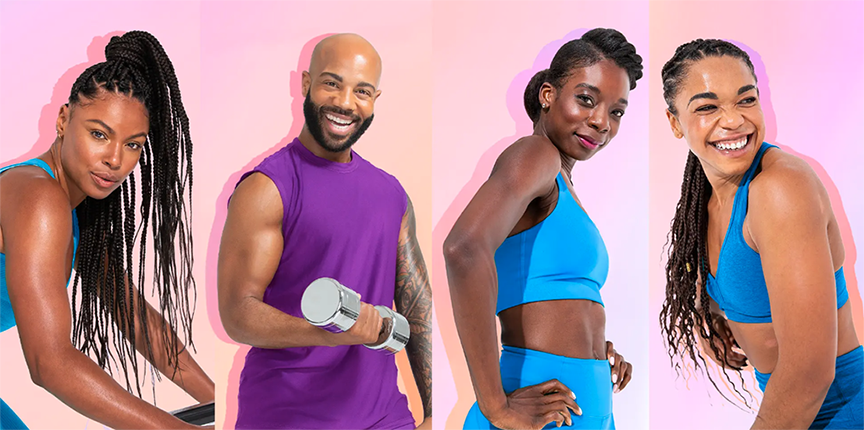
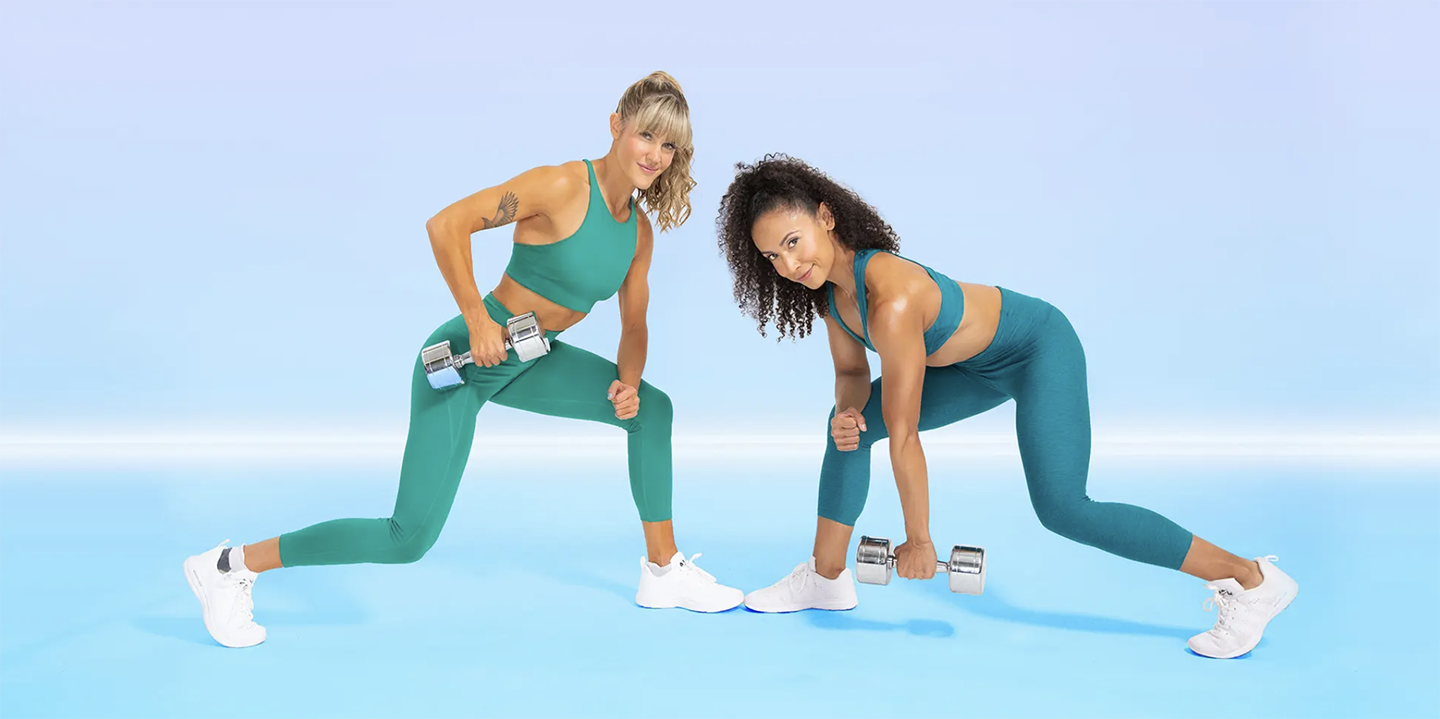
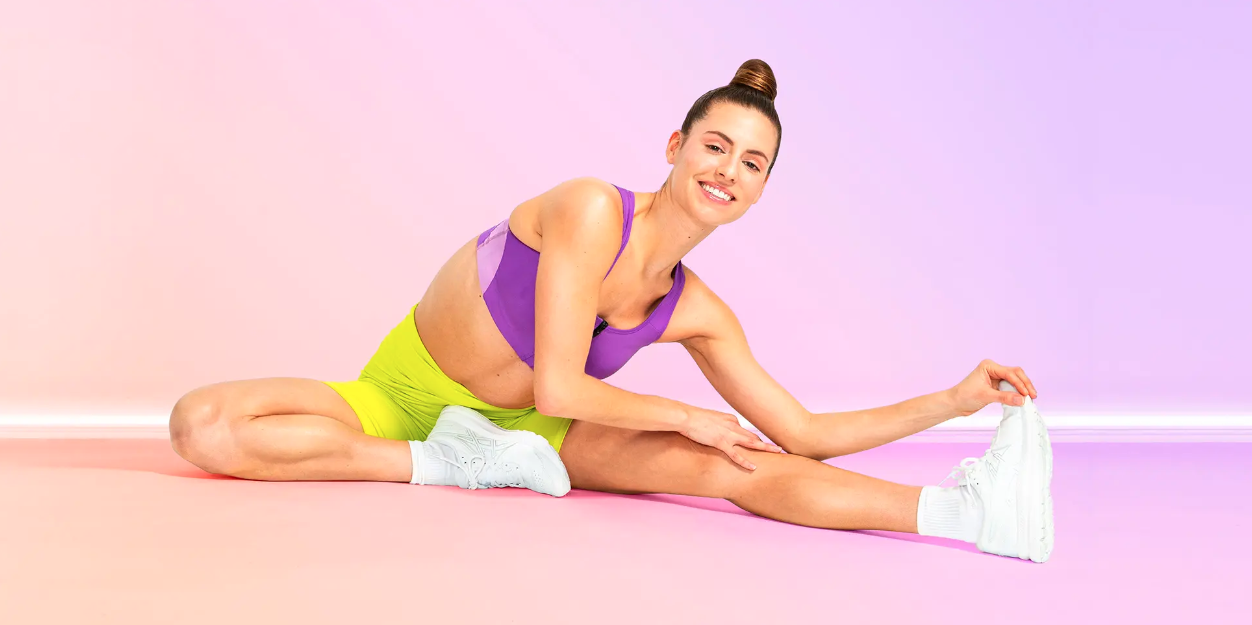


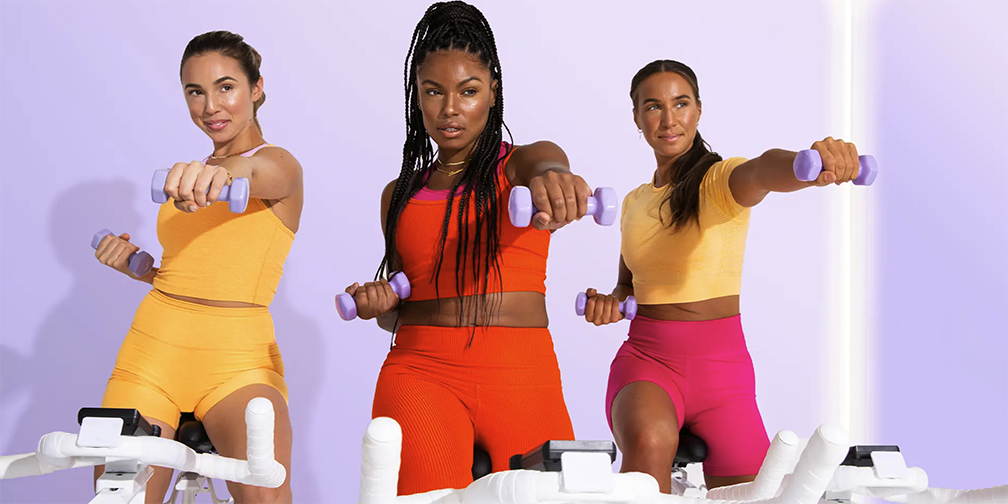
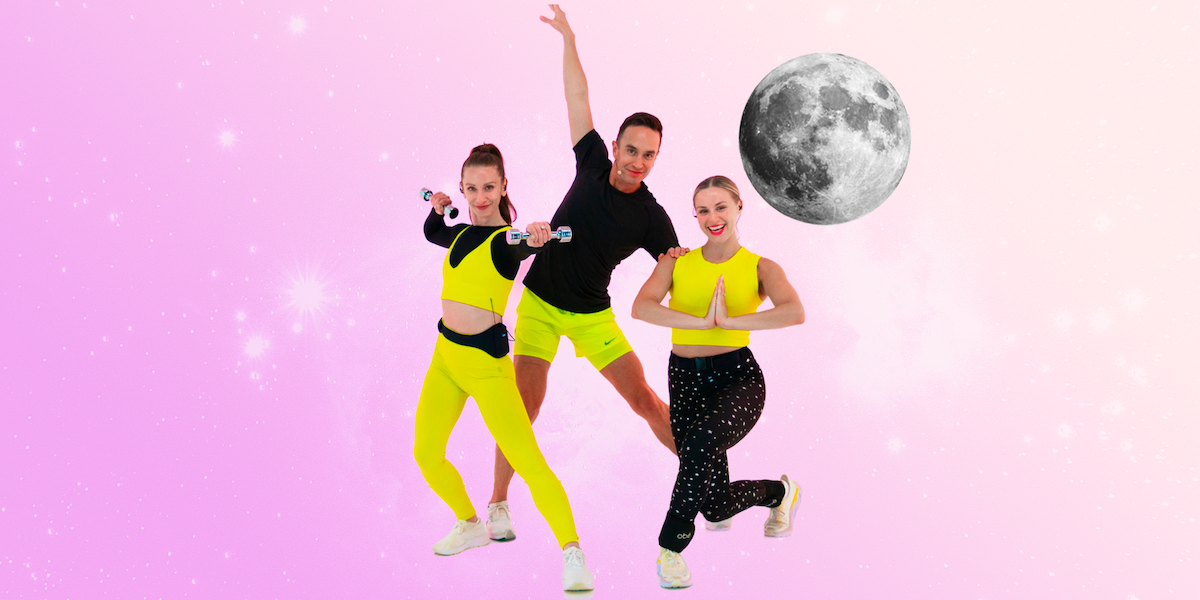
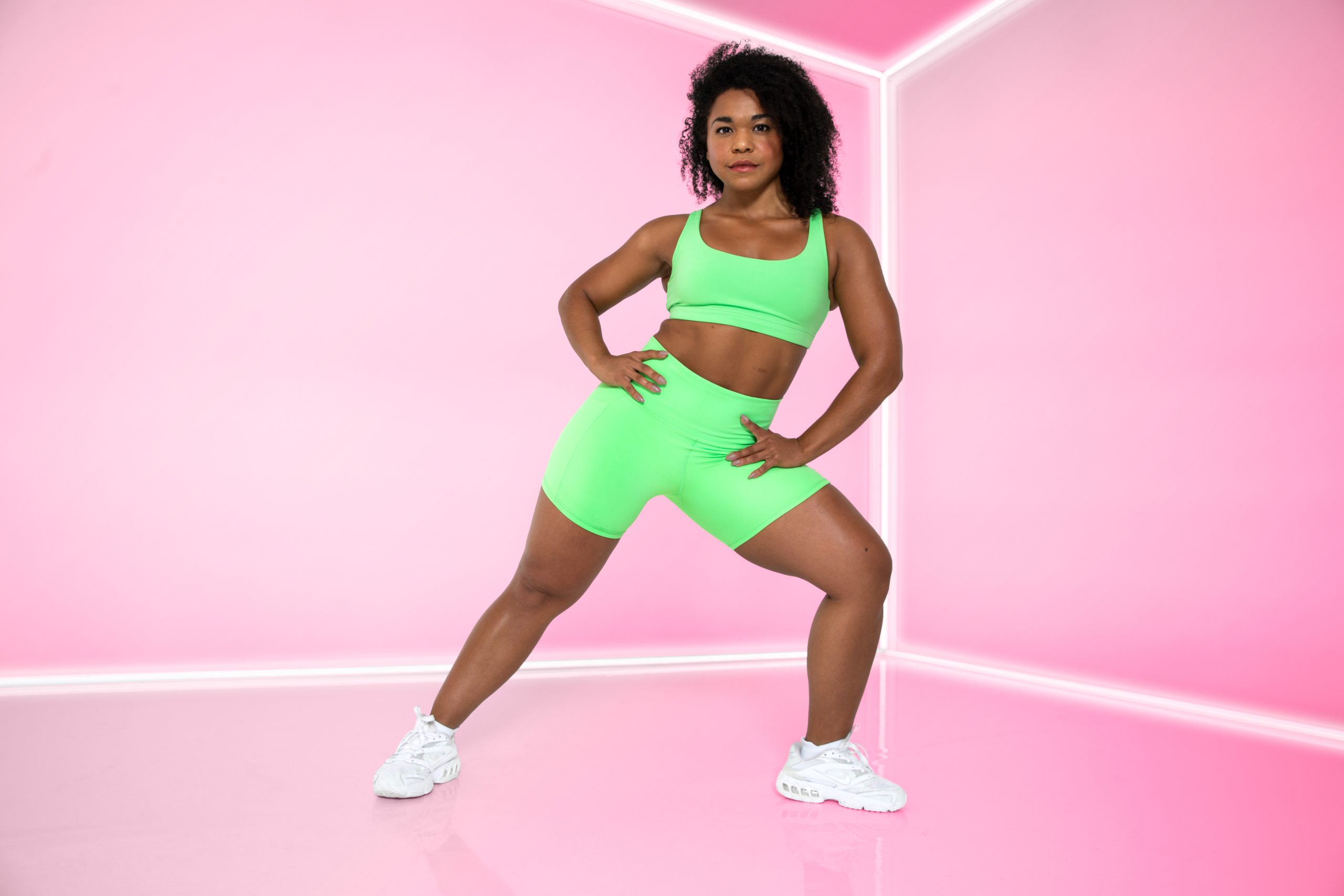

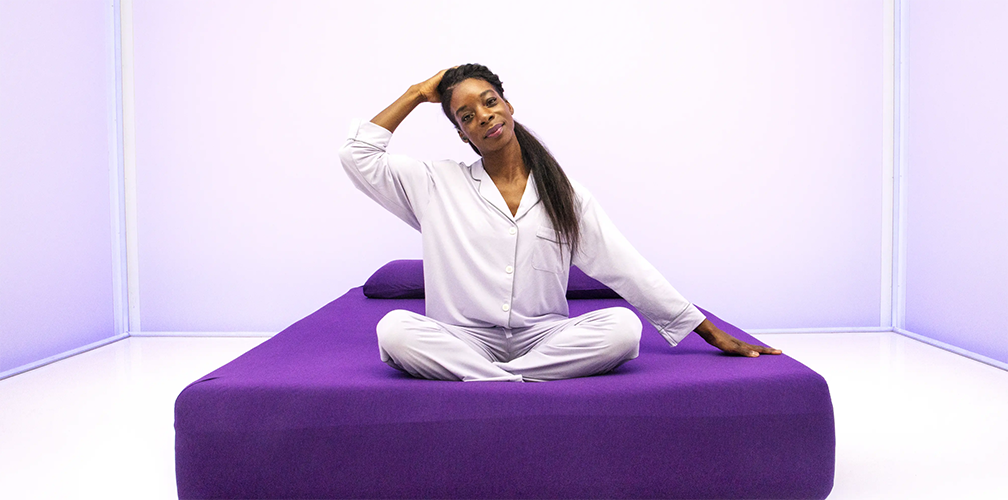

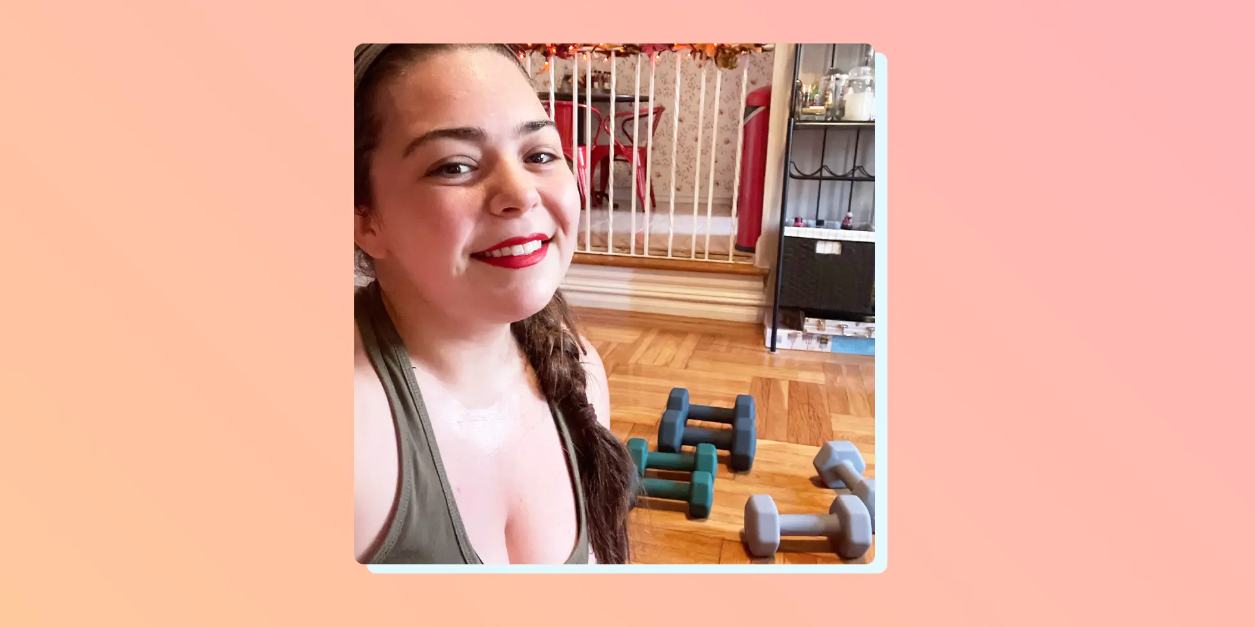
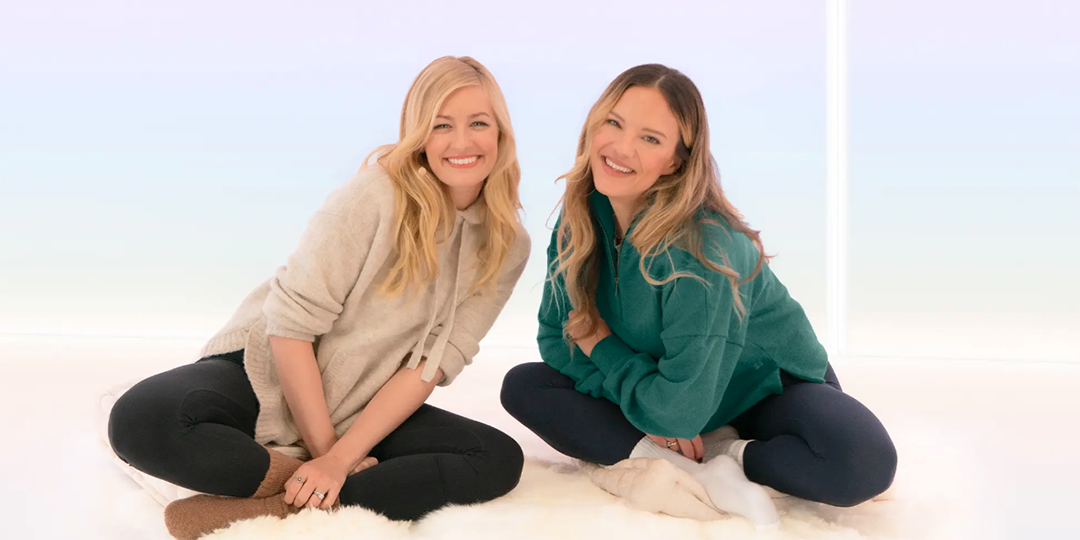



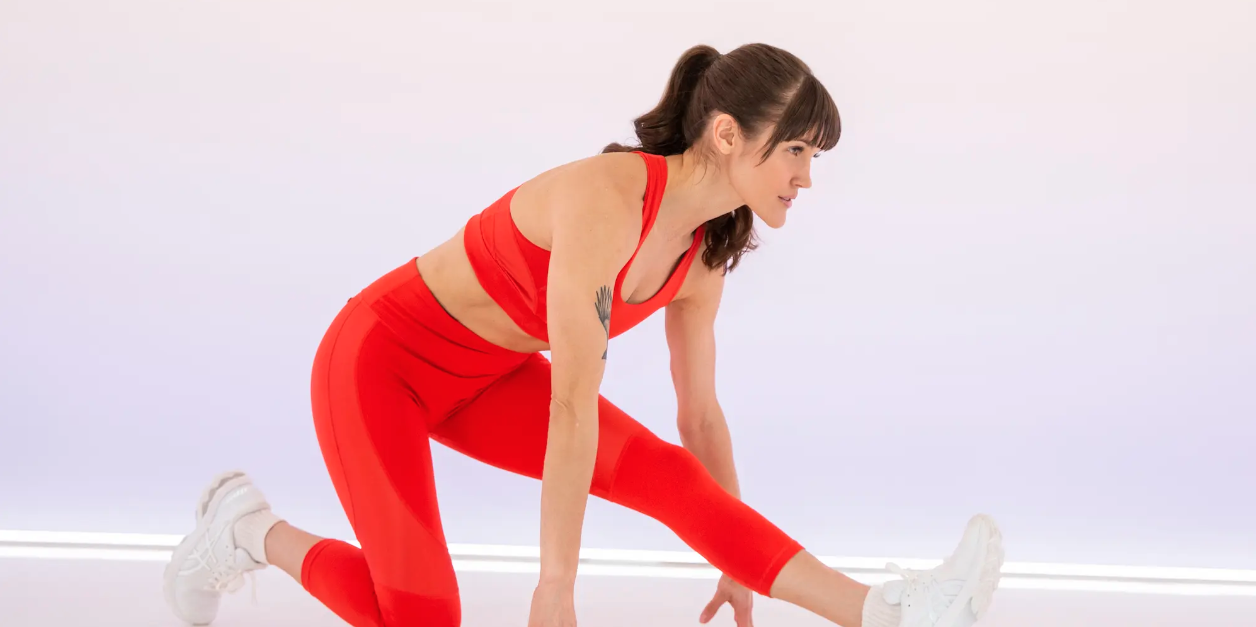
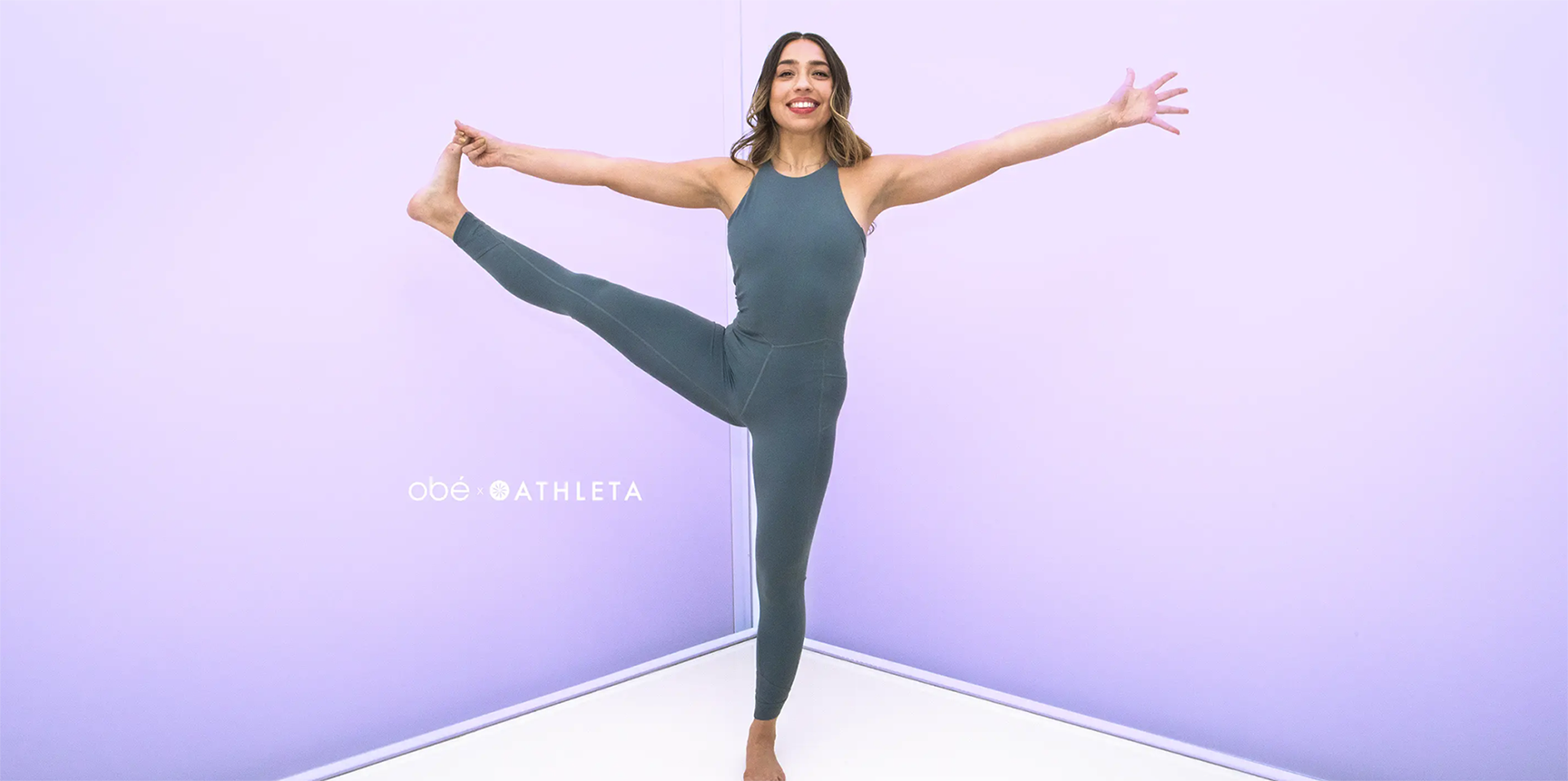
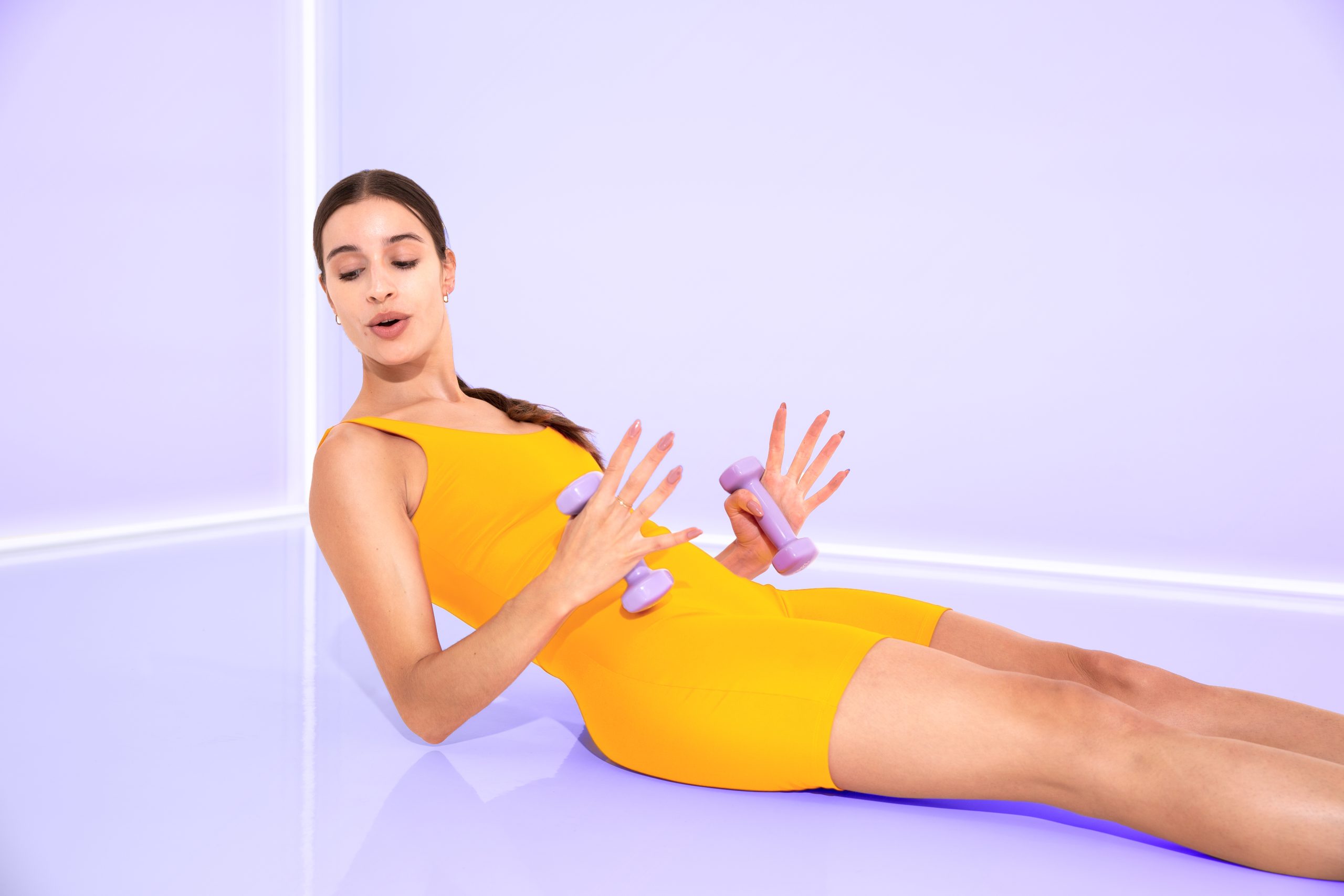
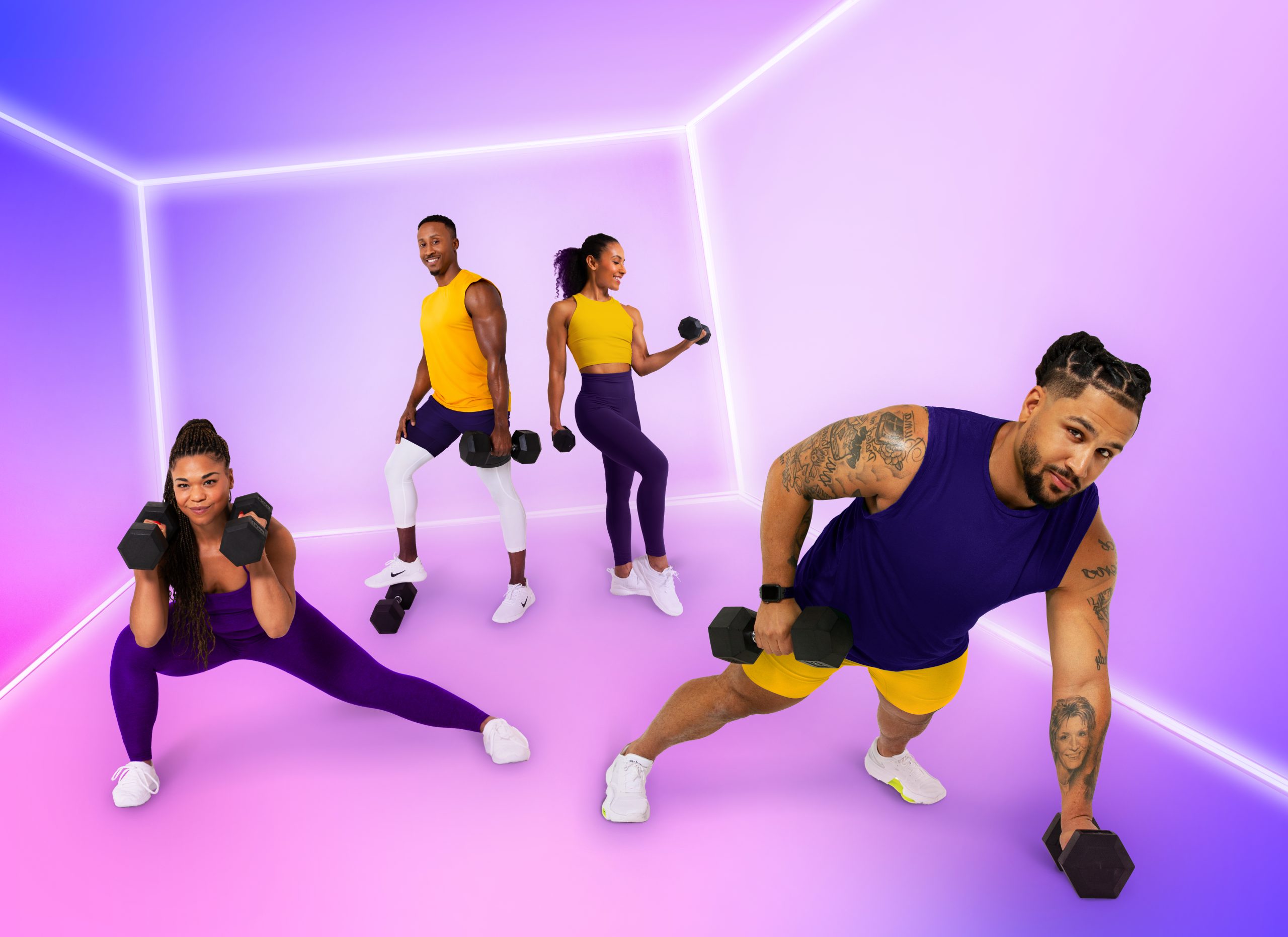
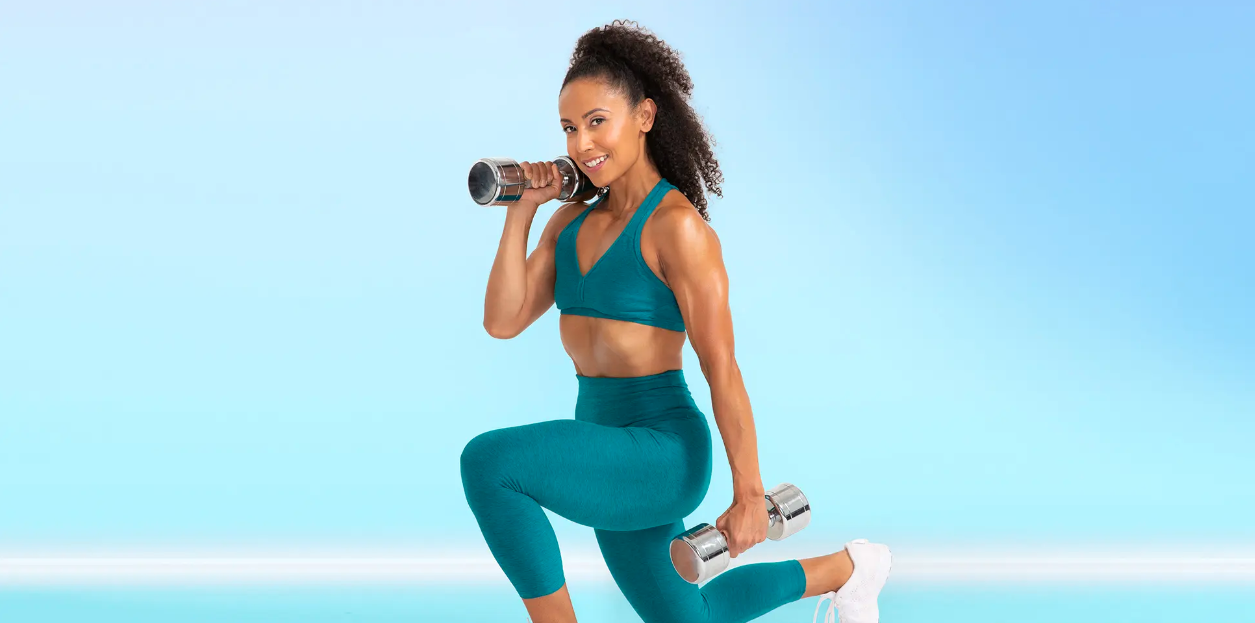
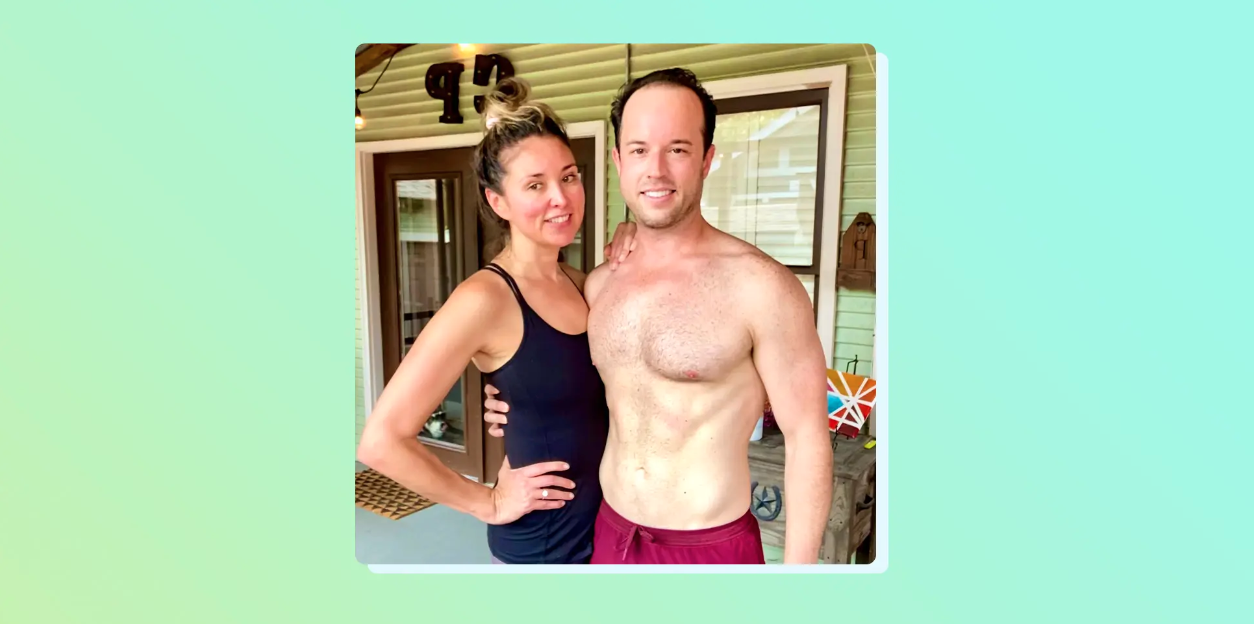
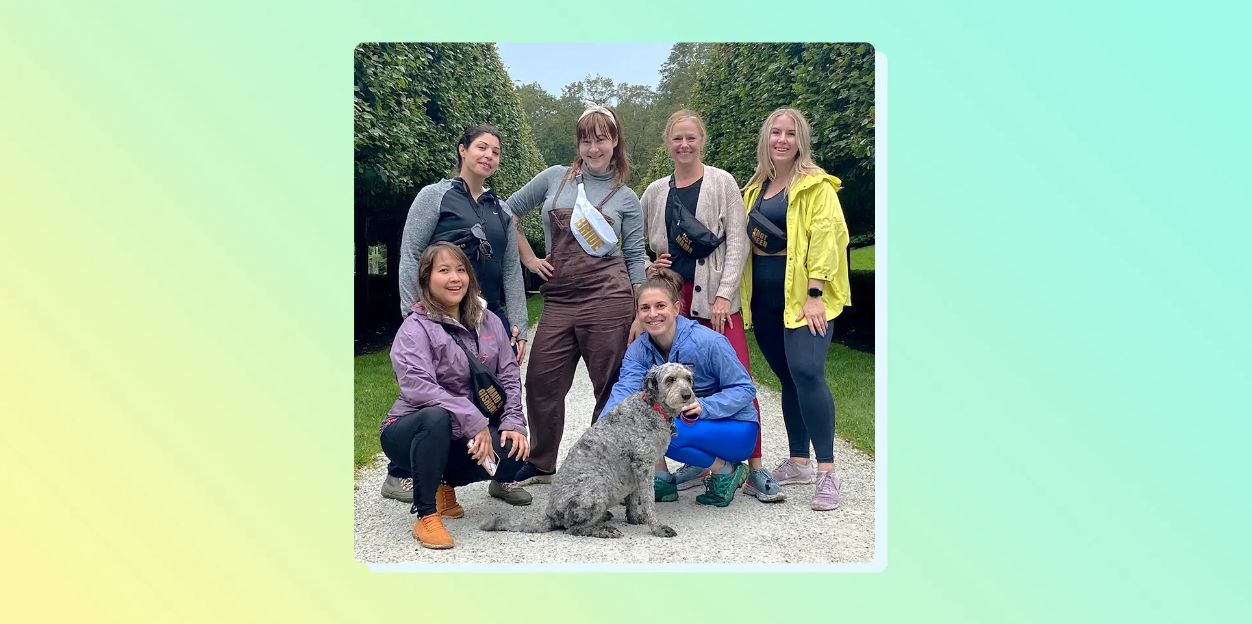
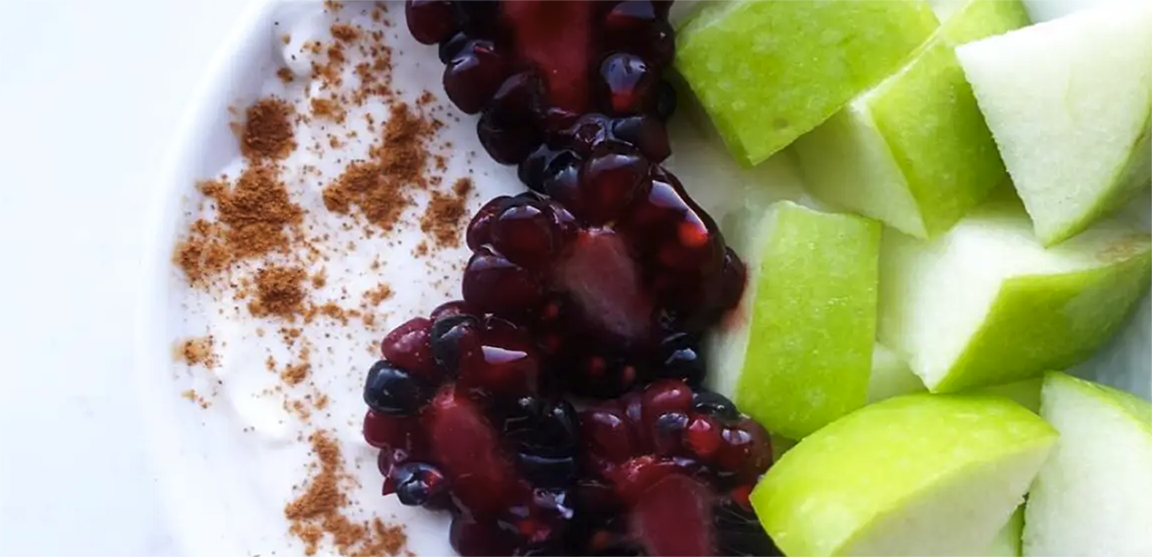

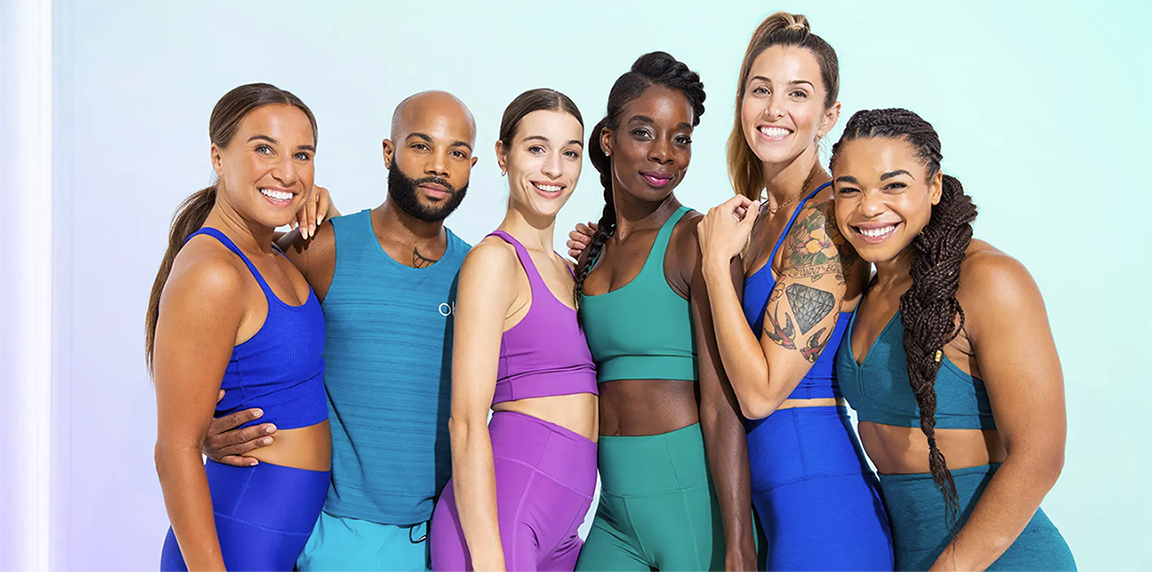
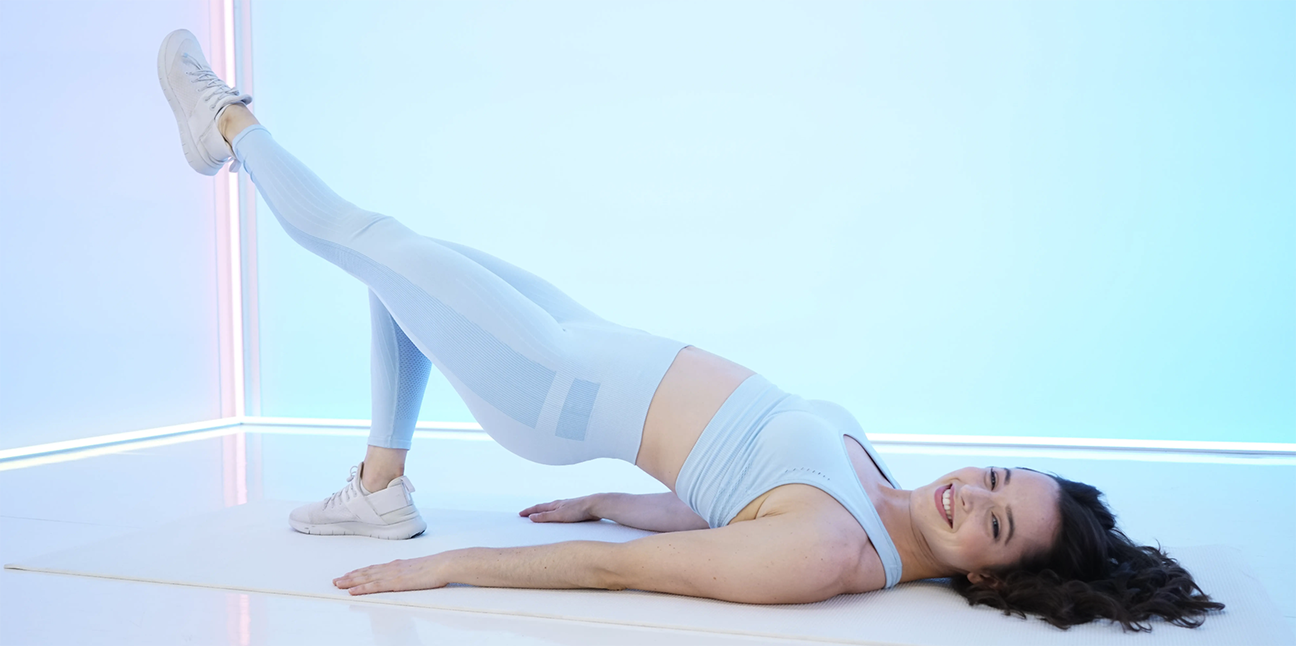


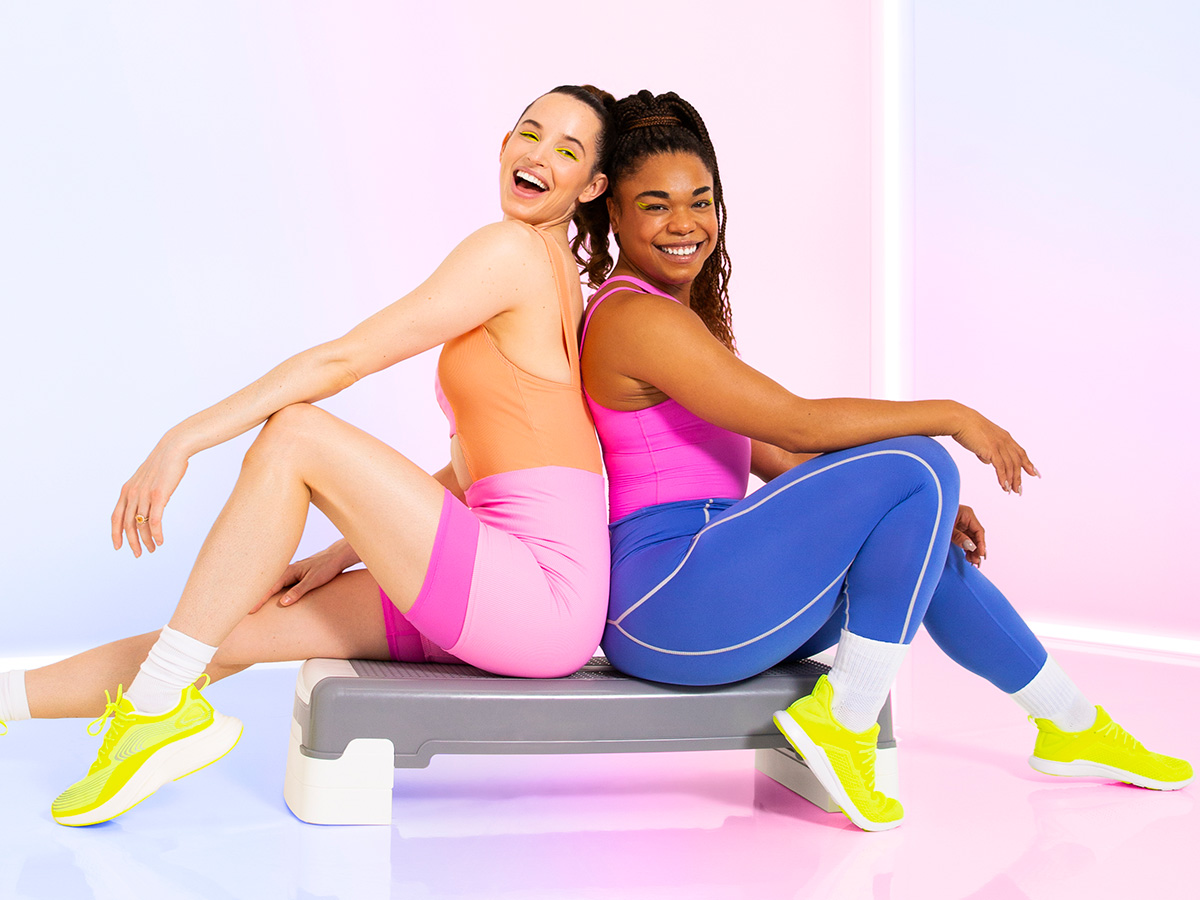
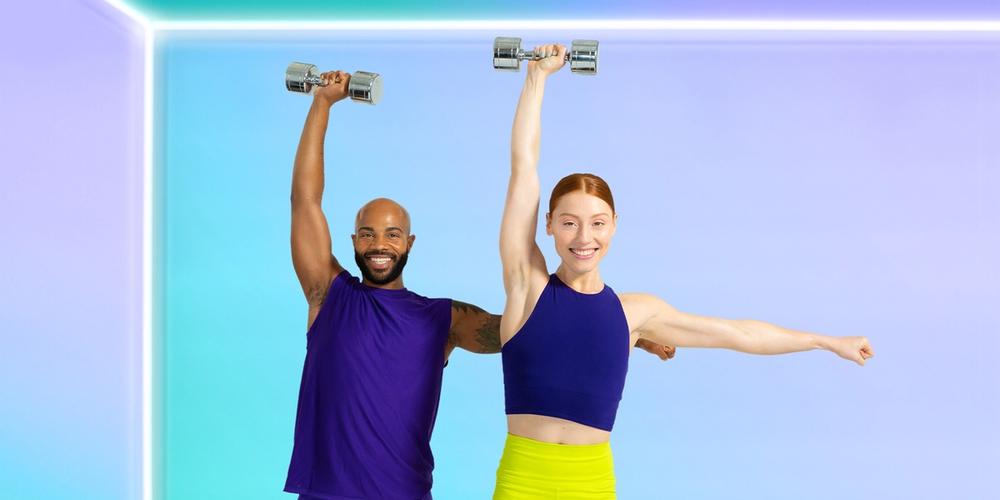

Leave a Reply